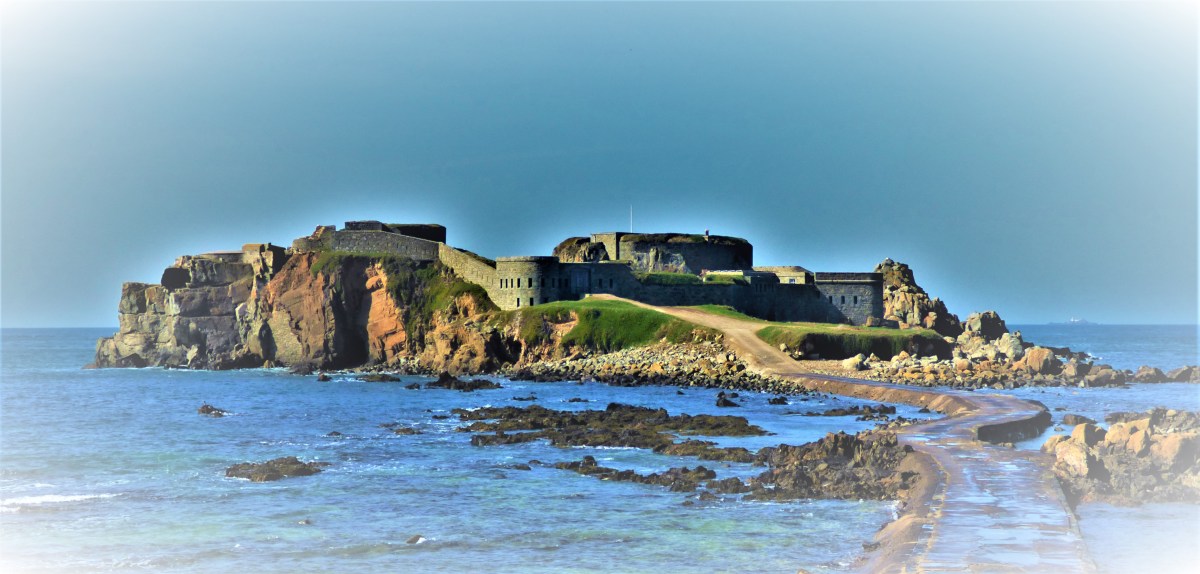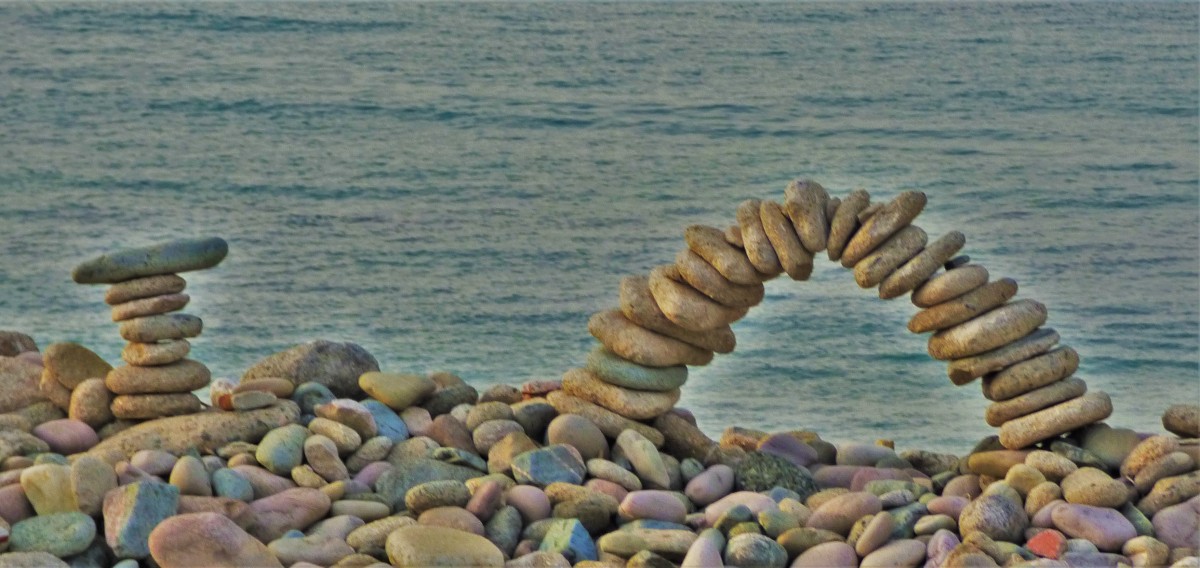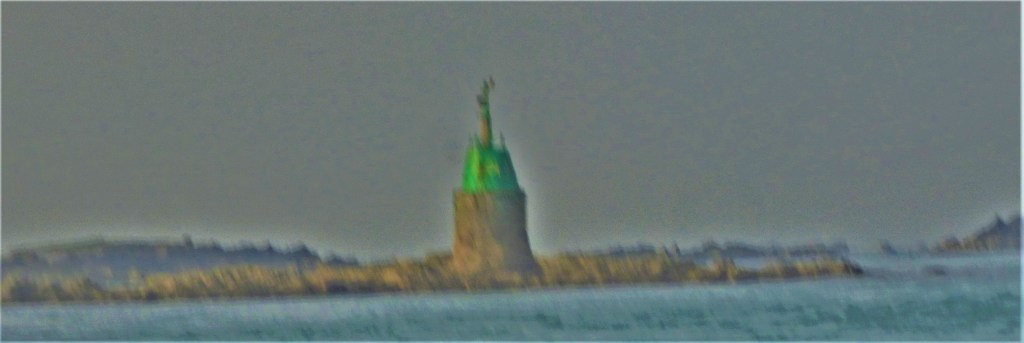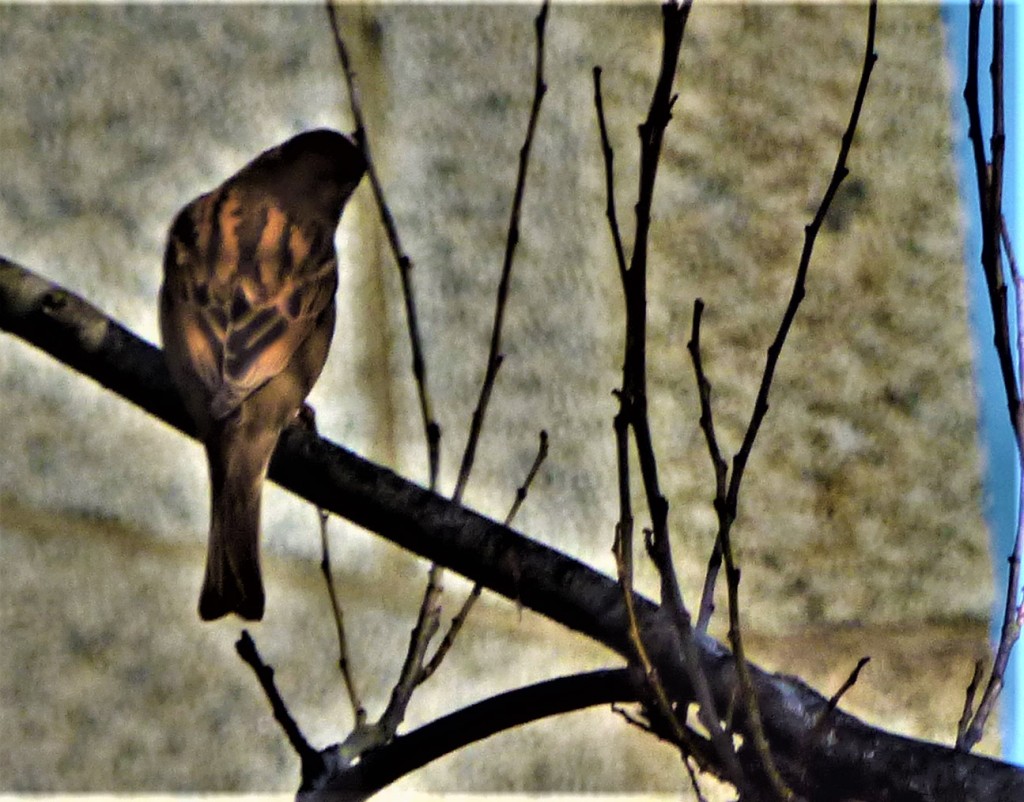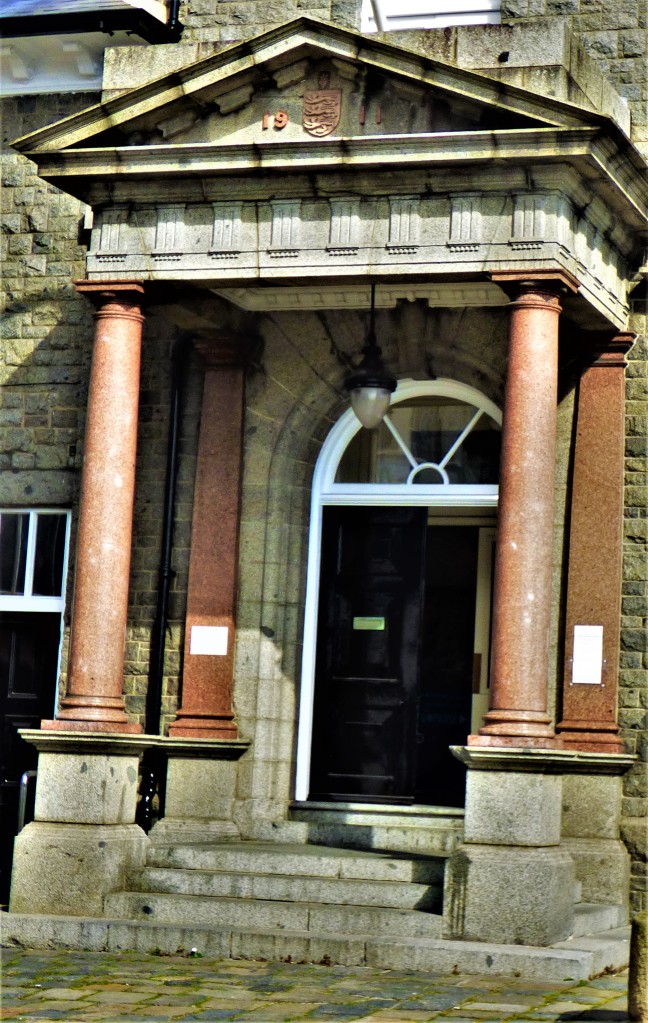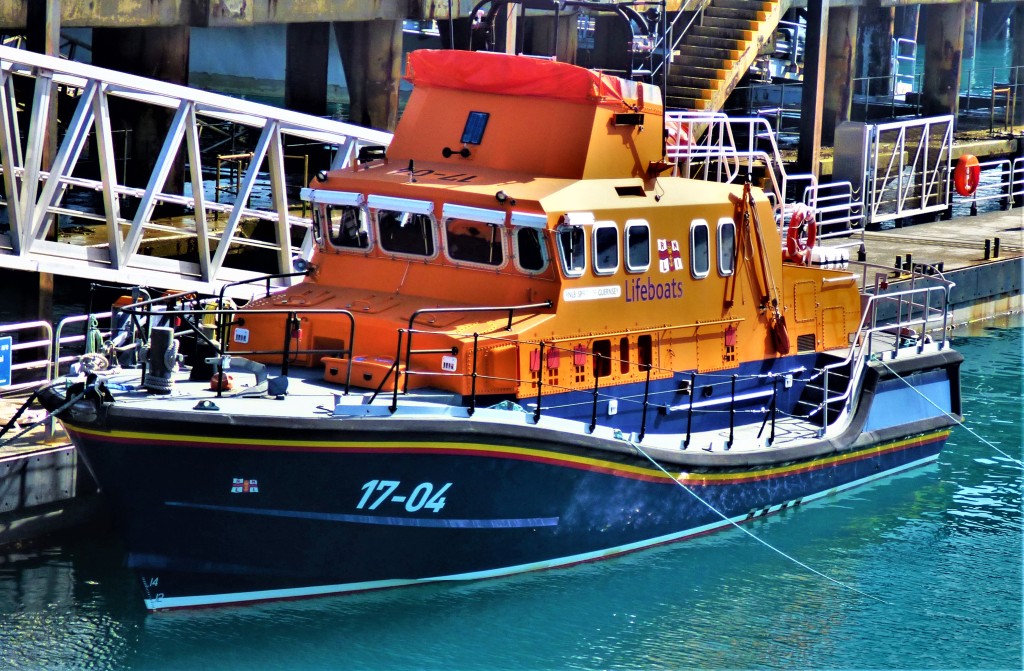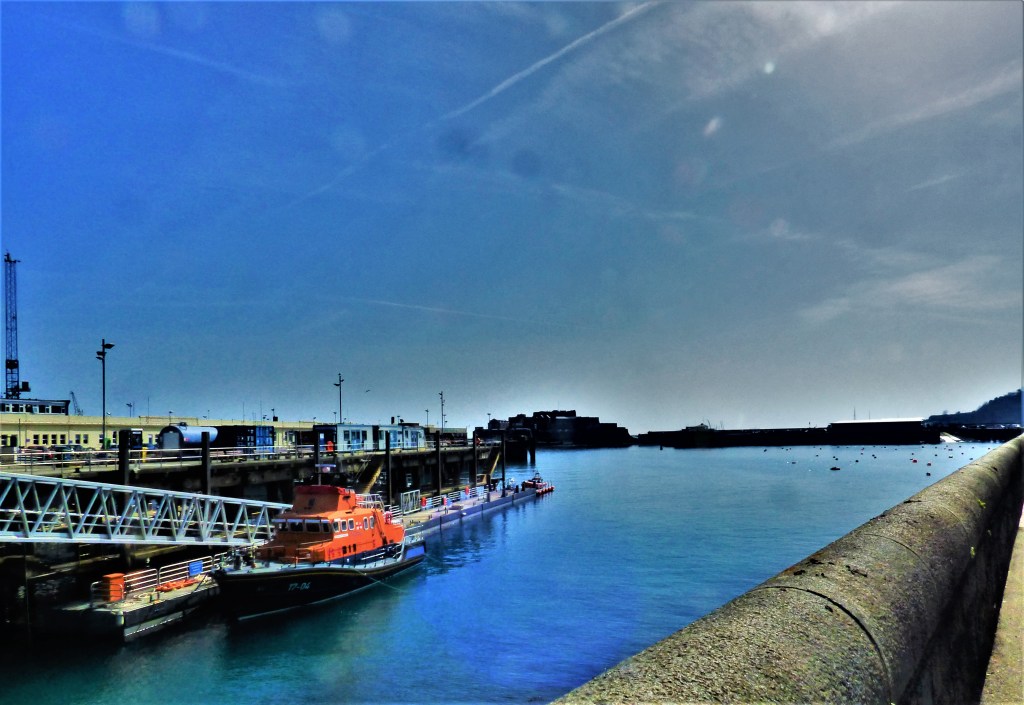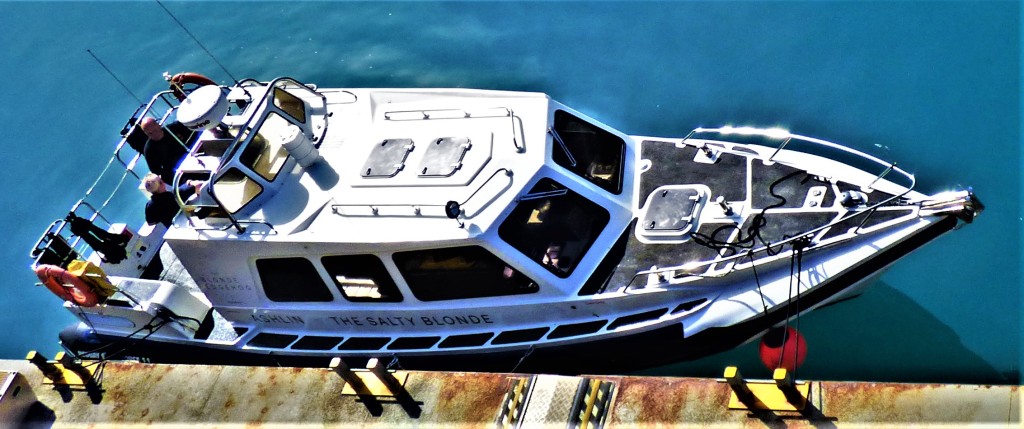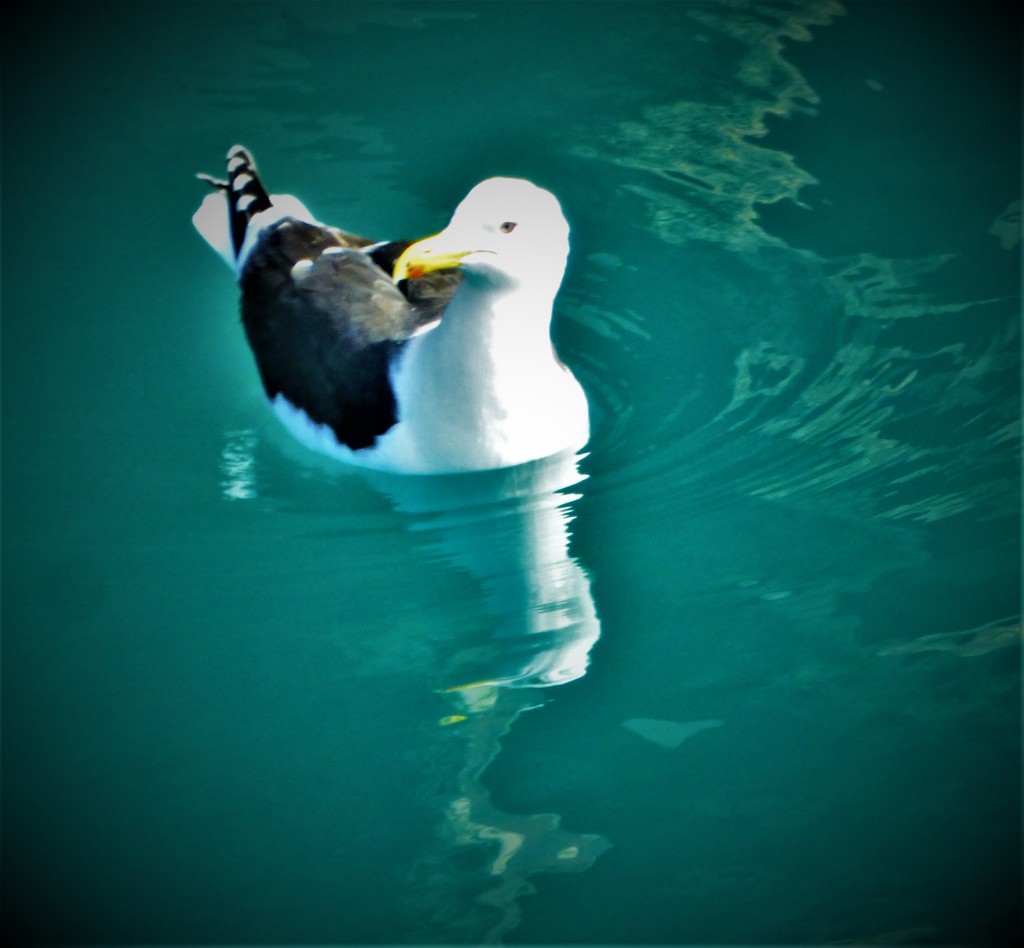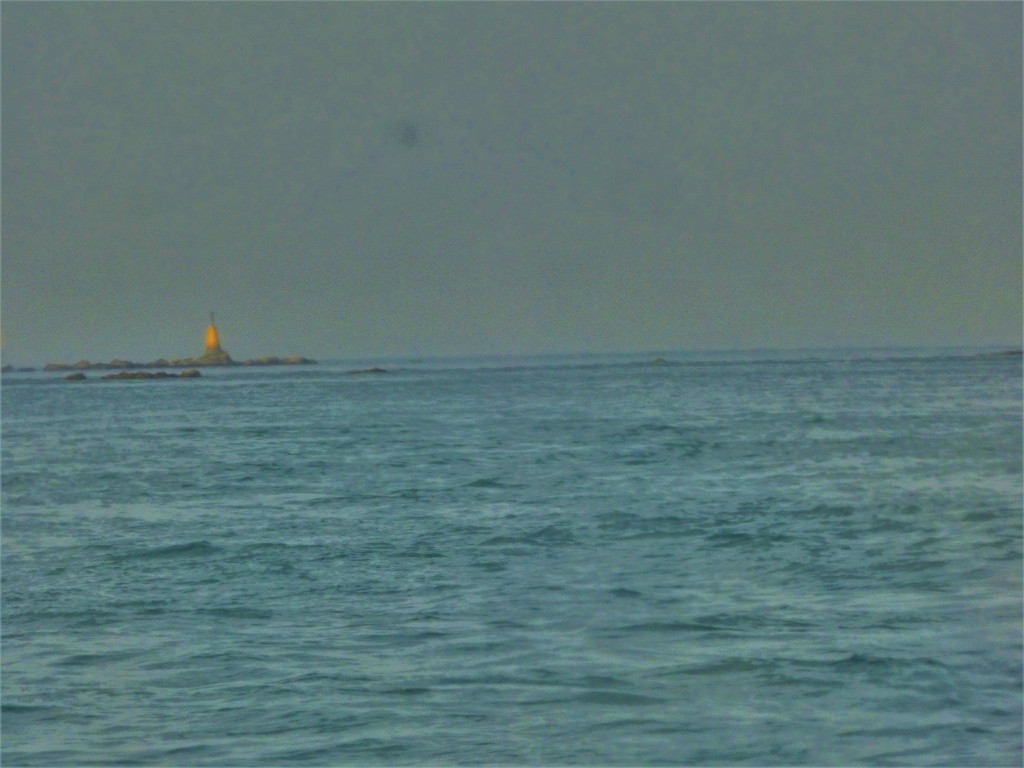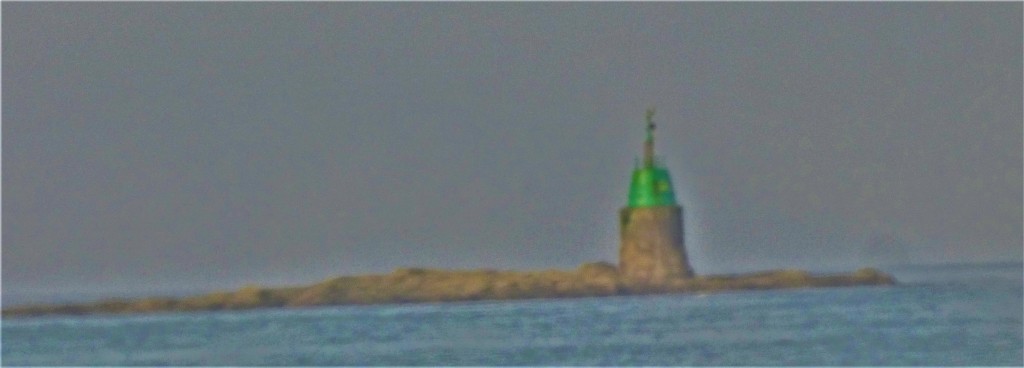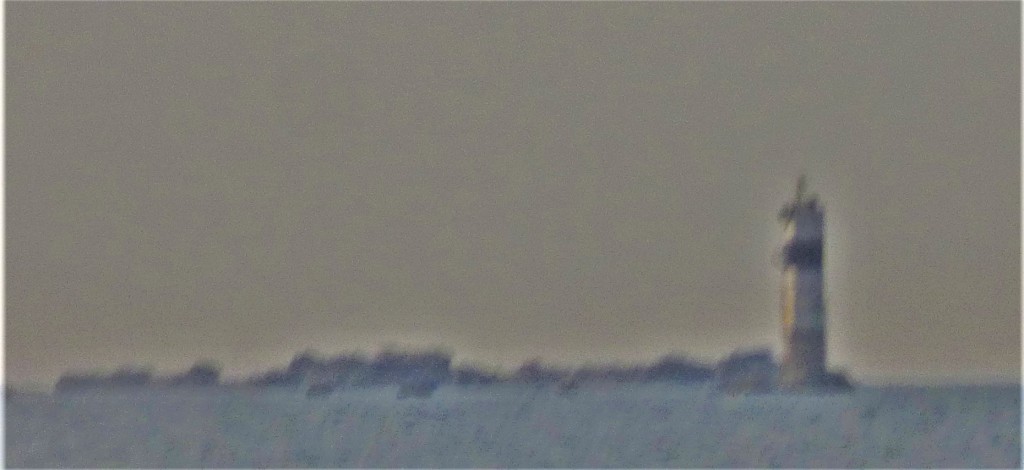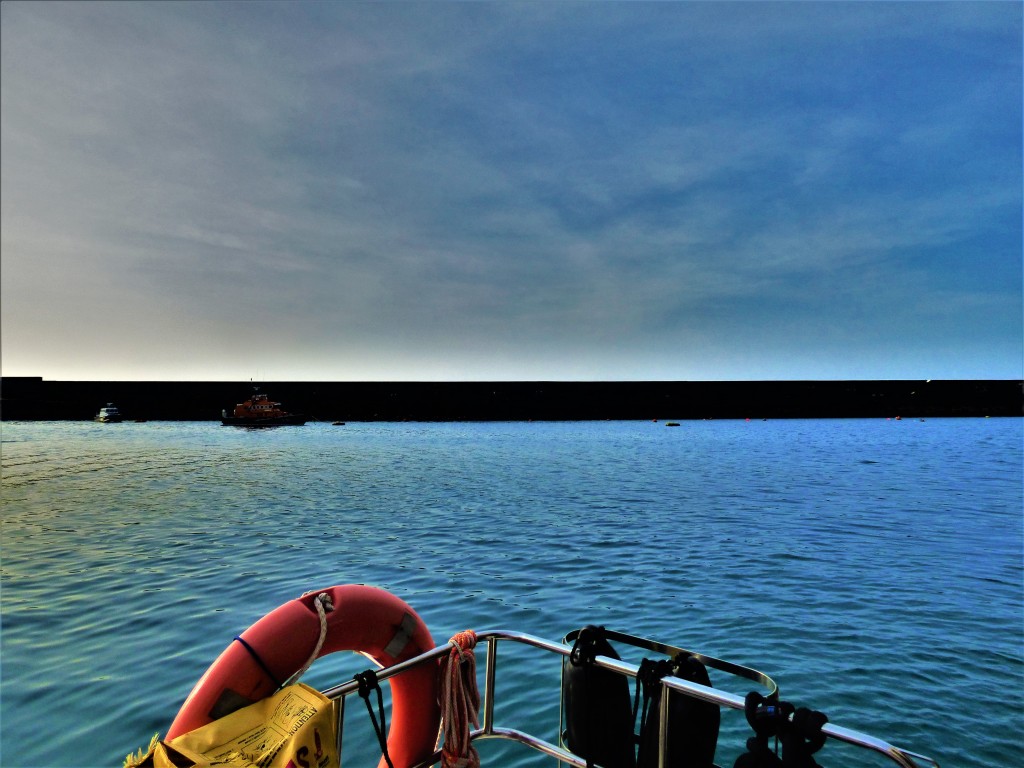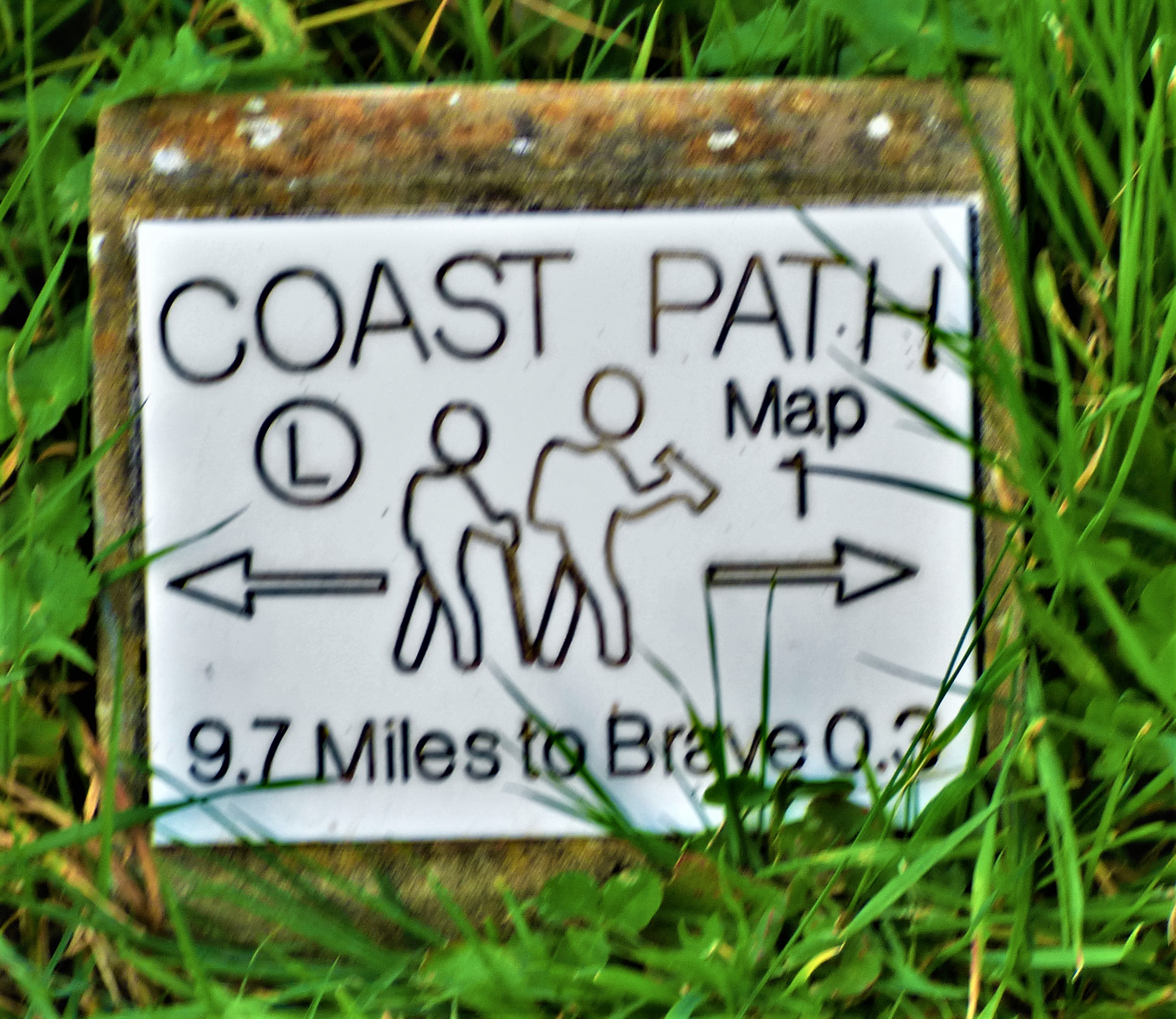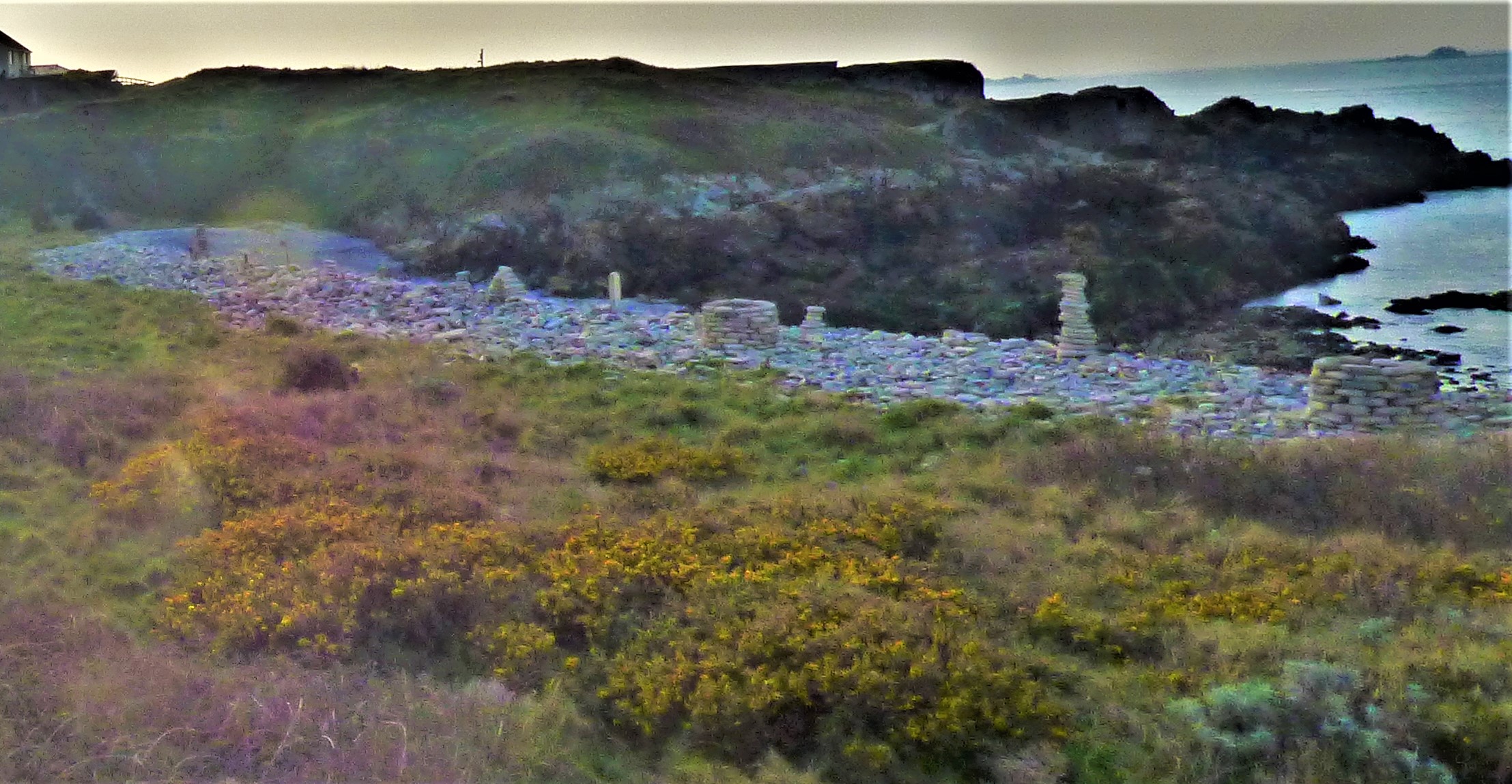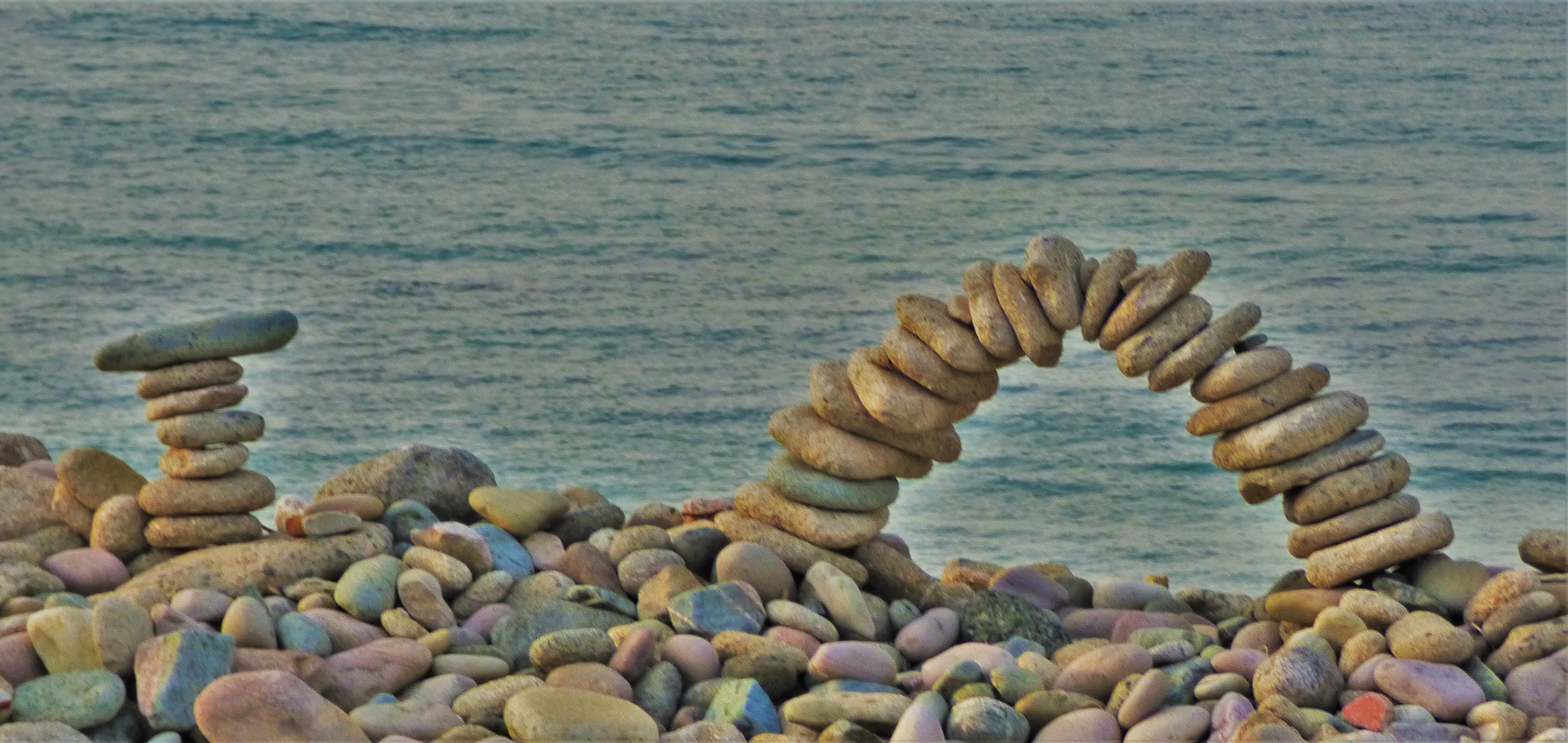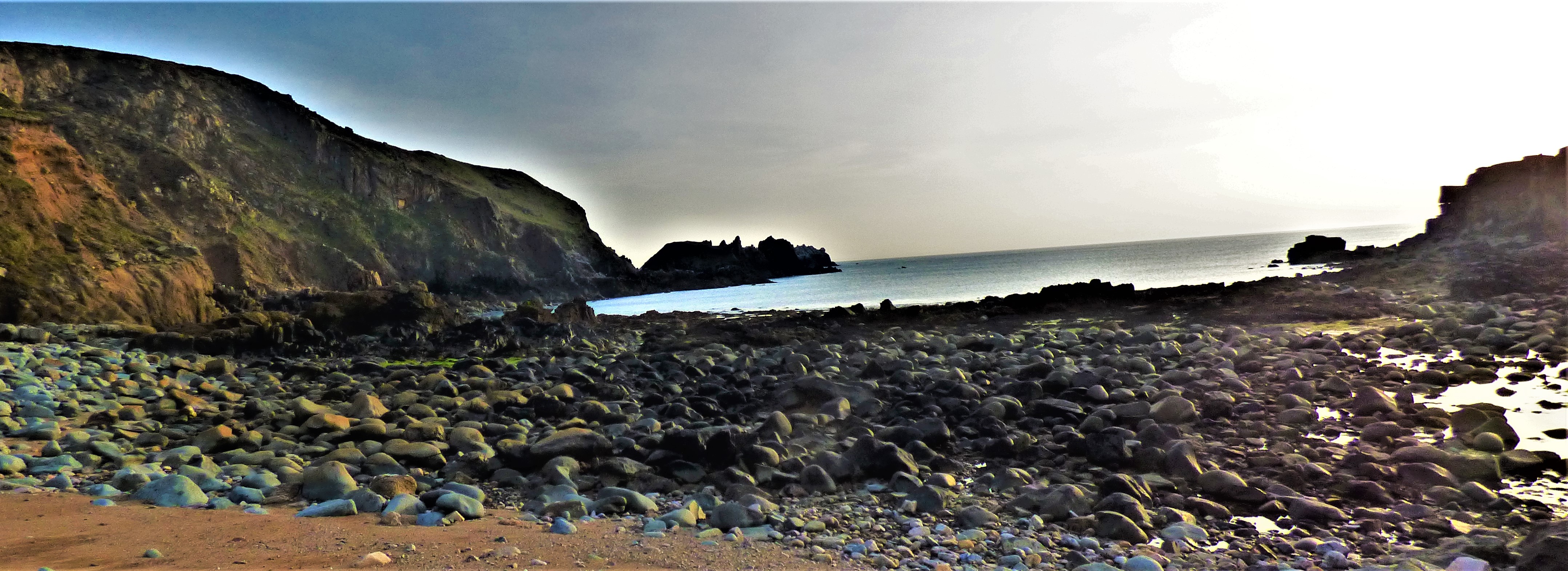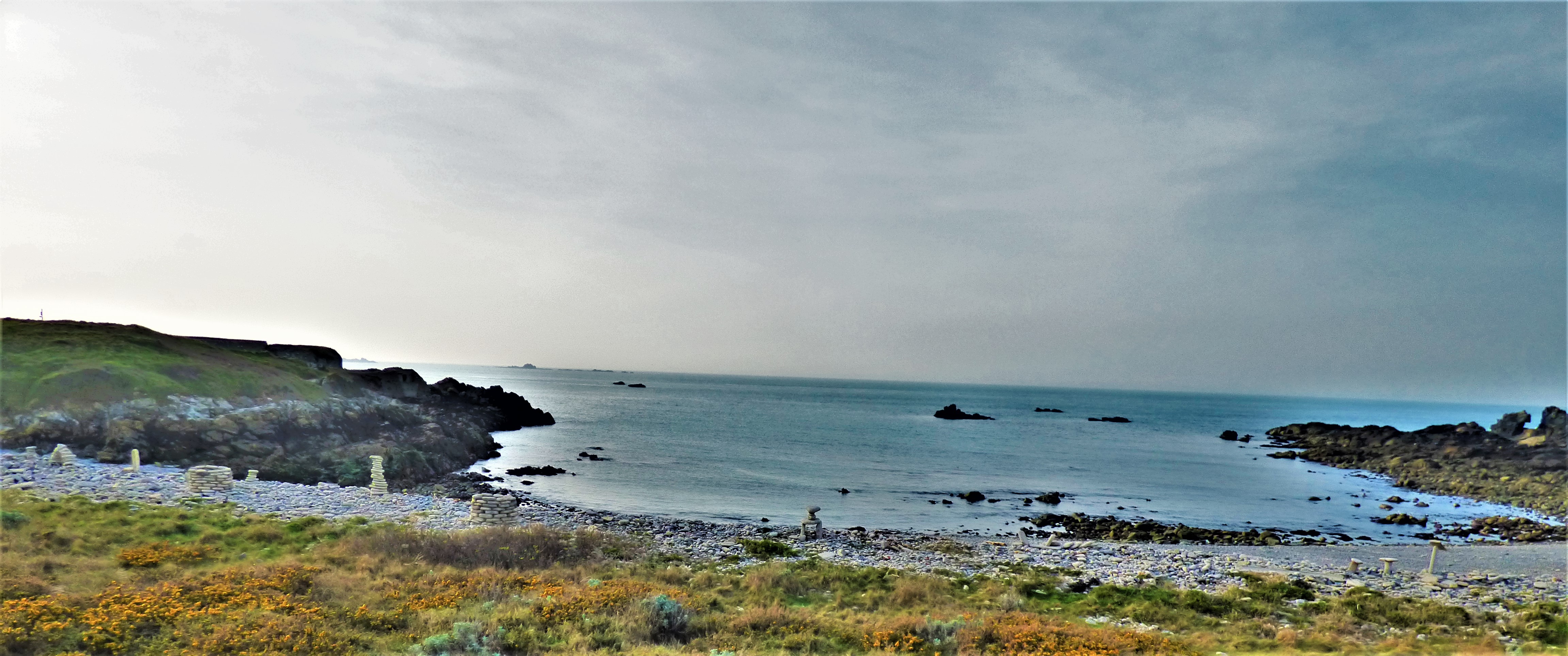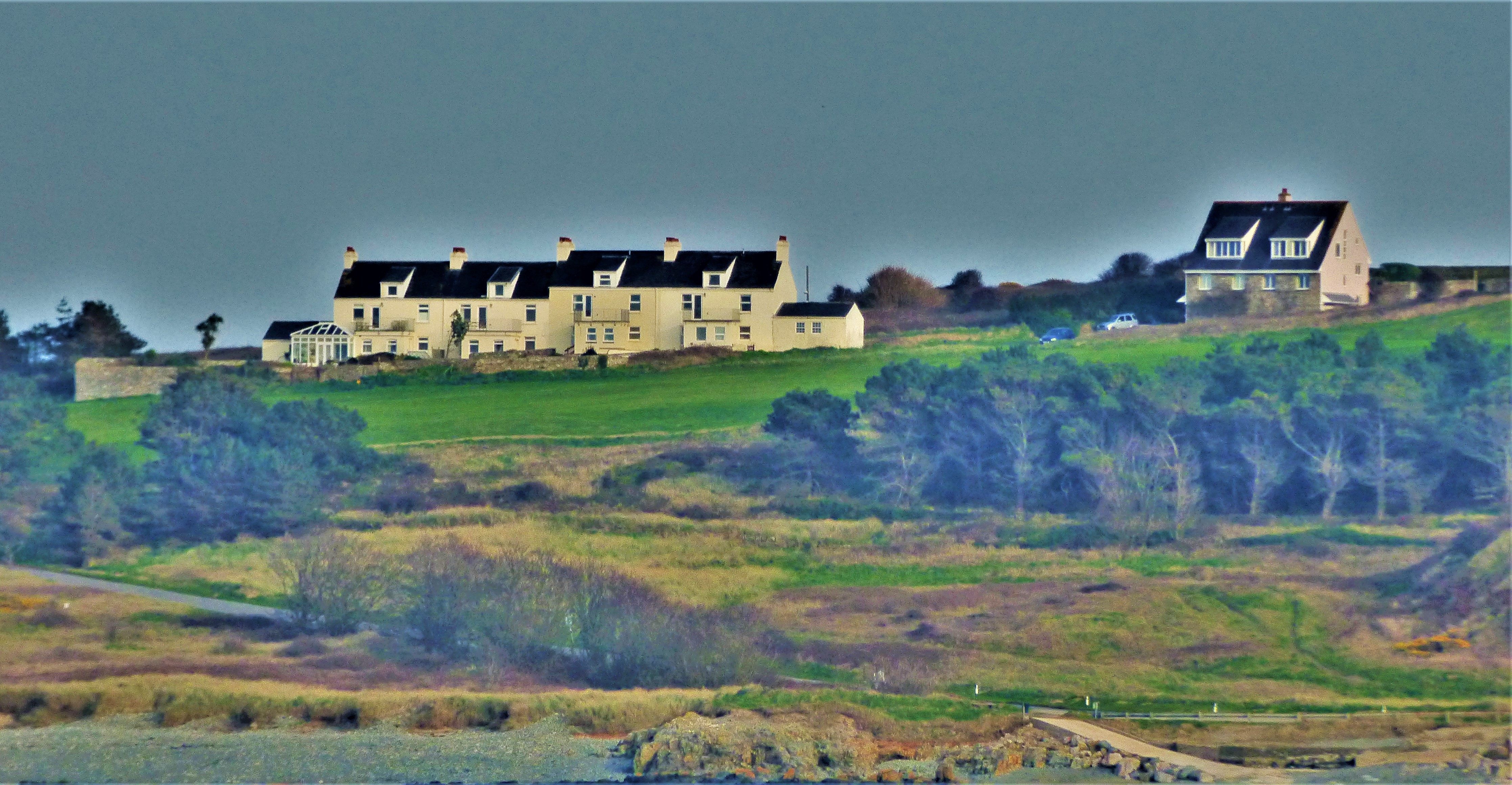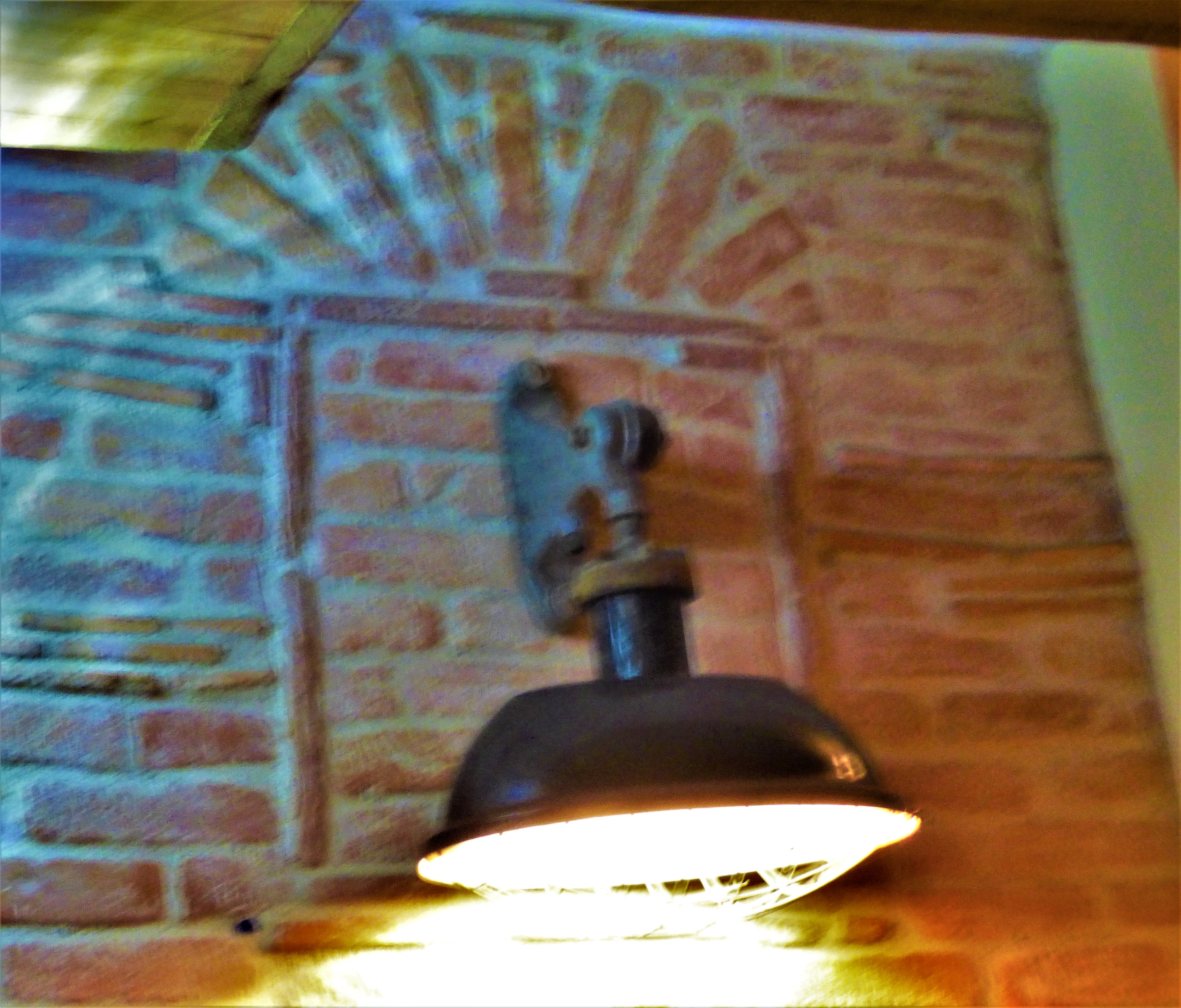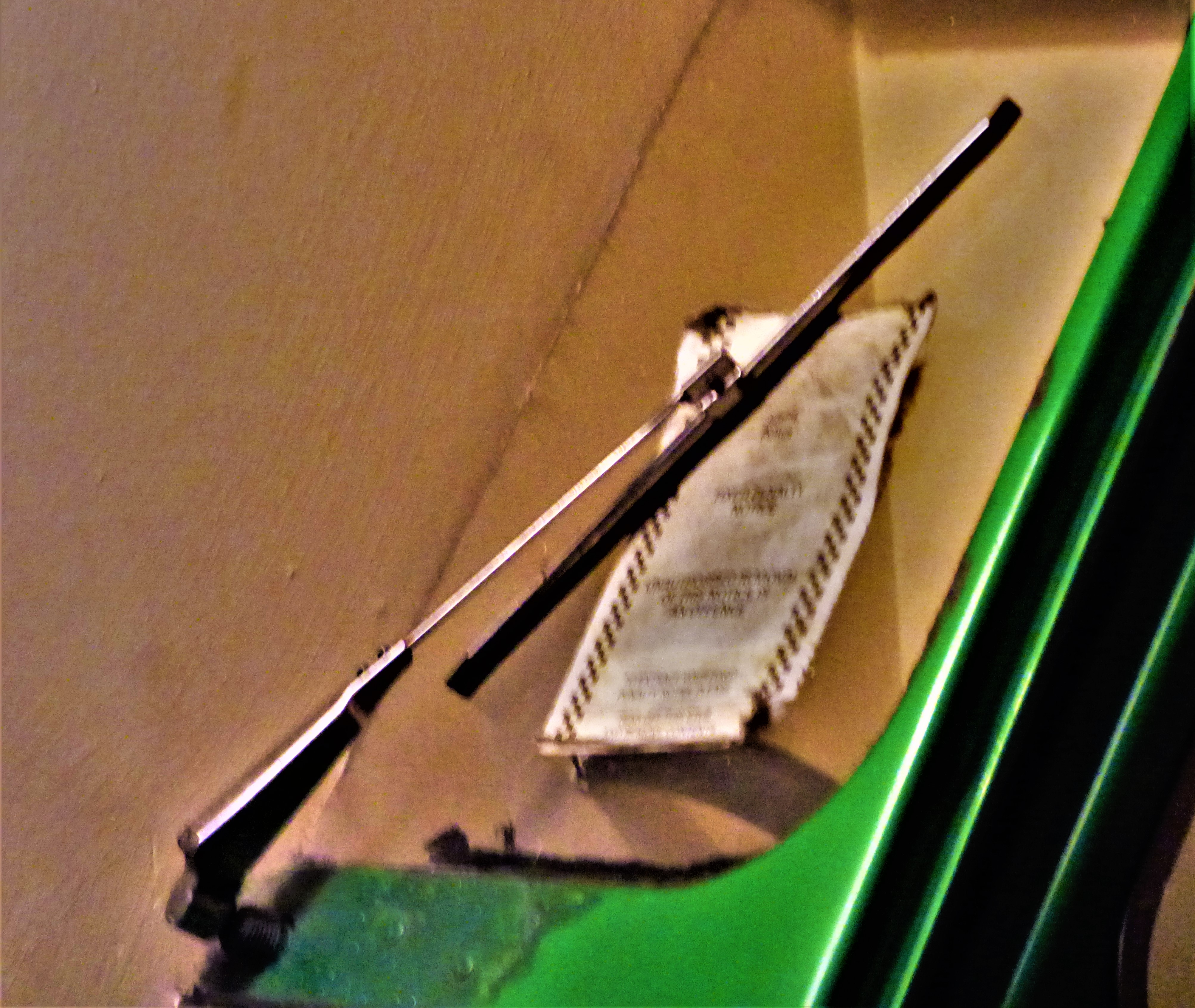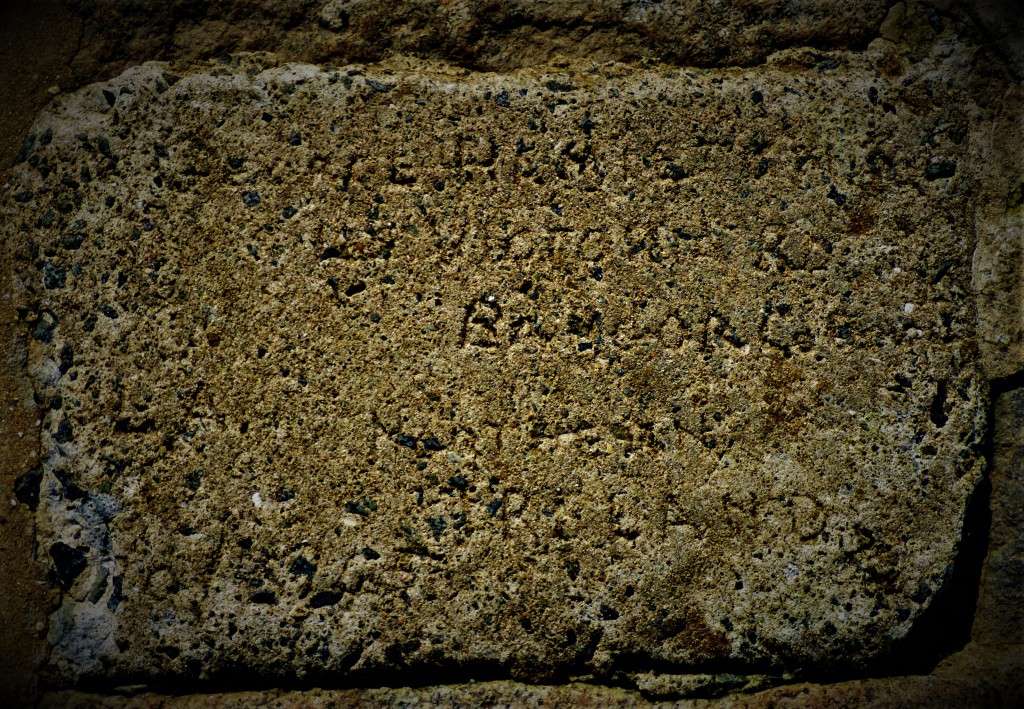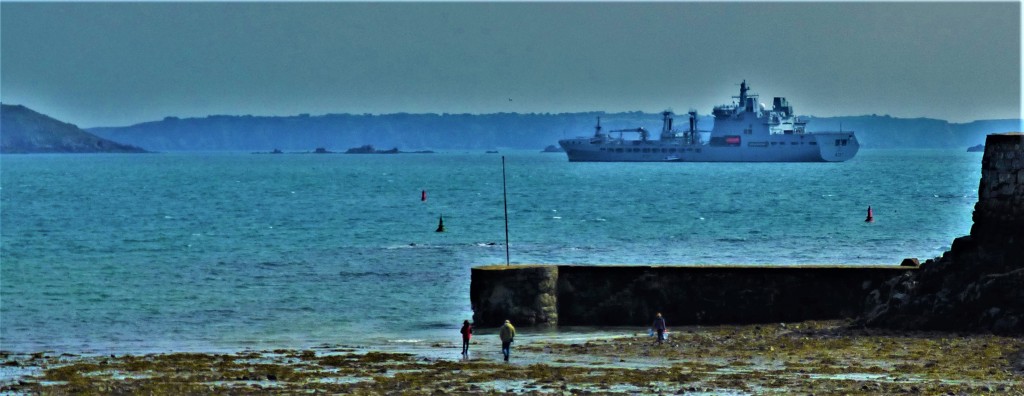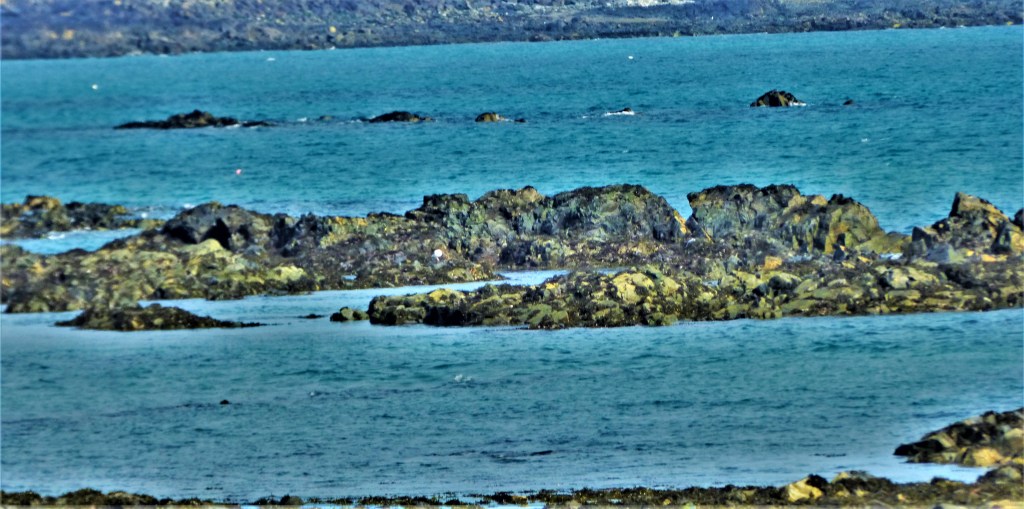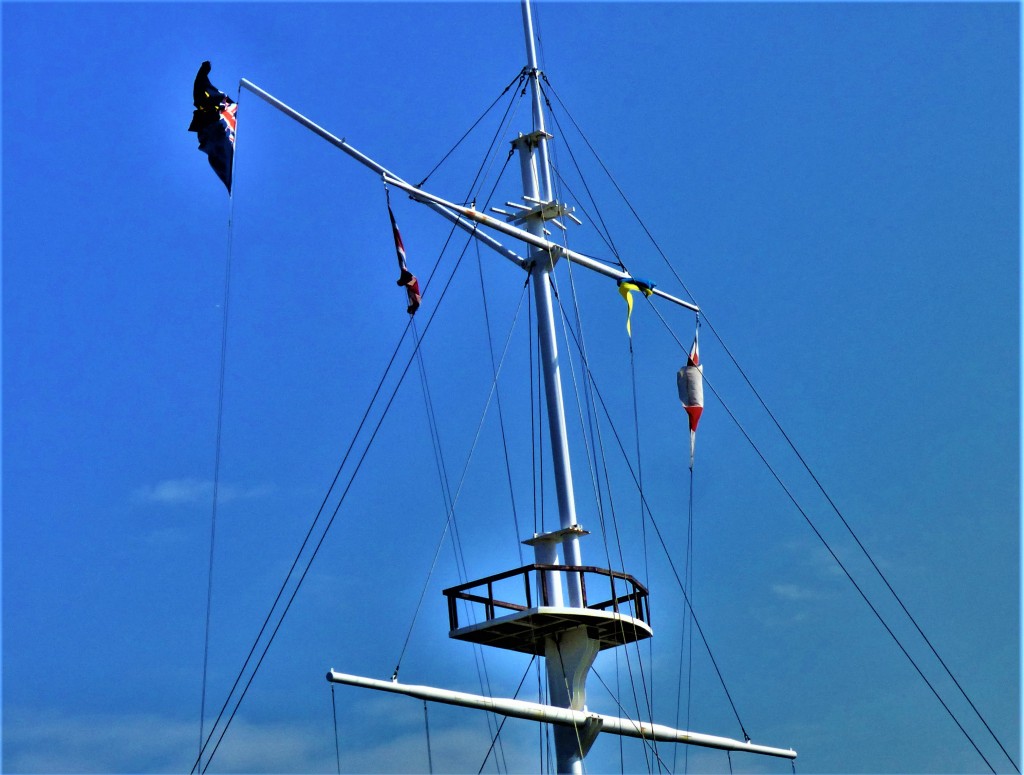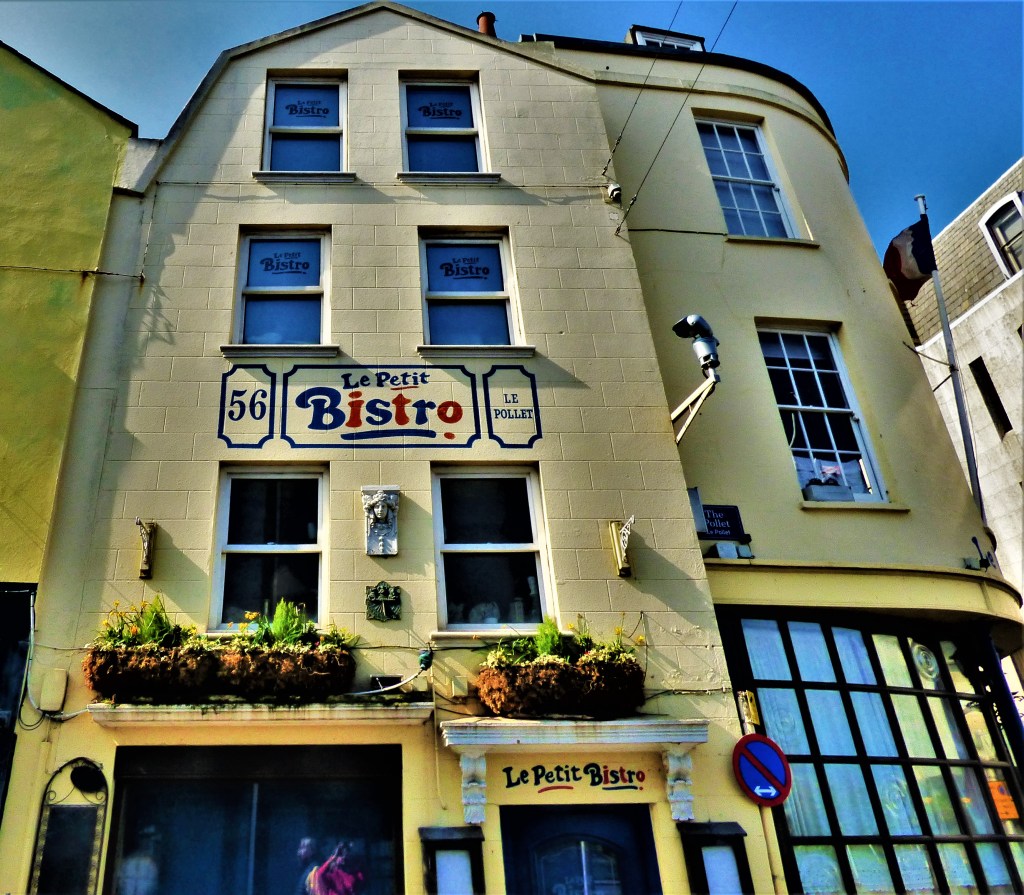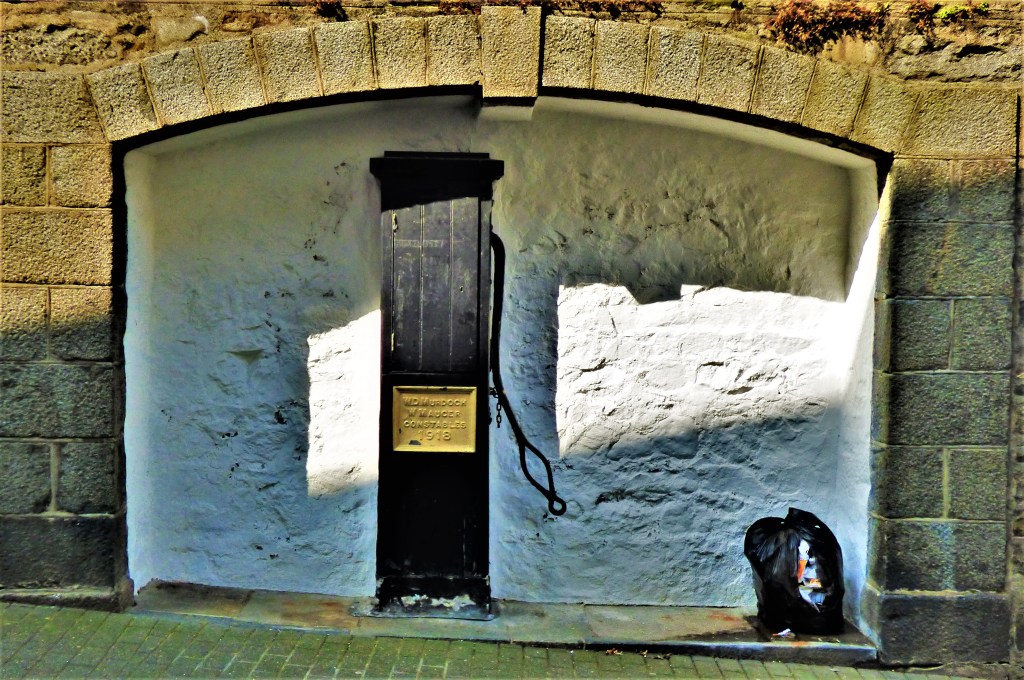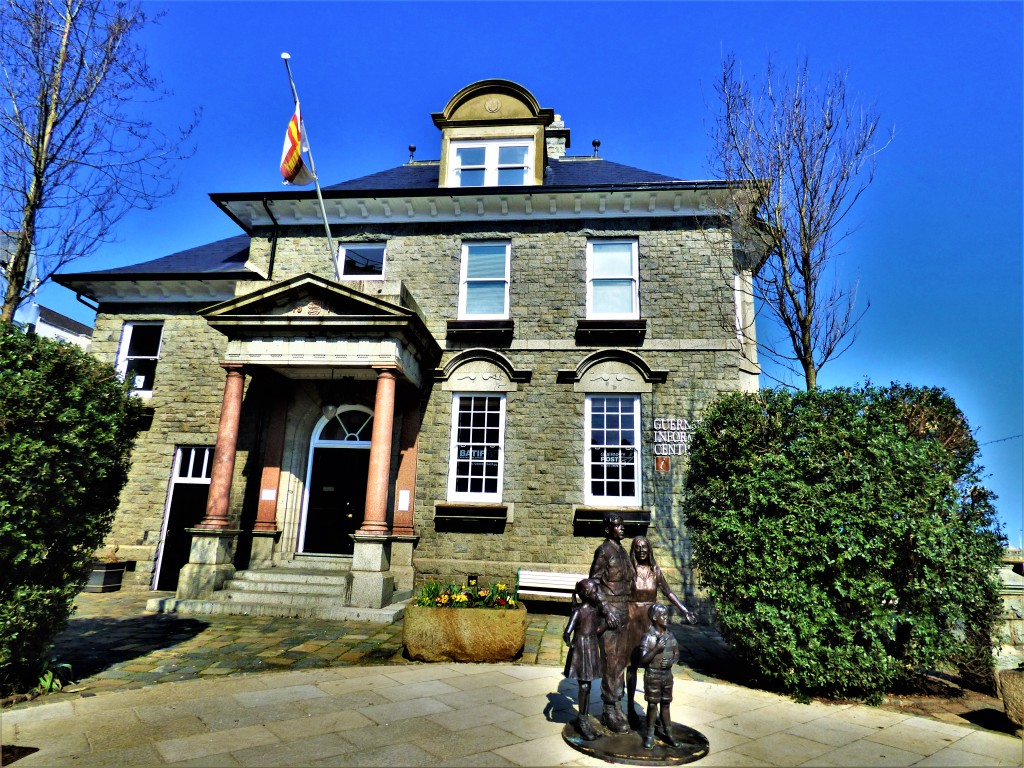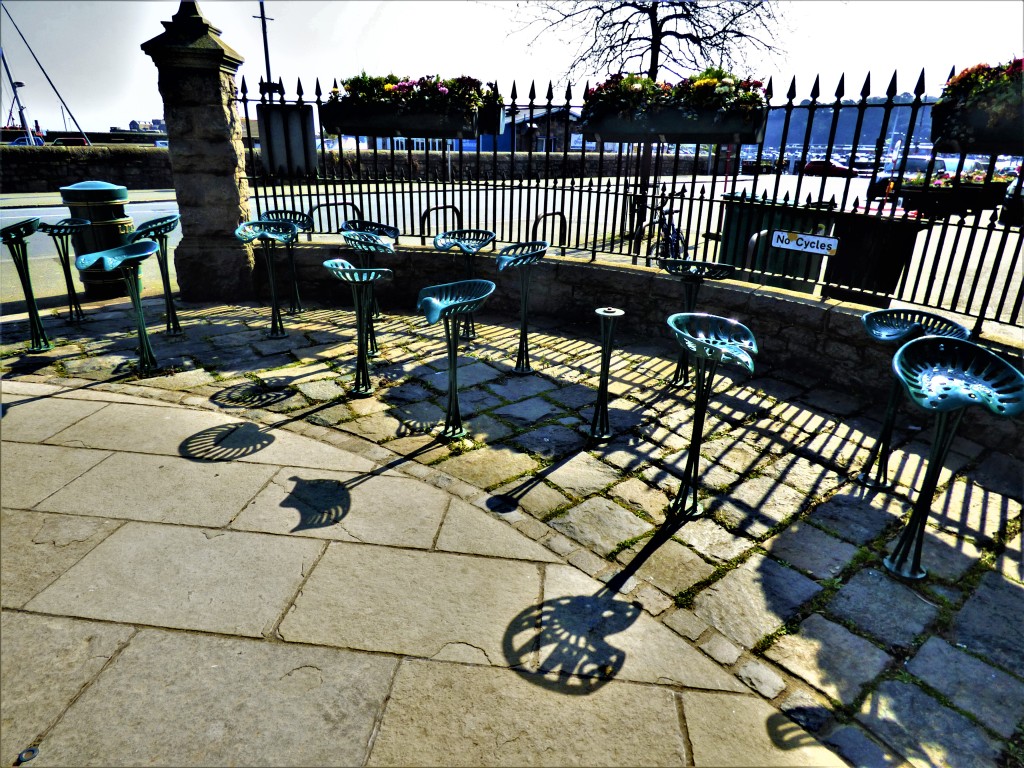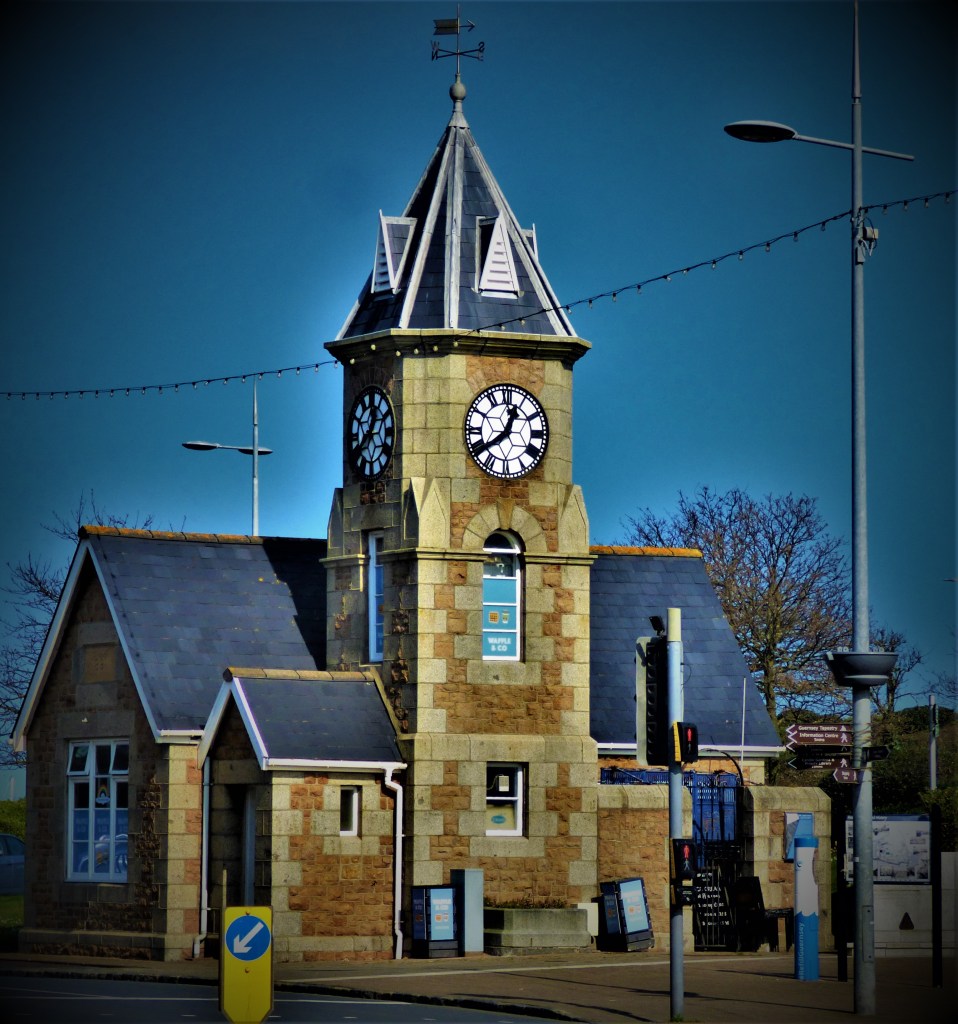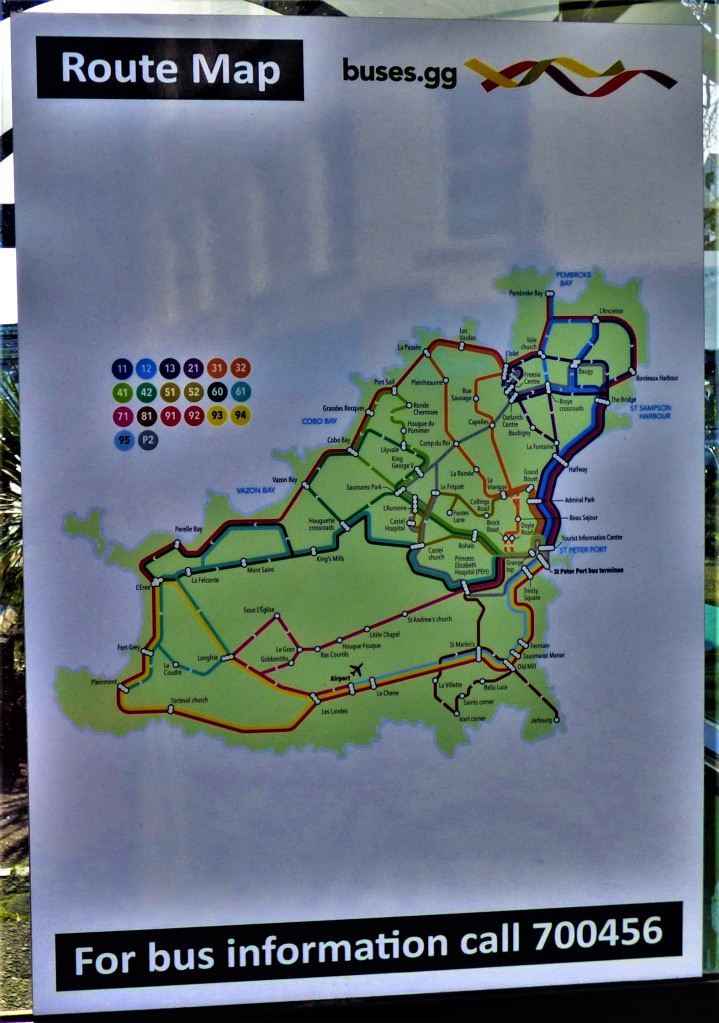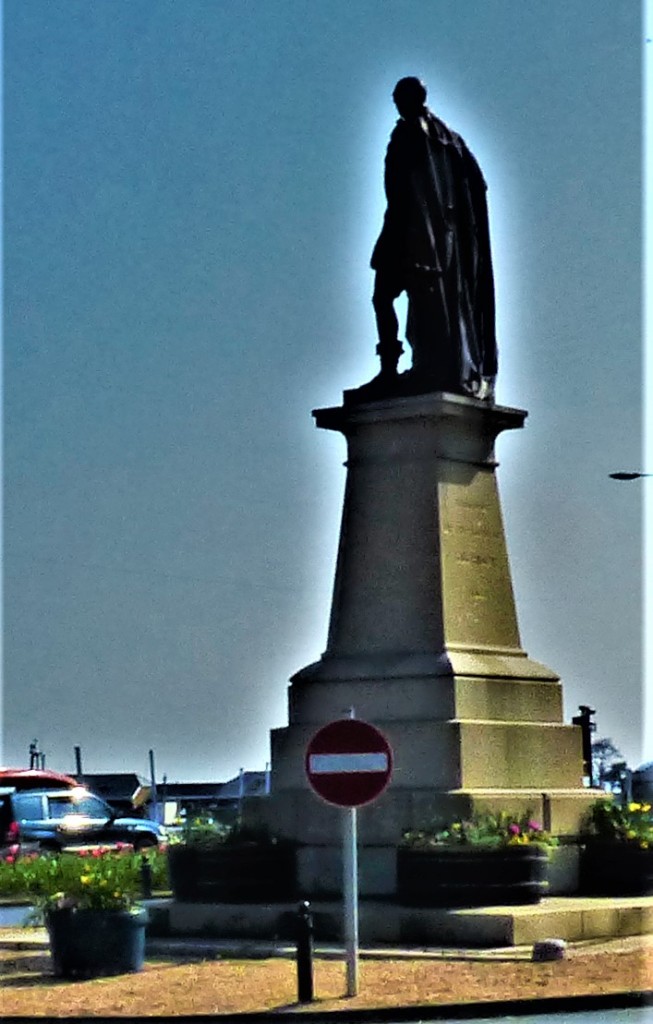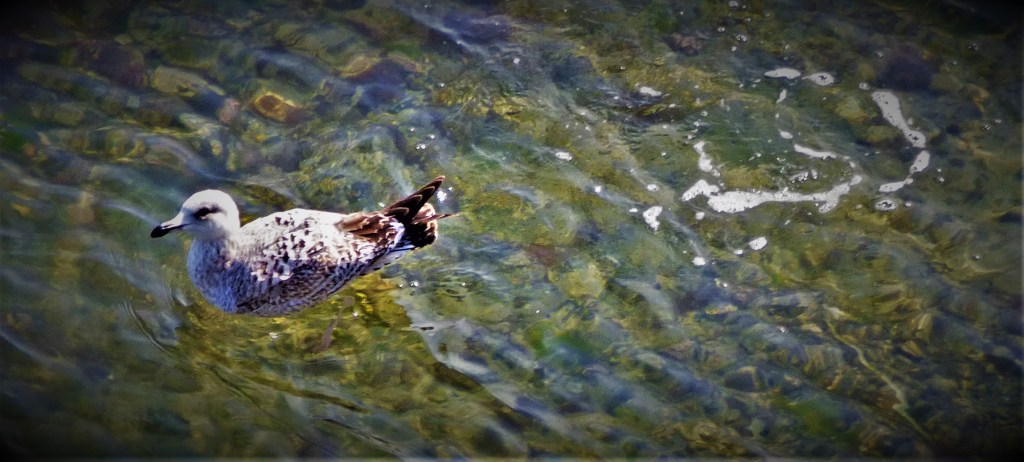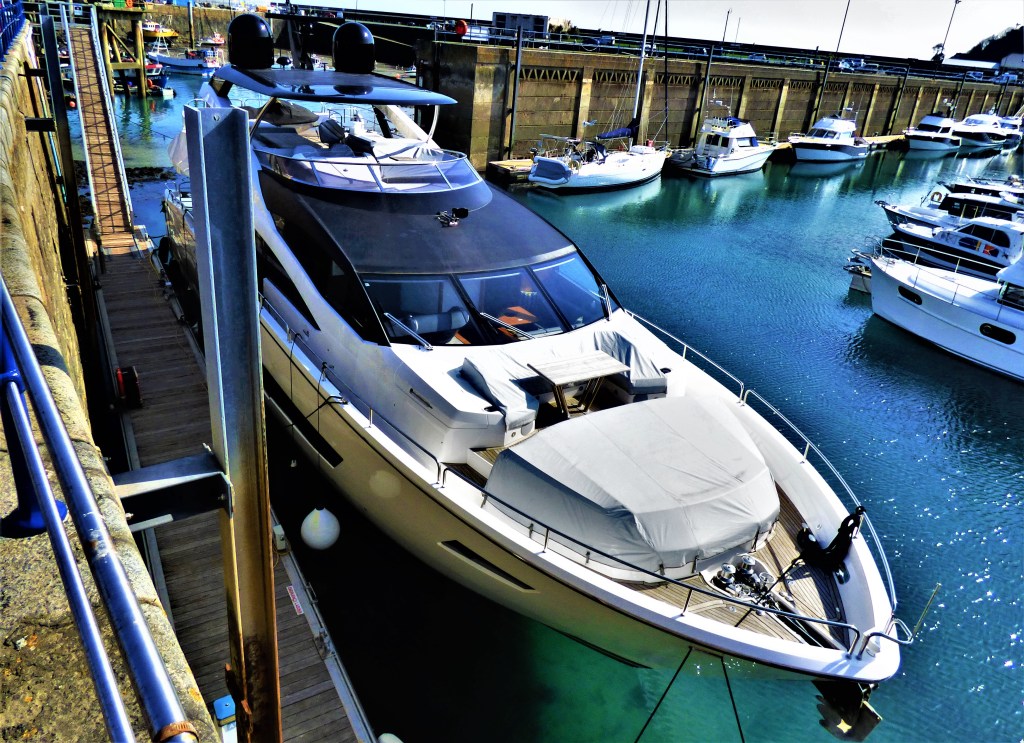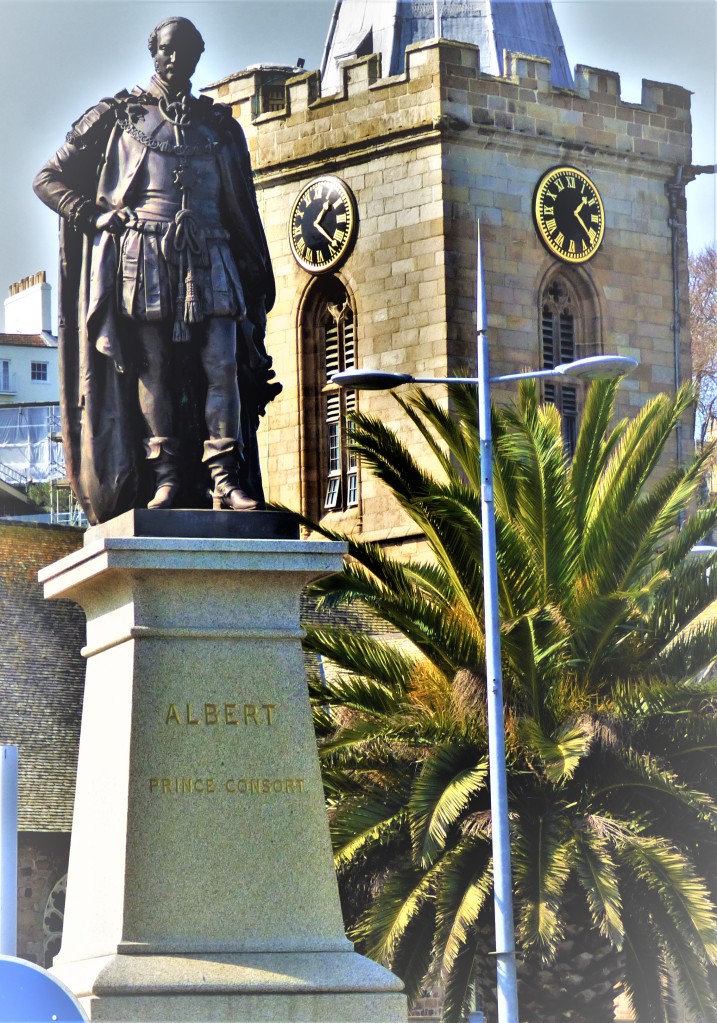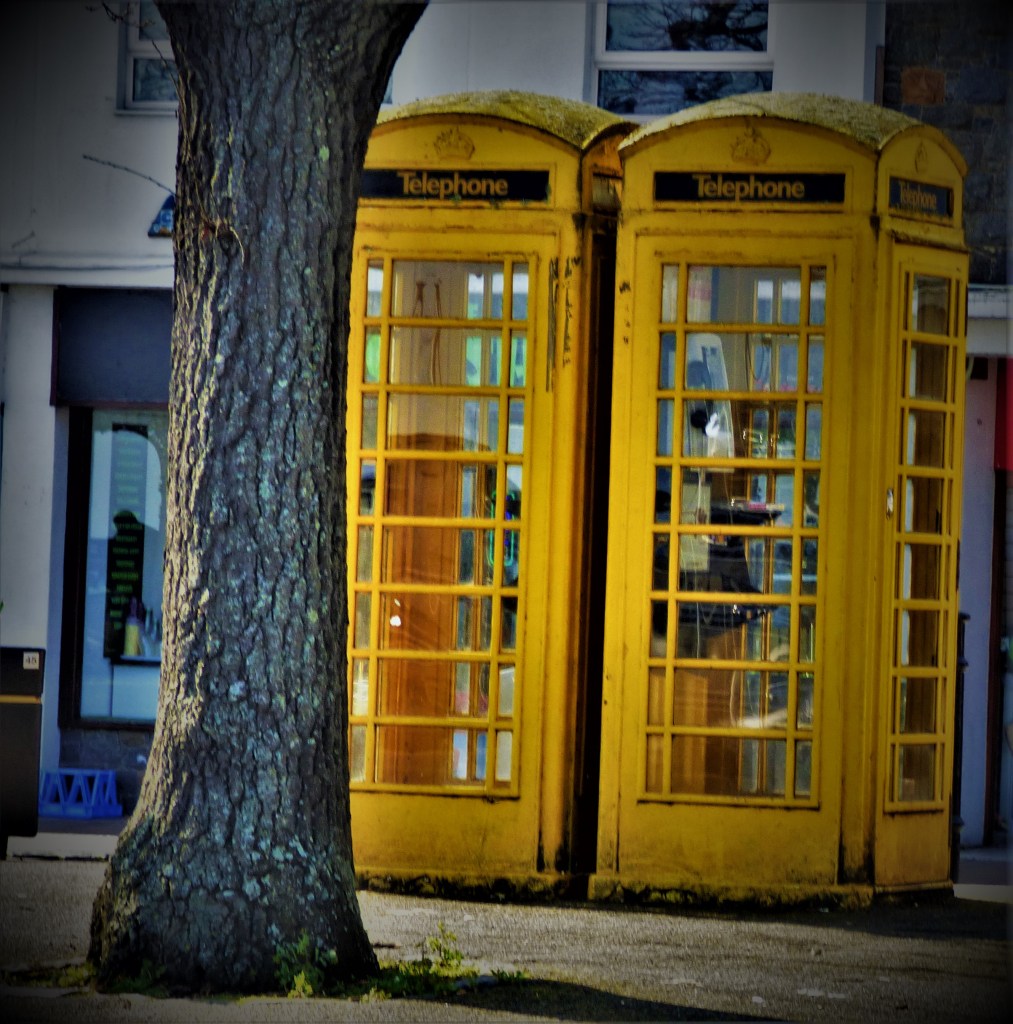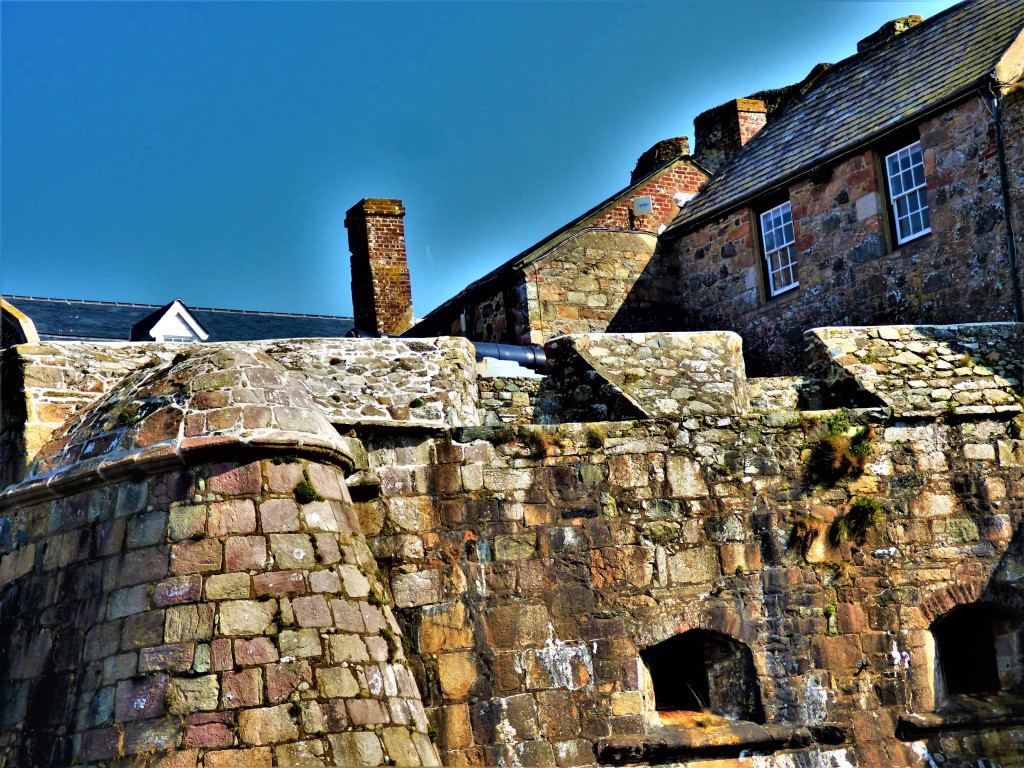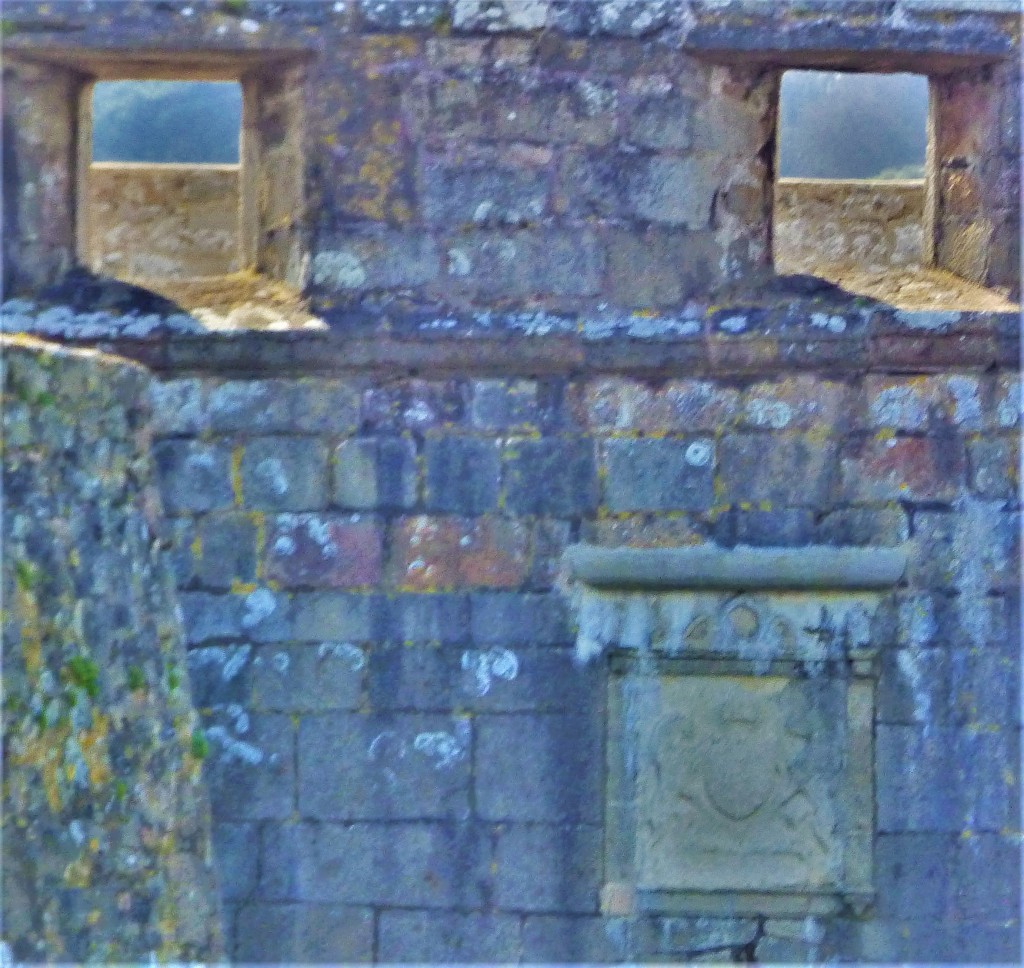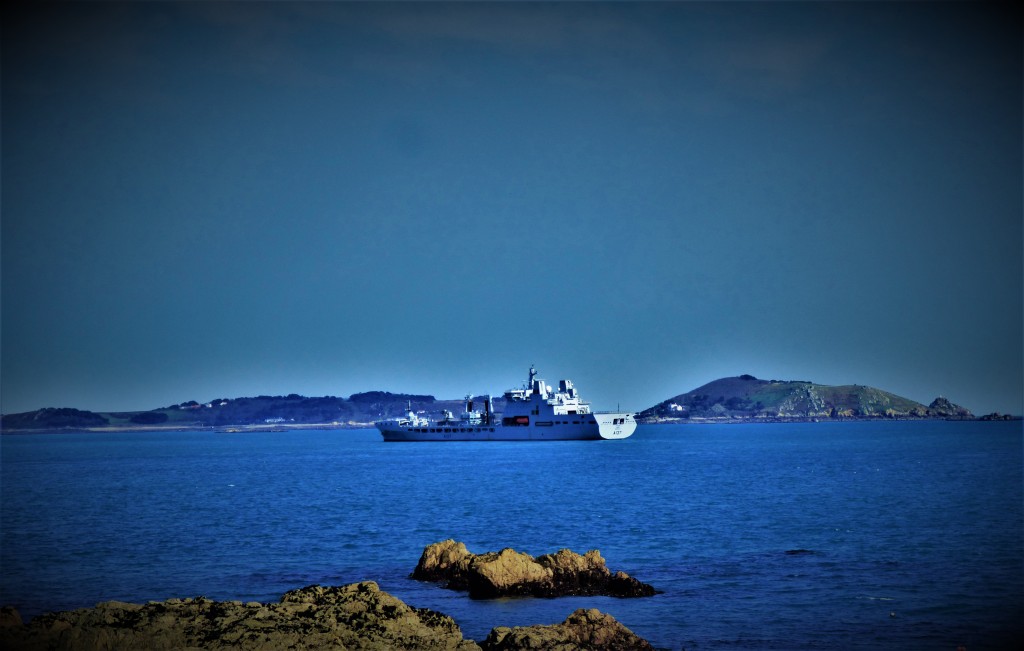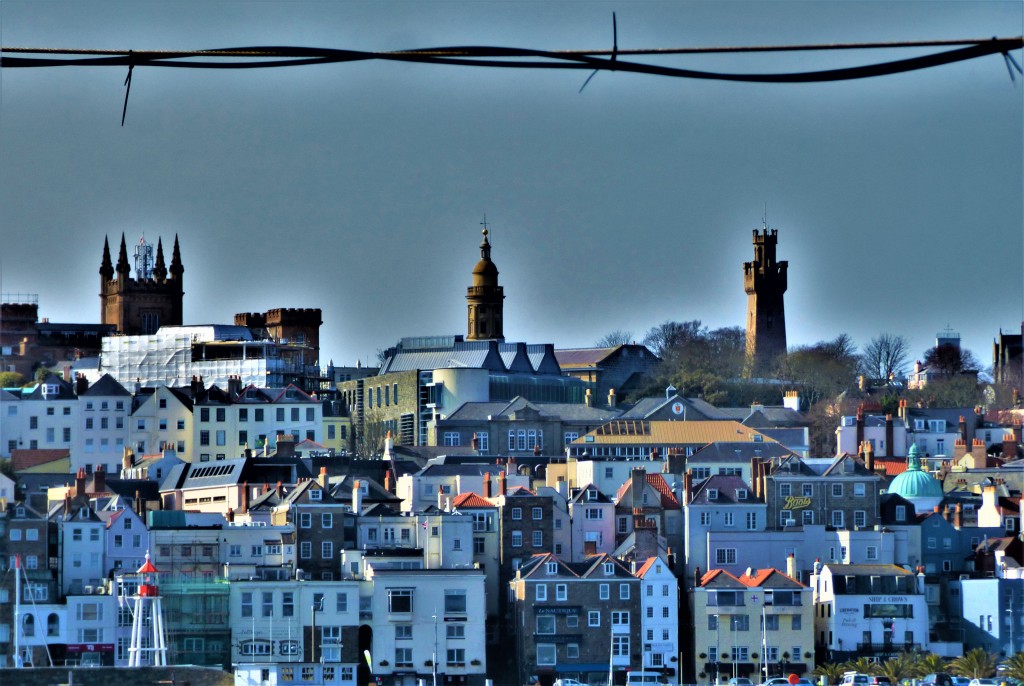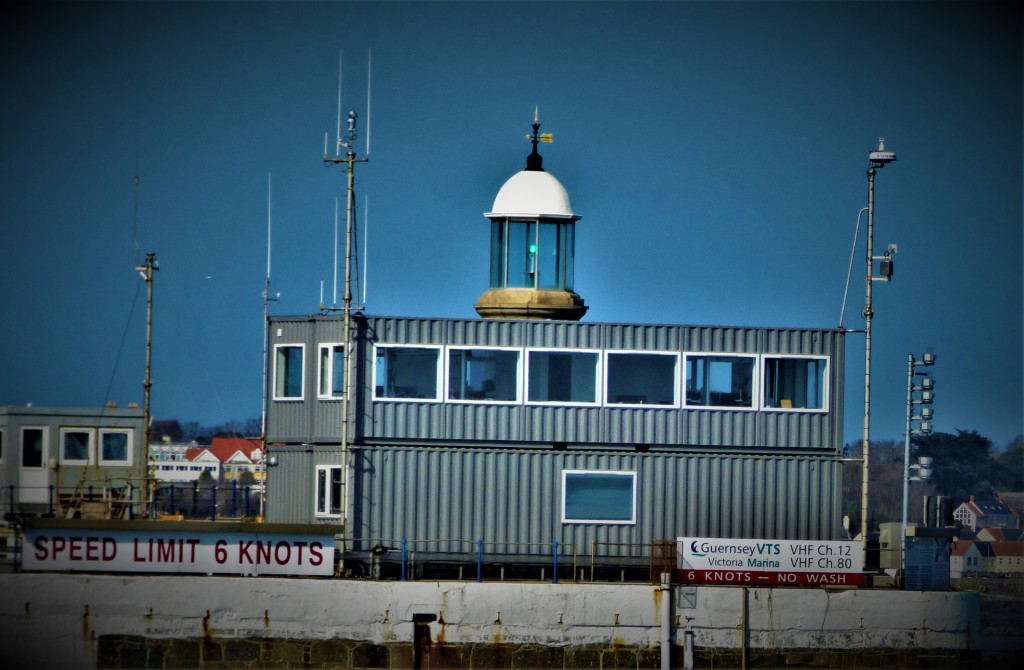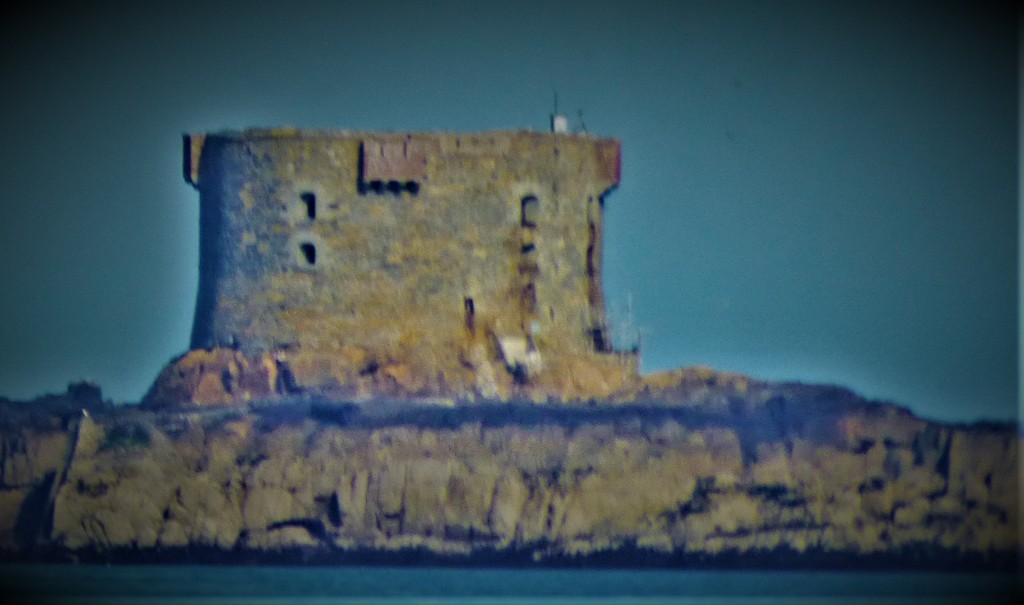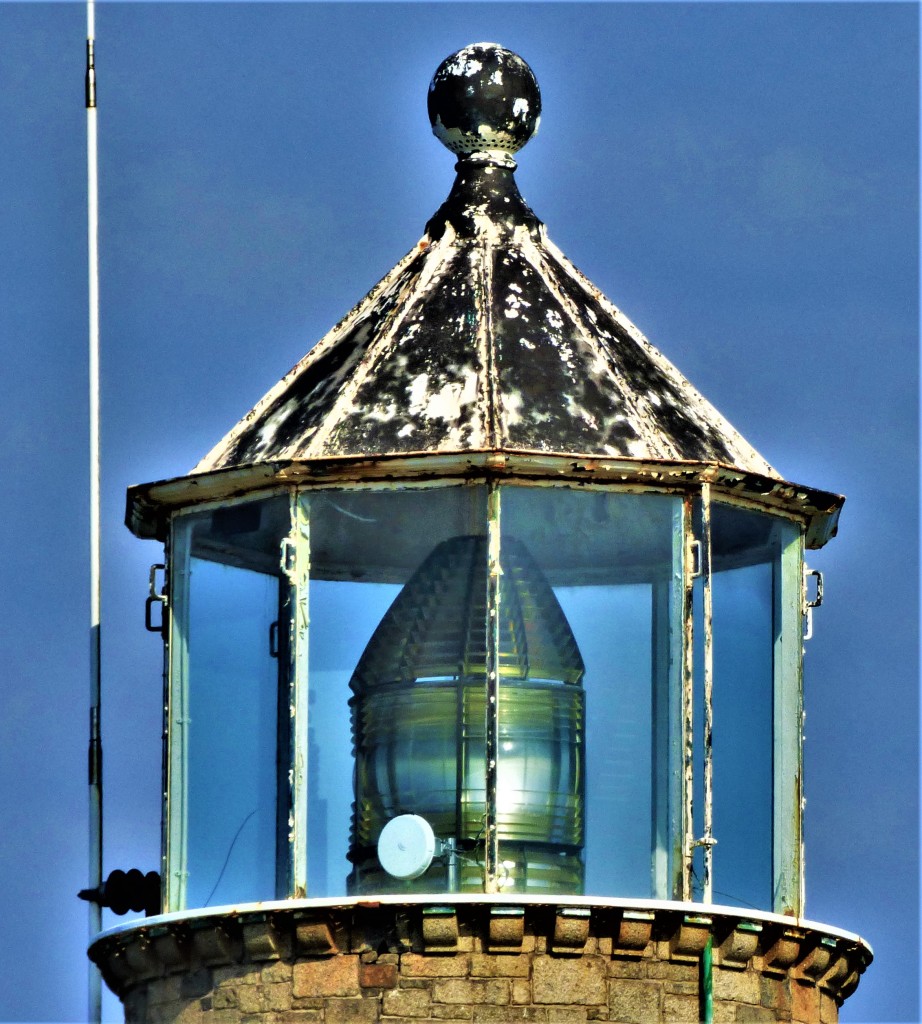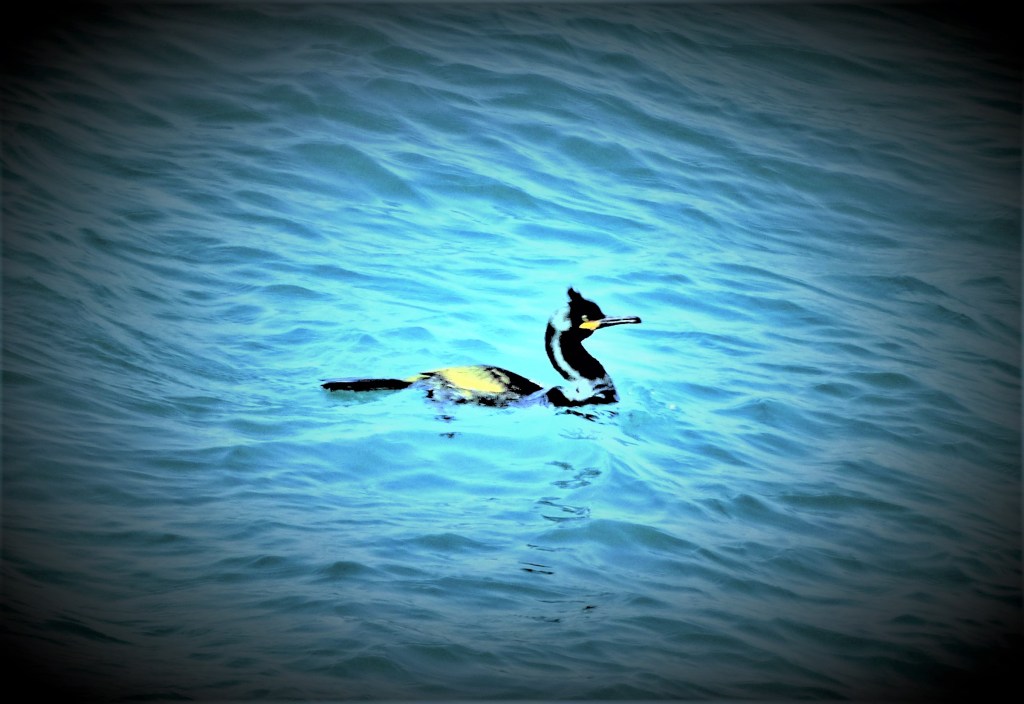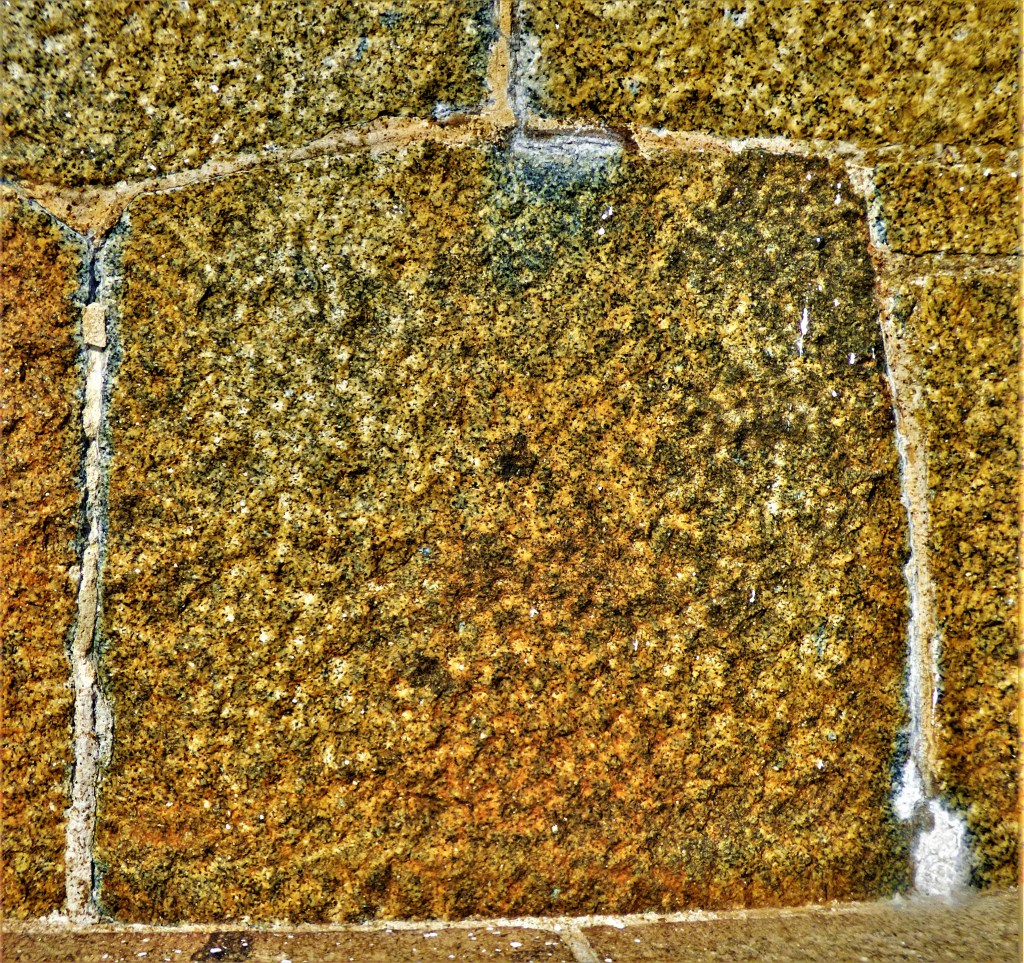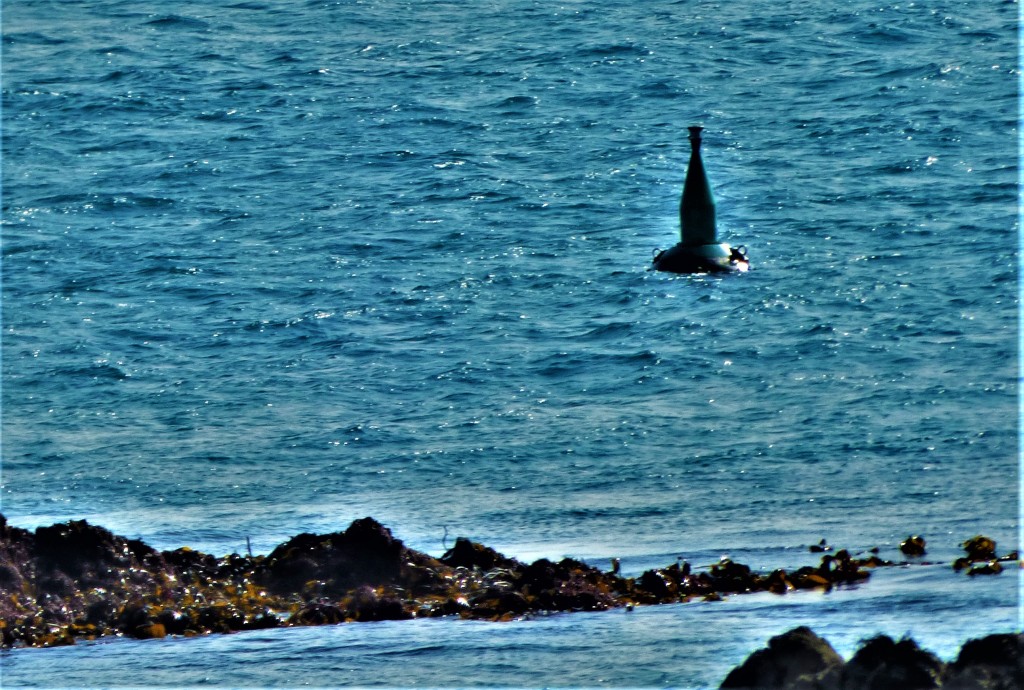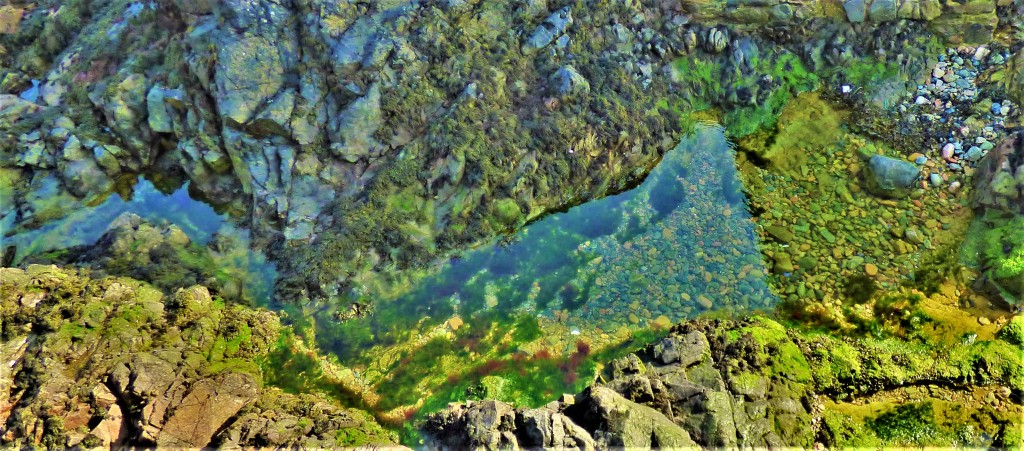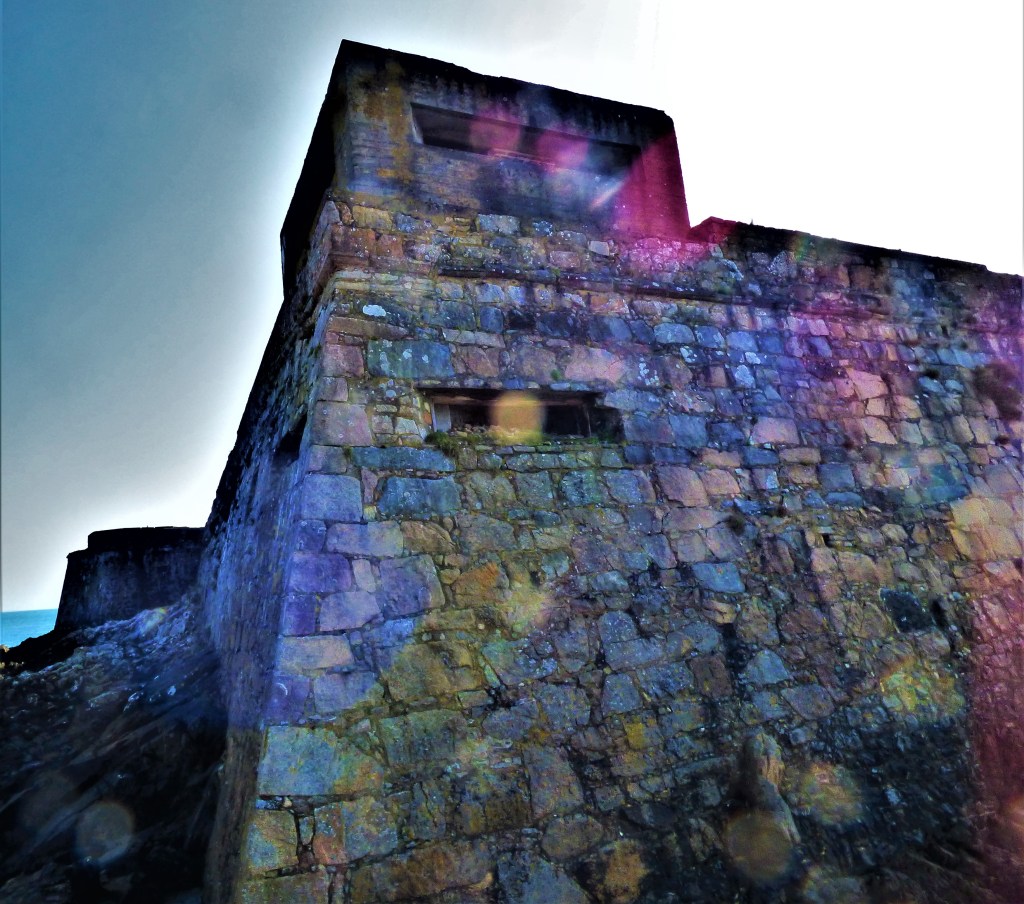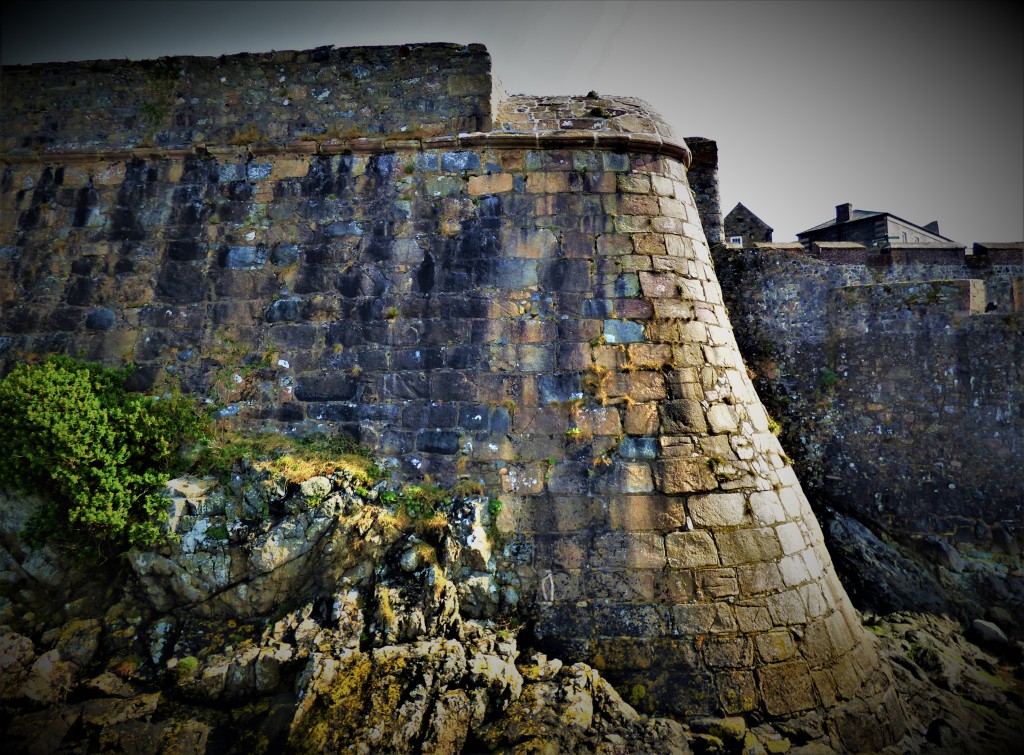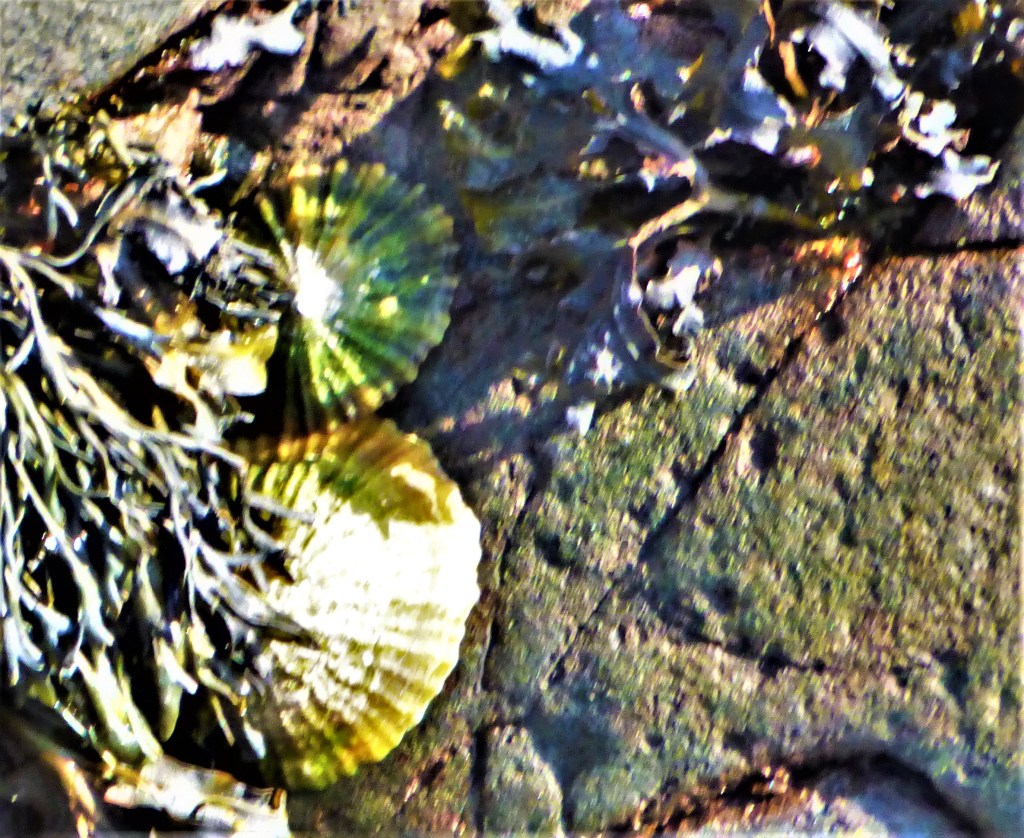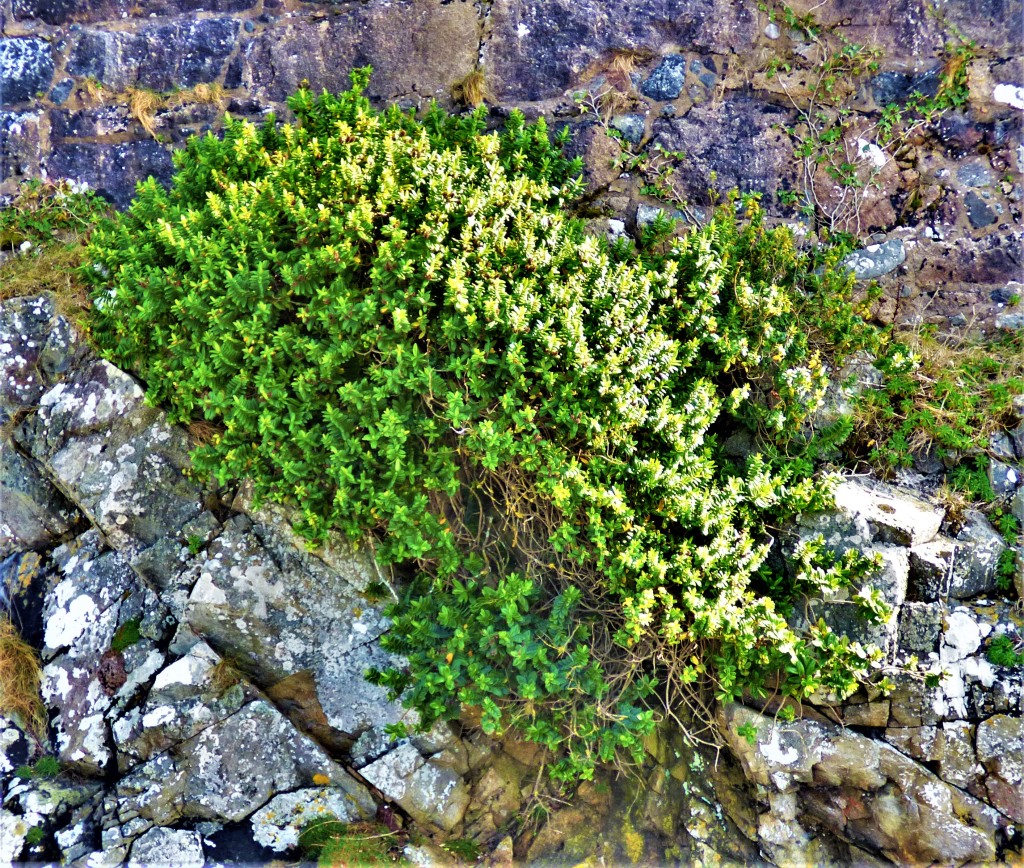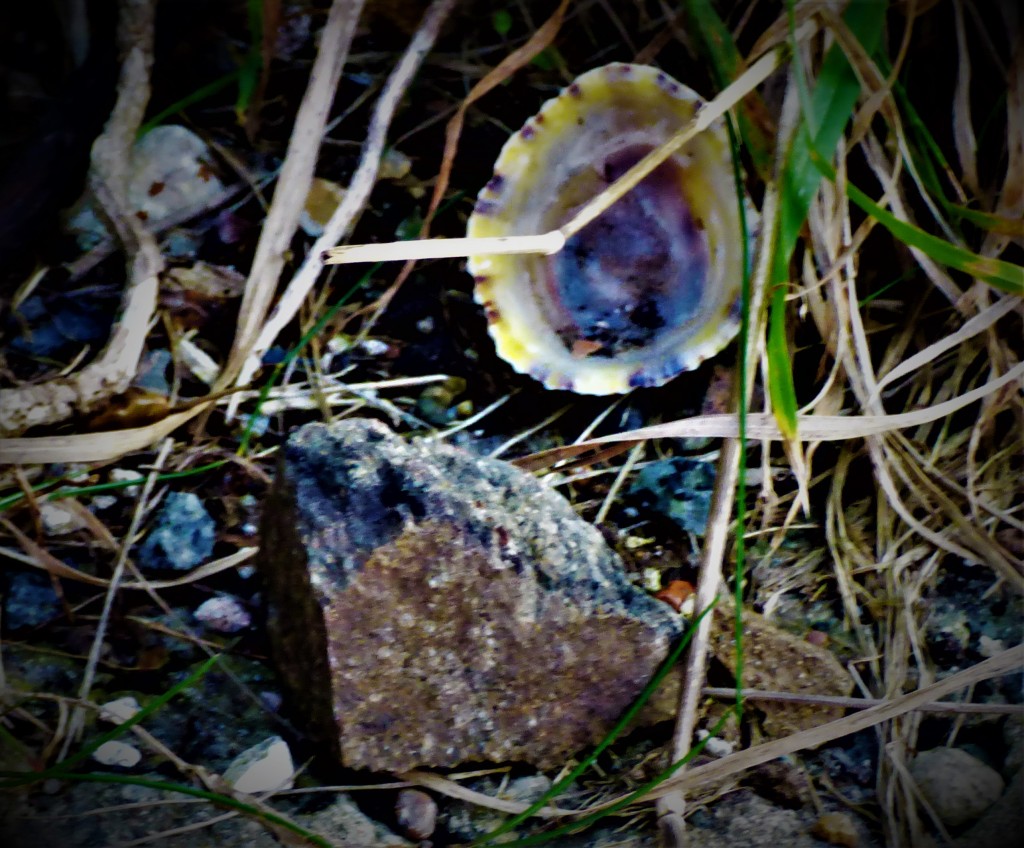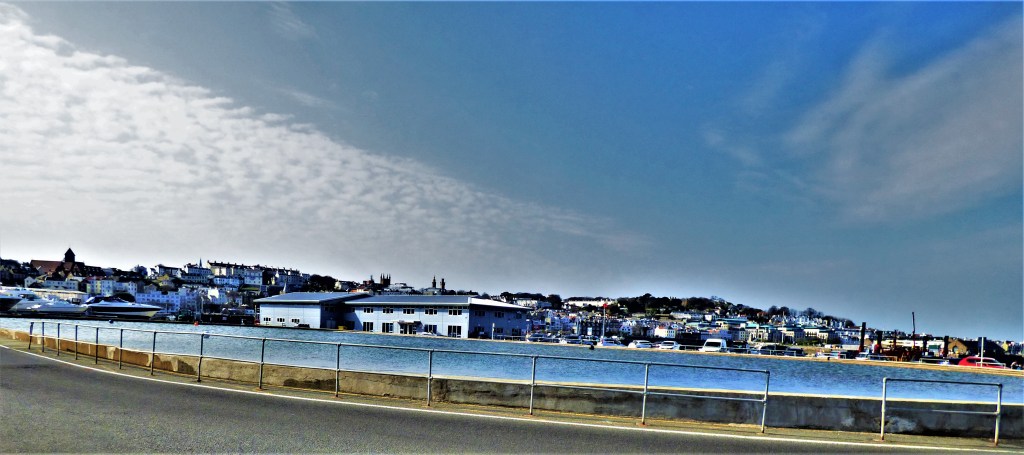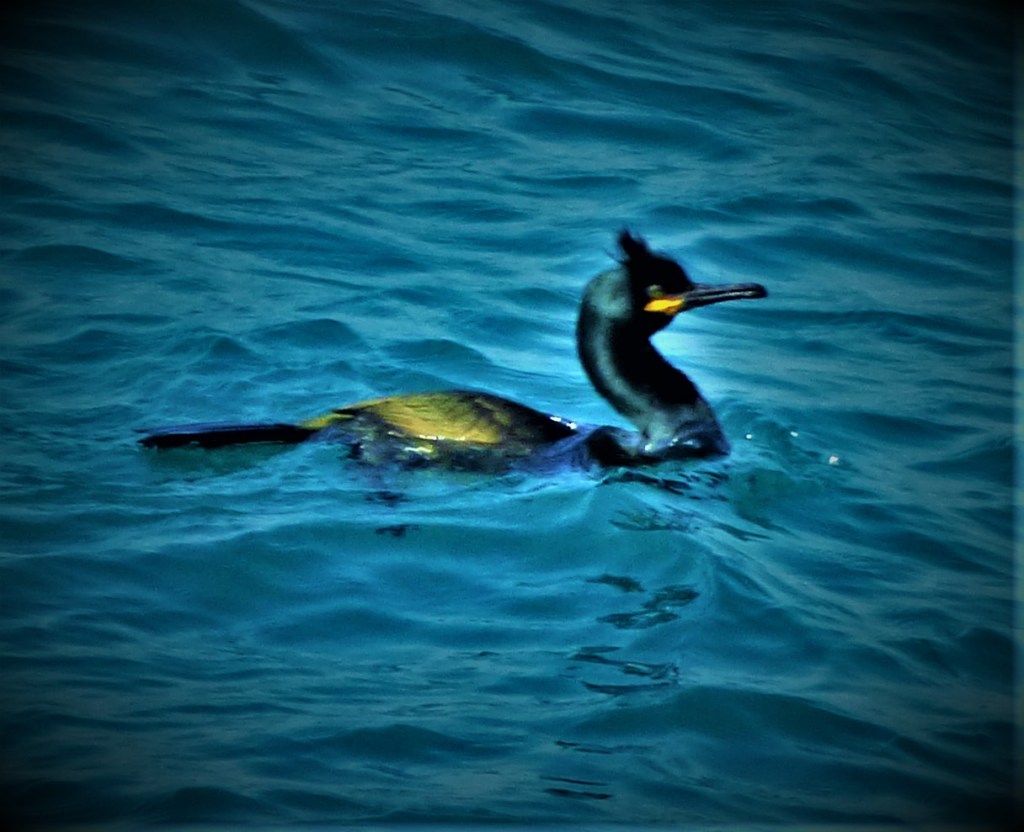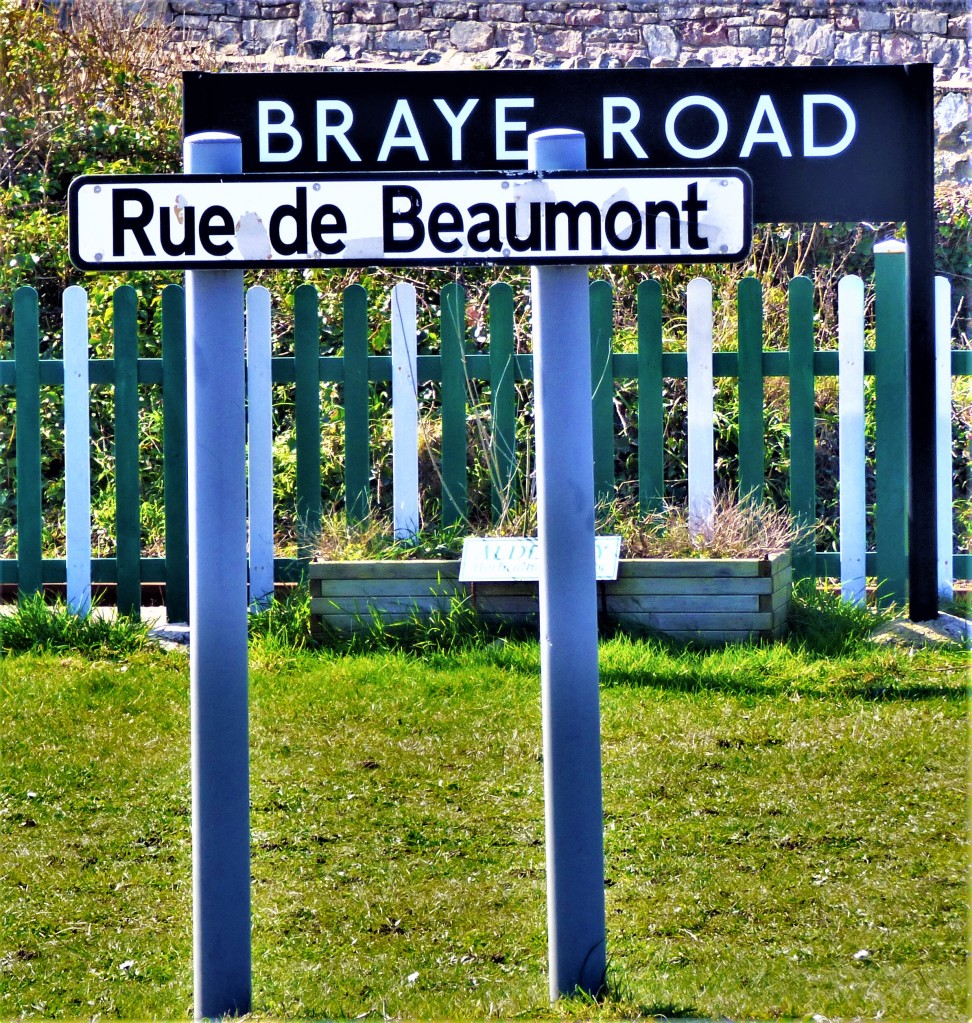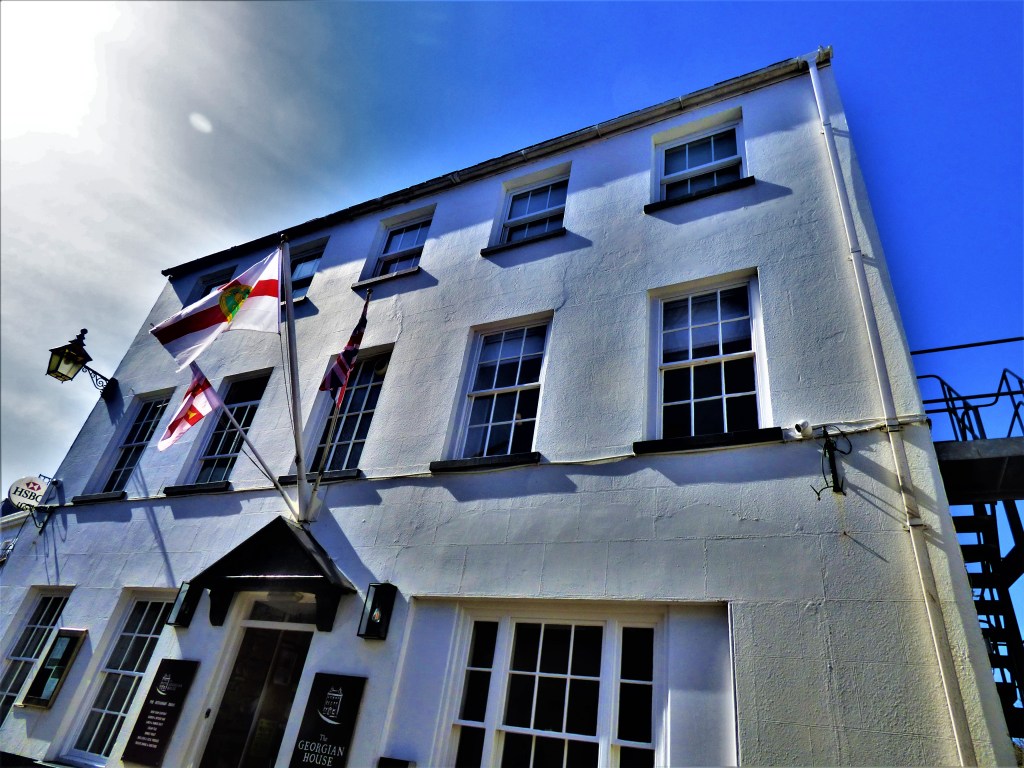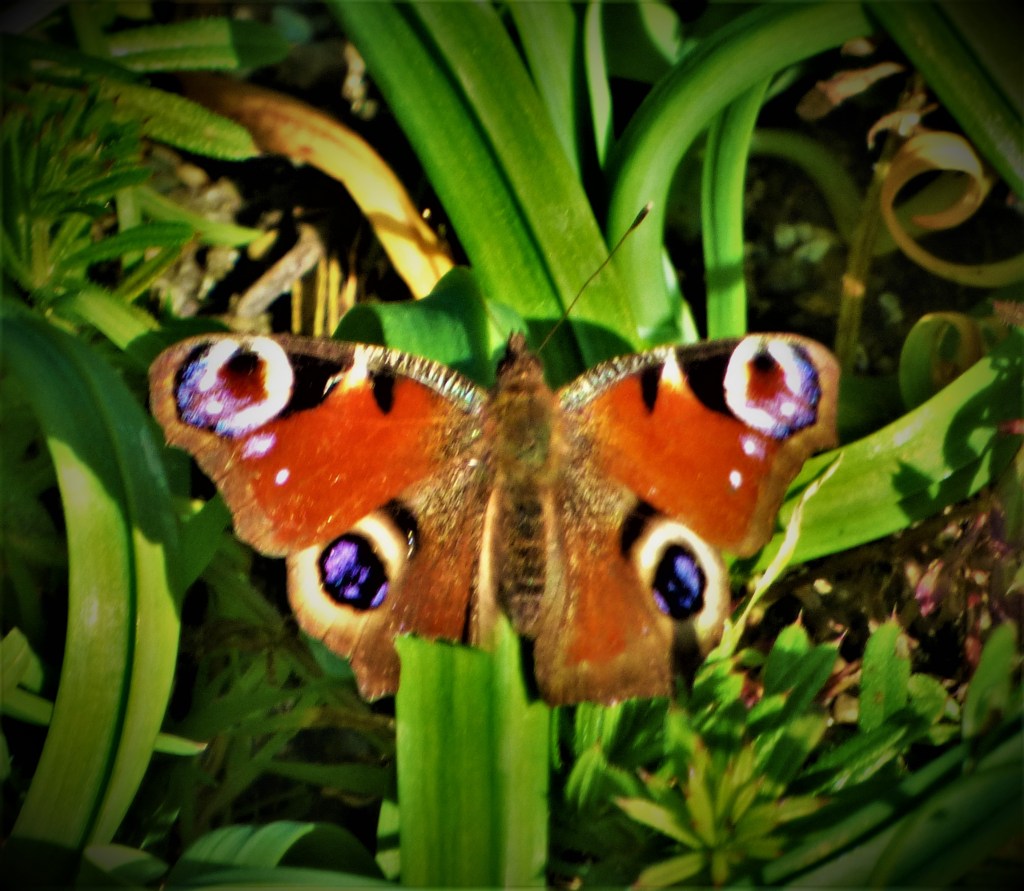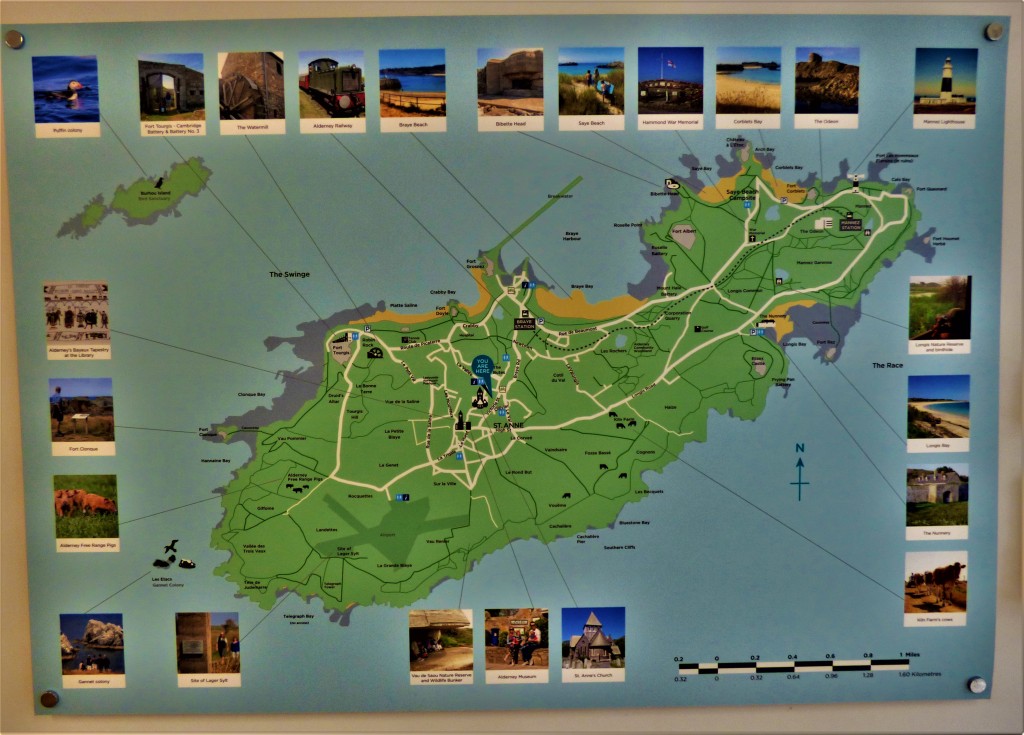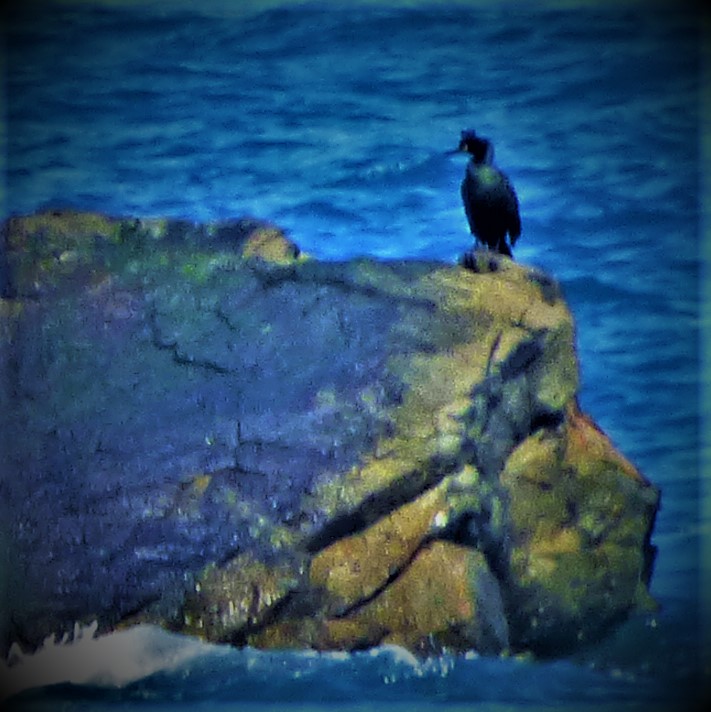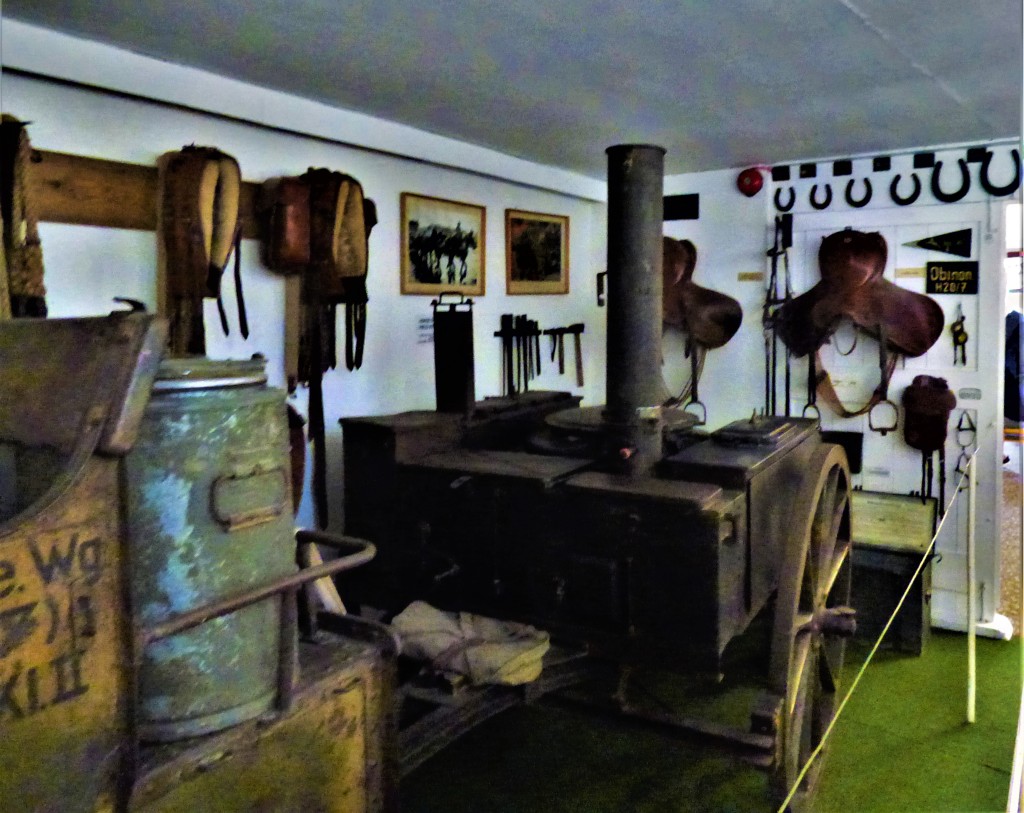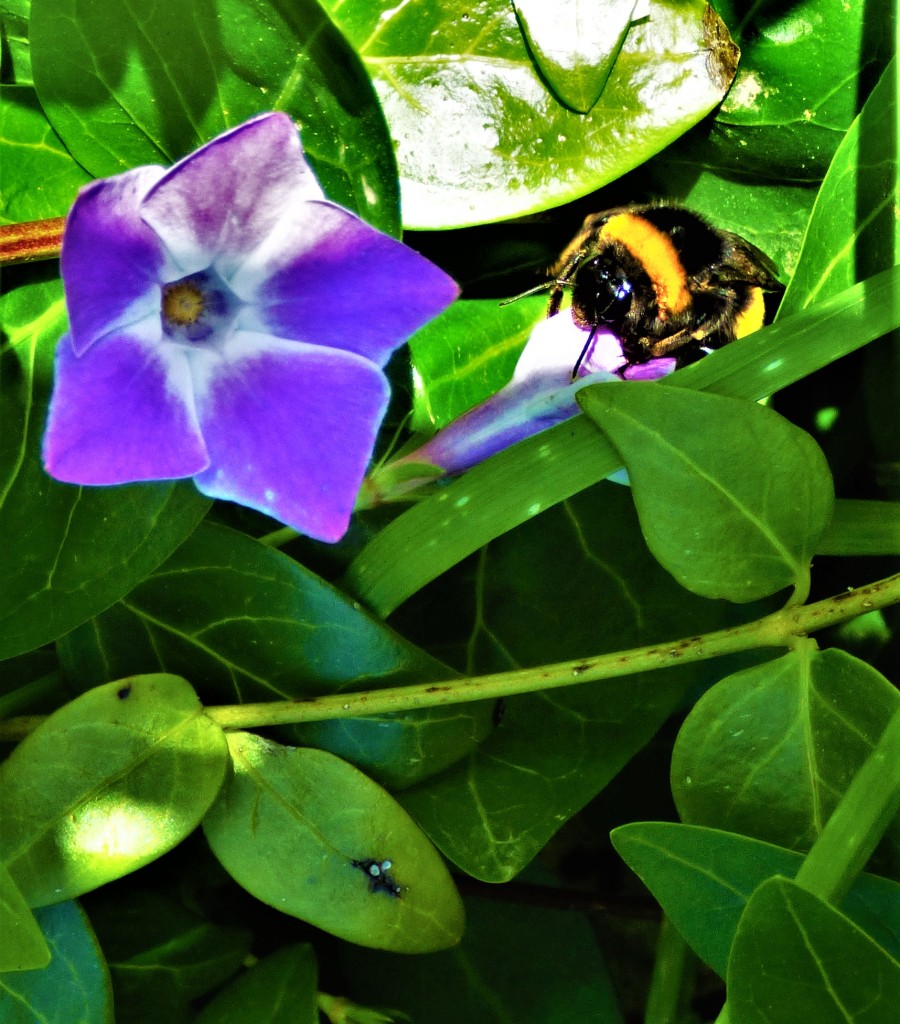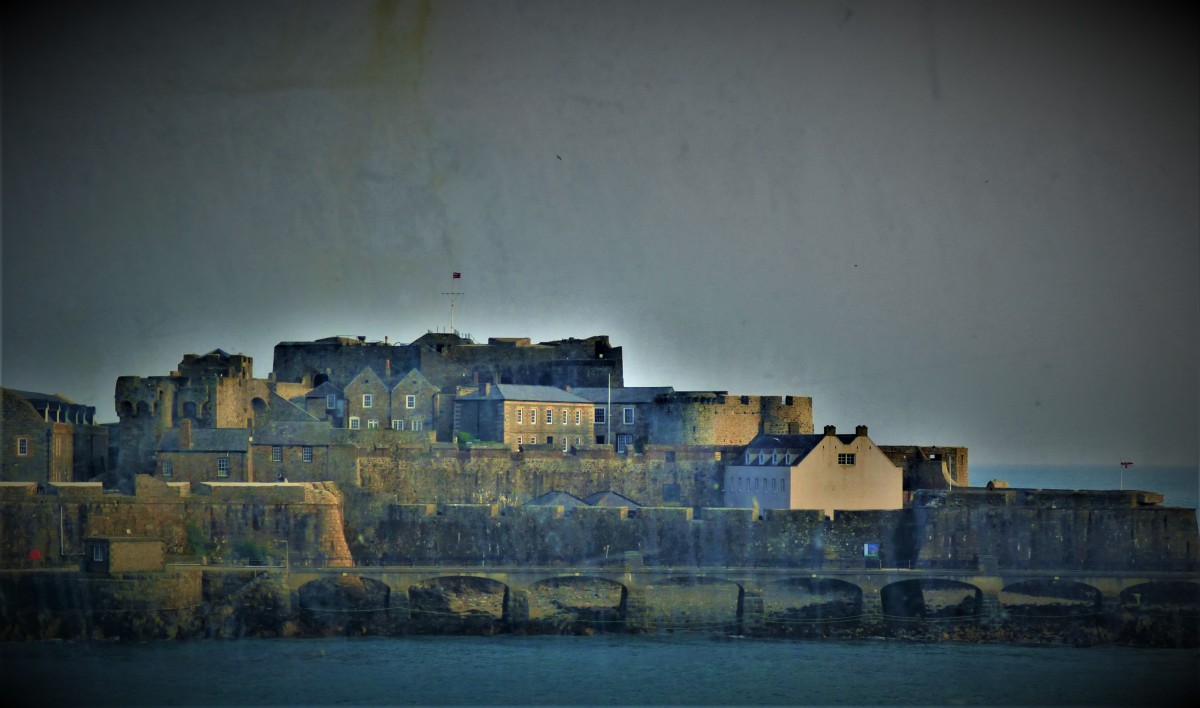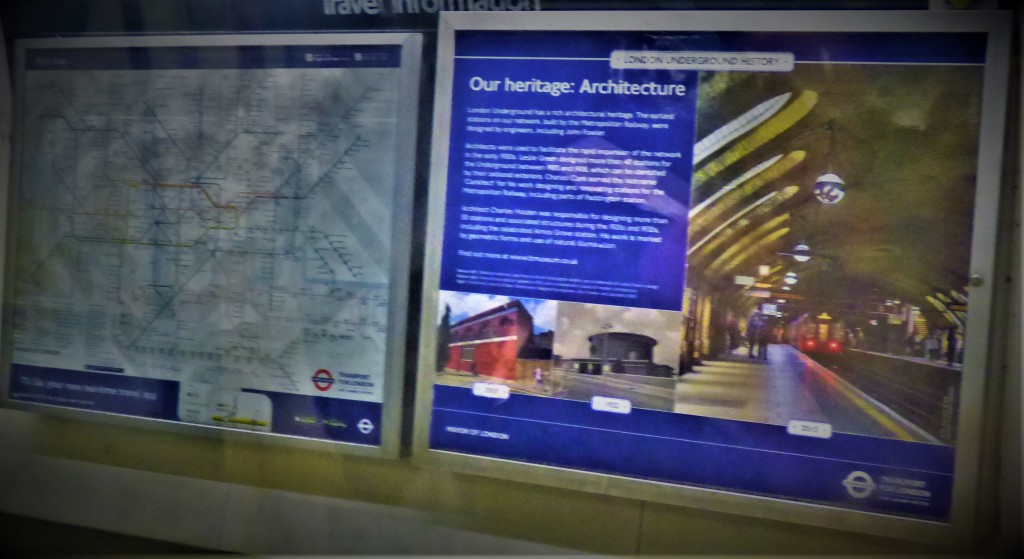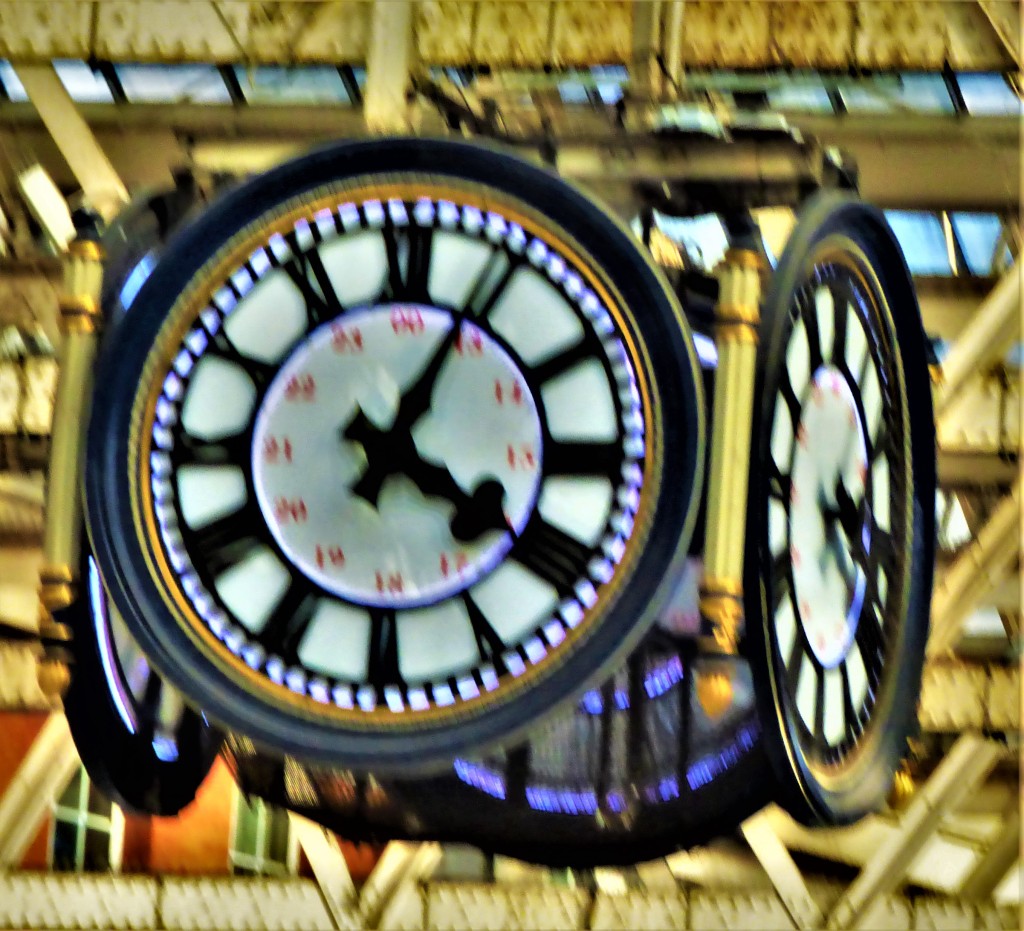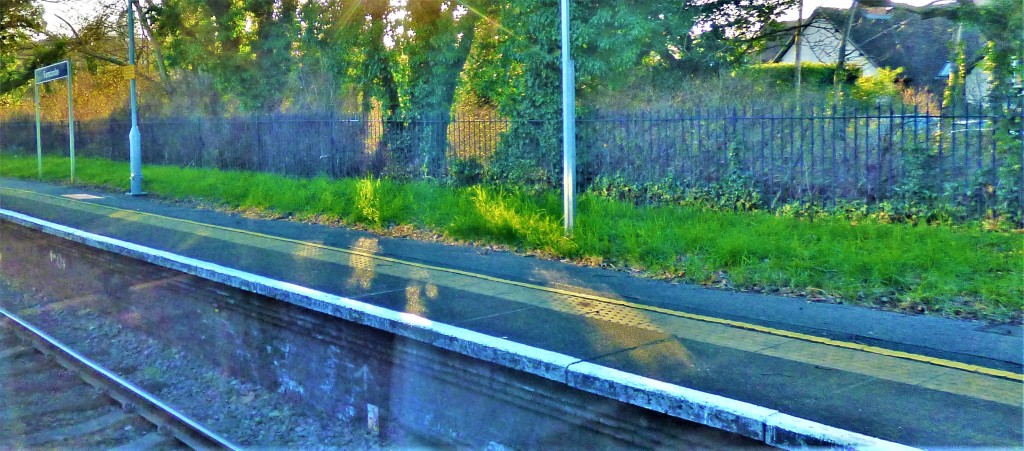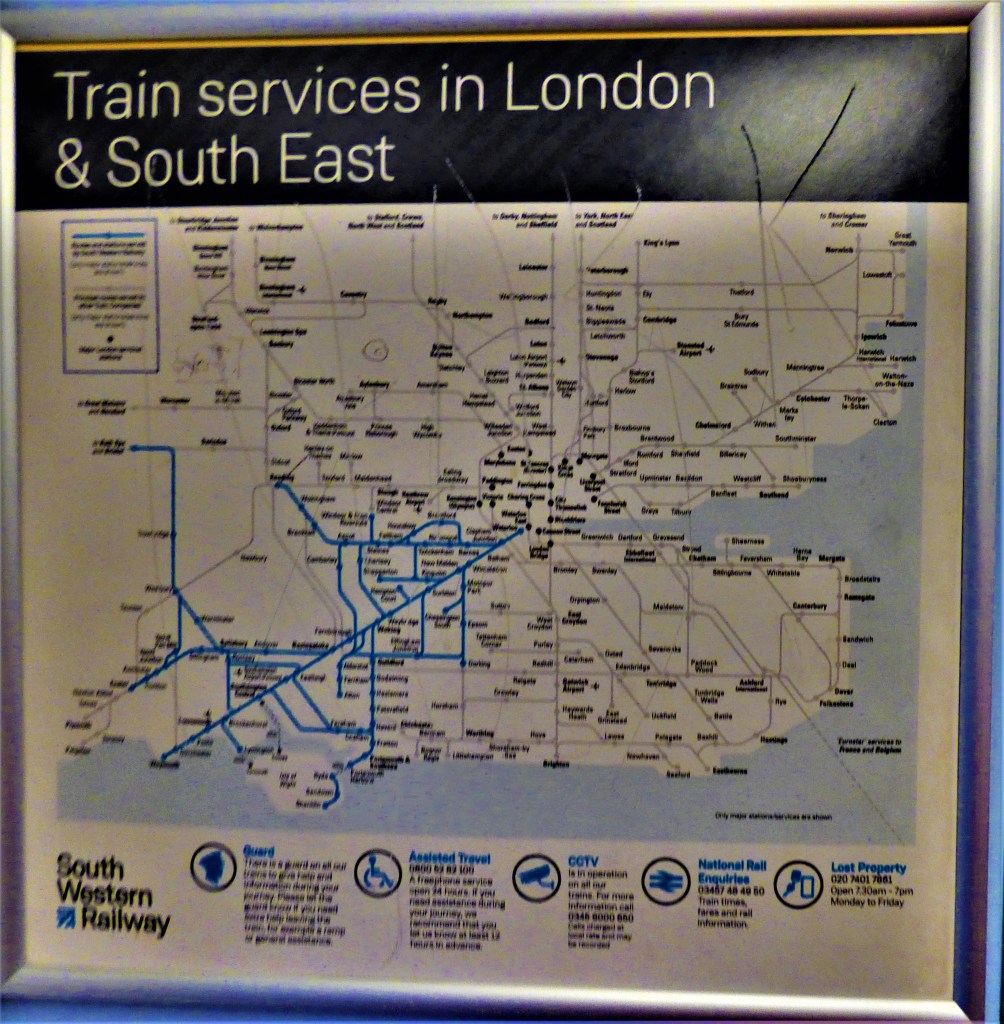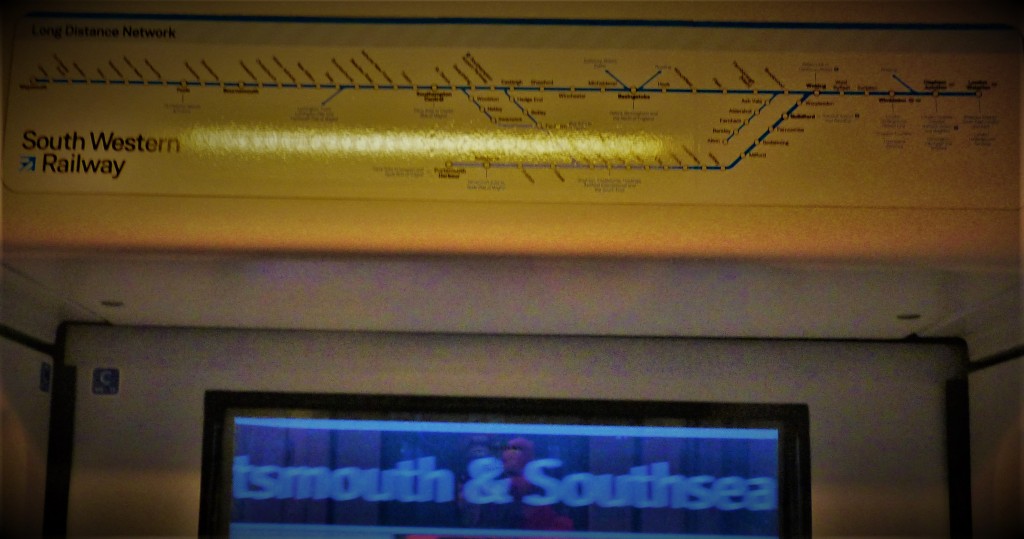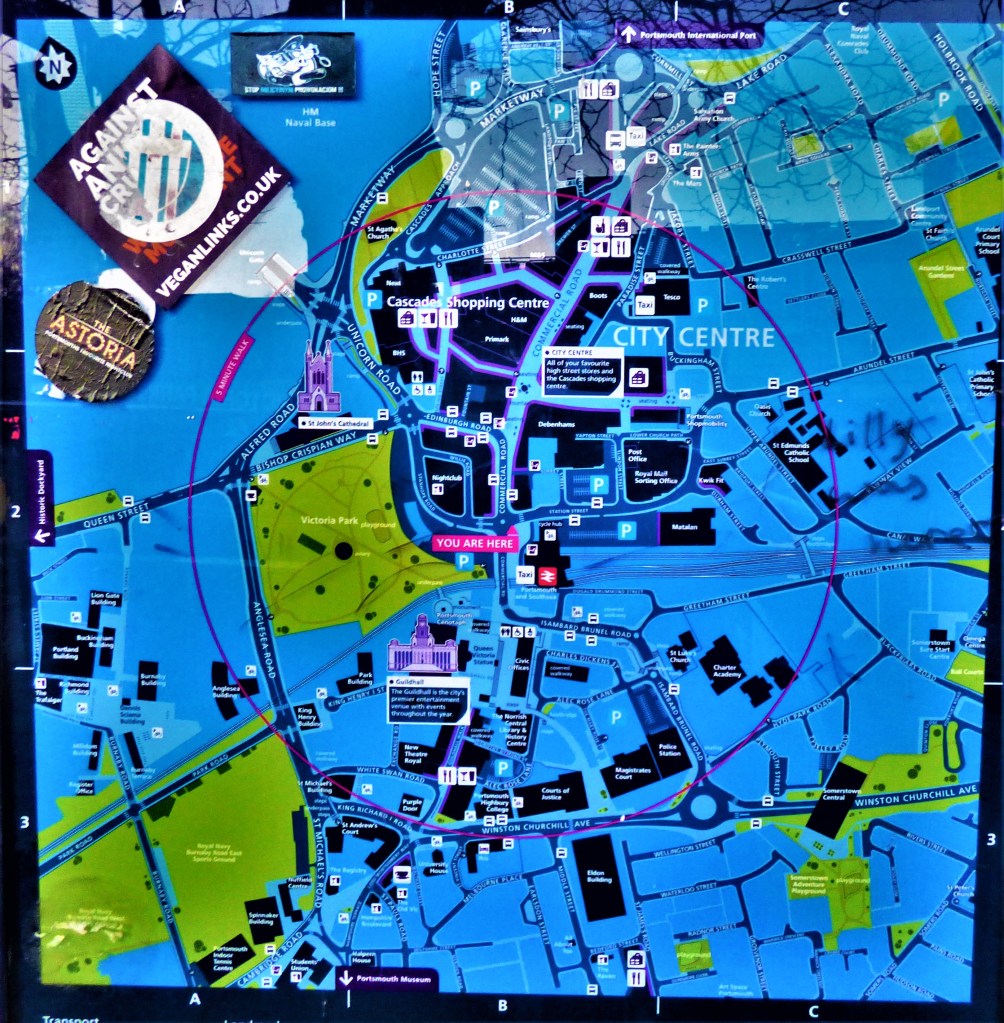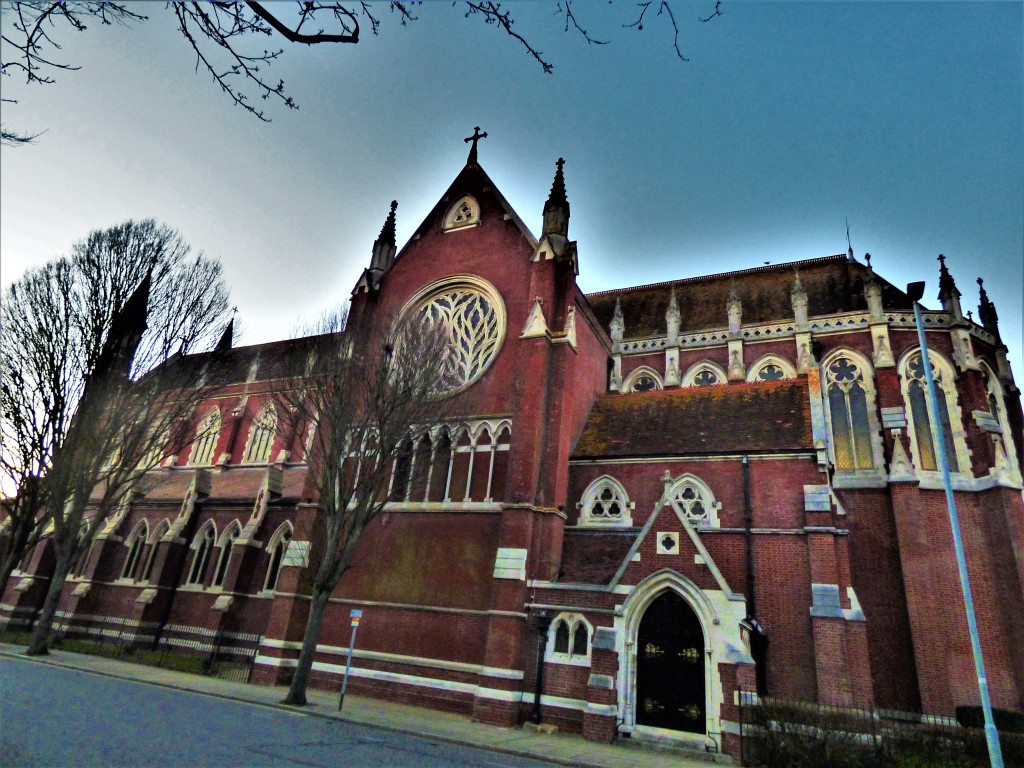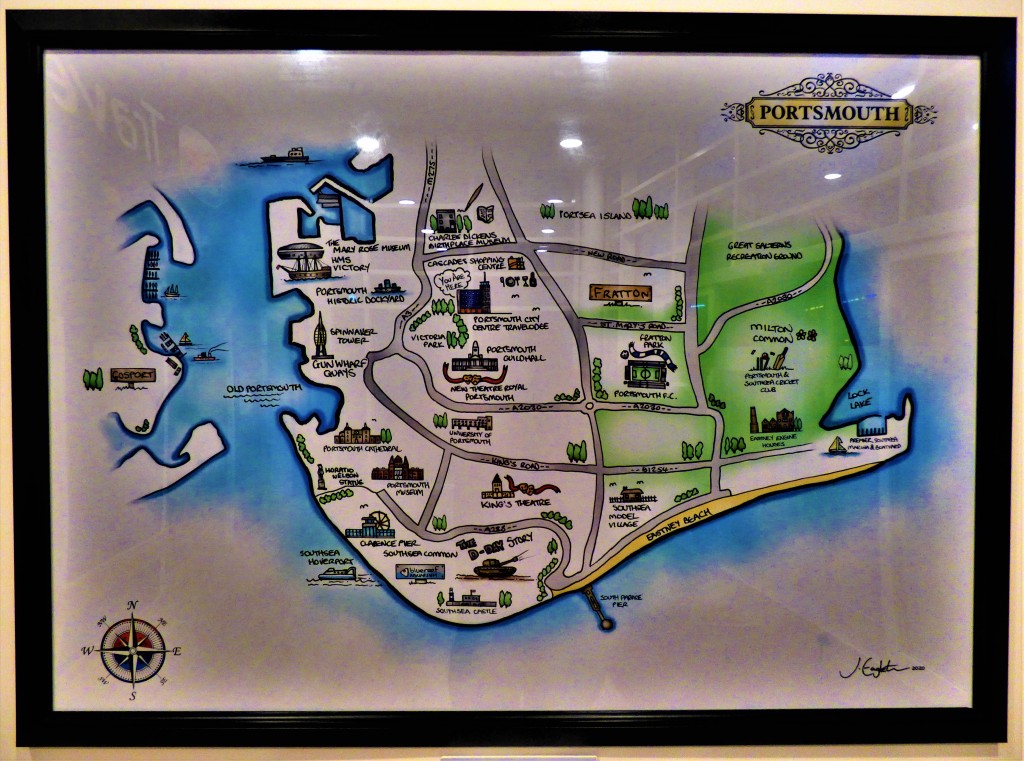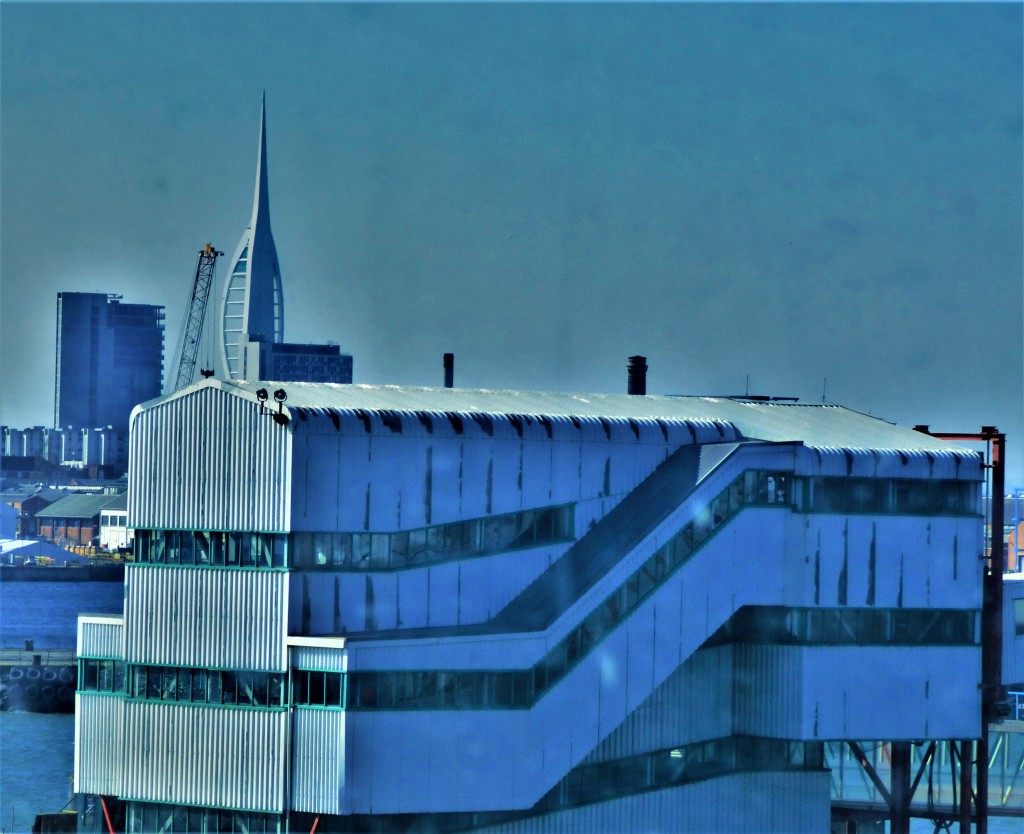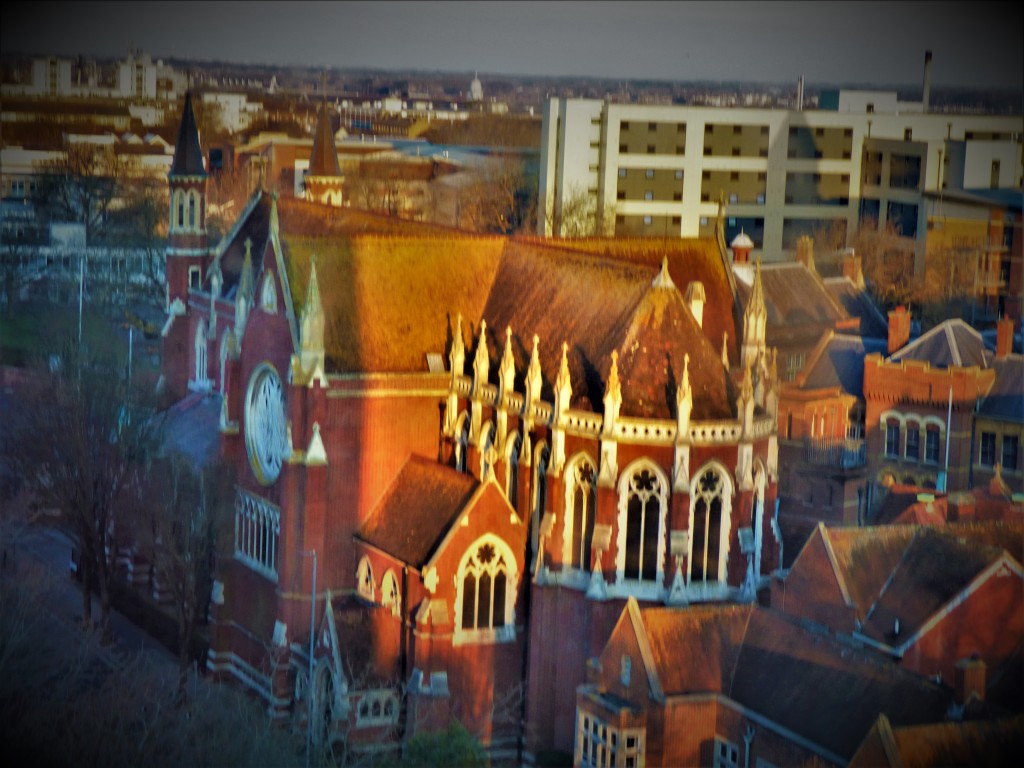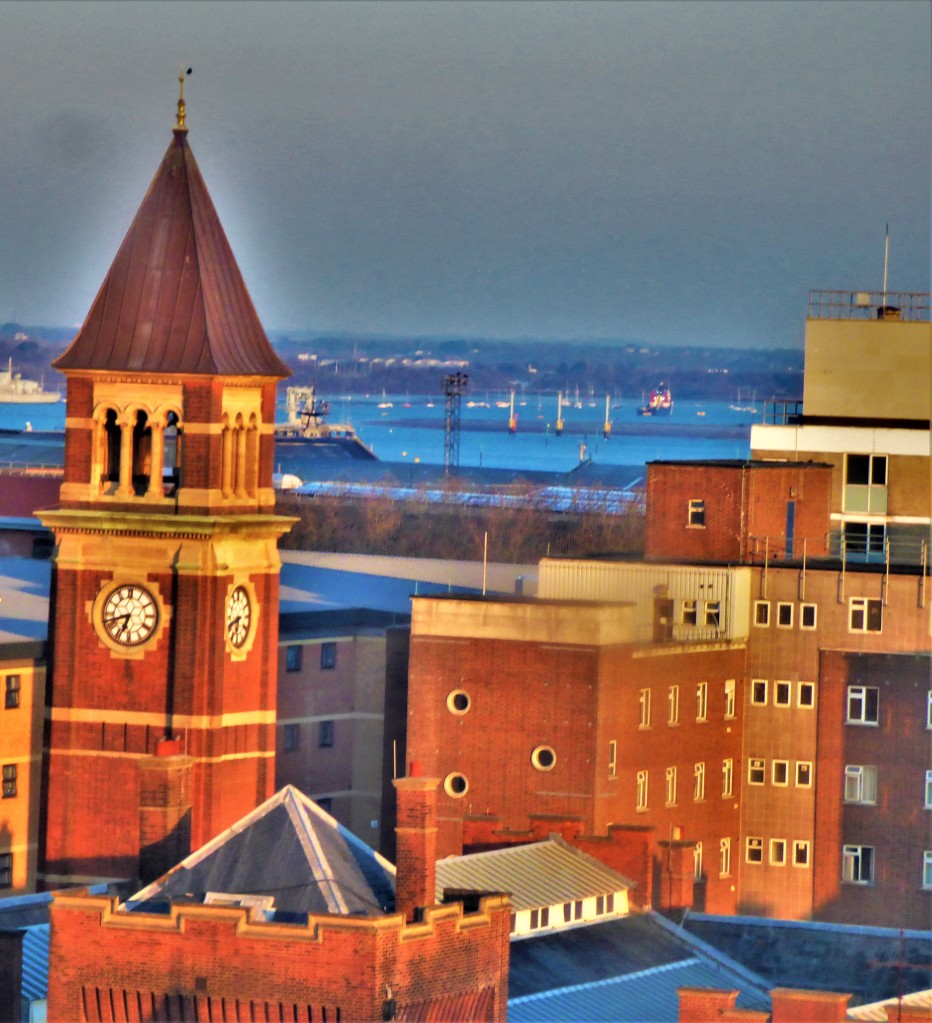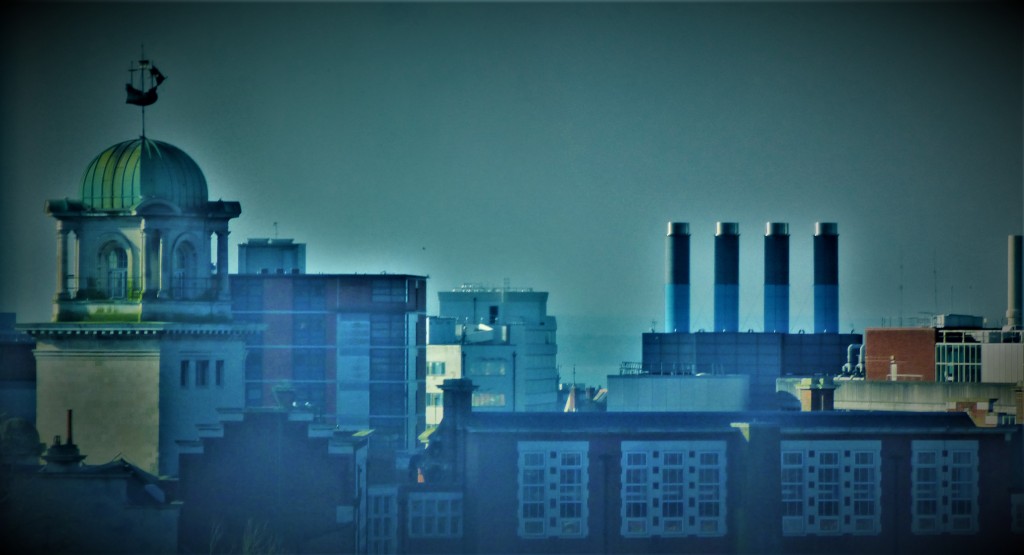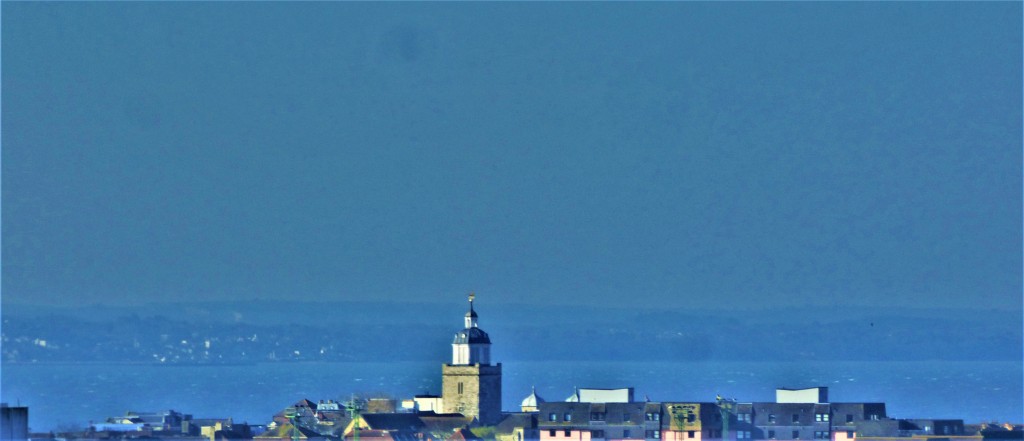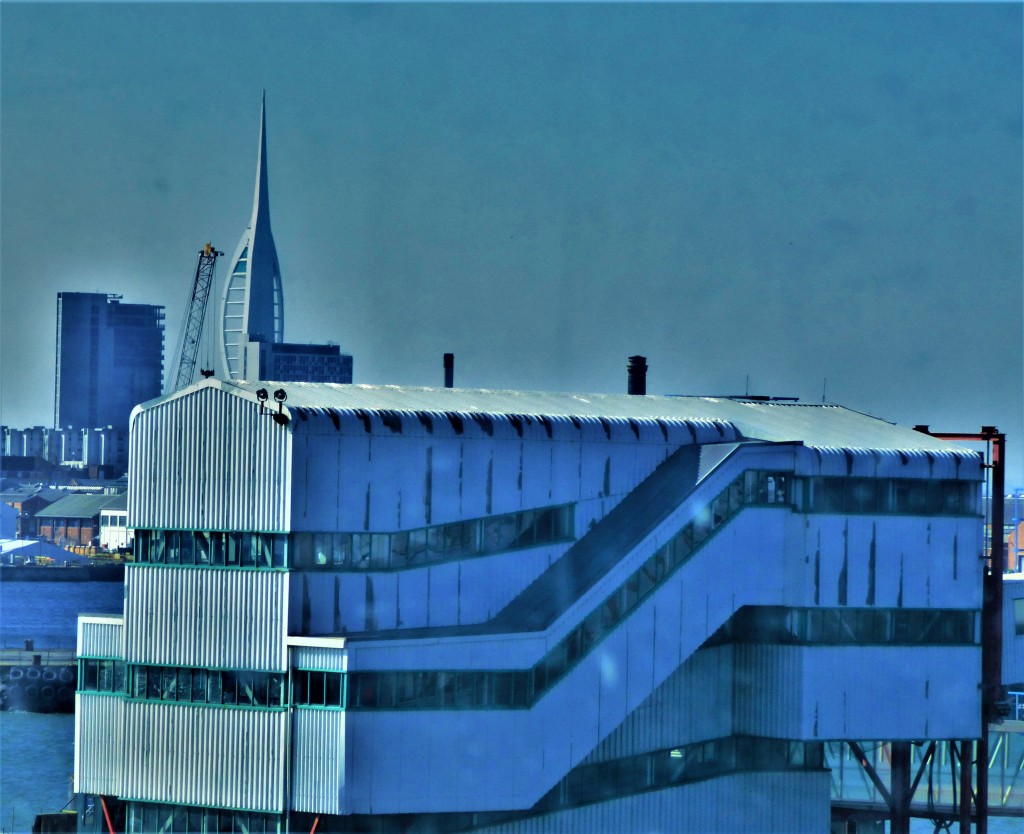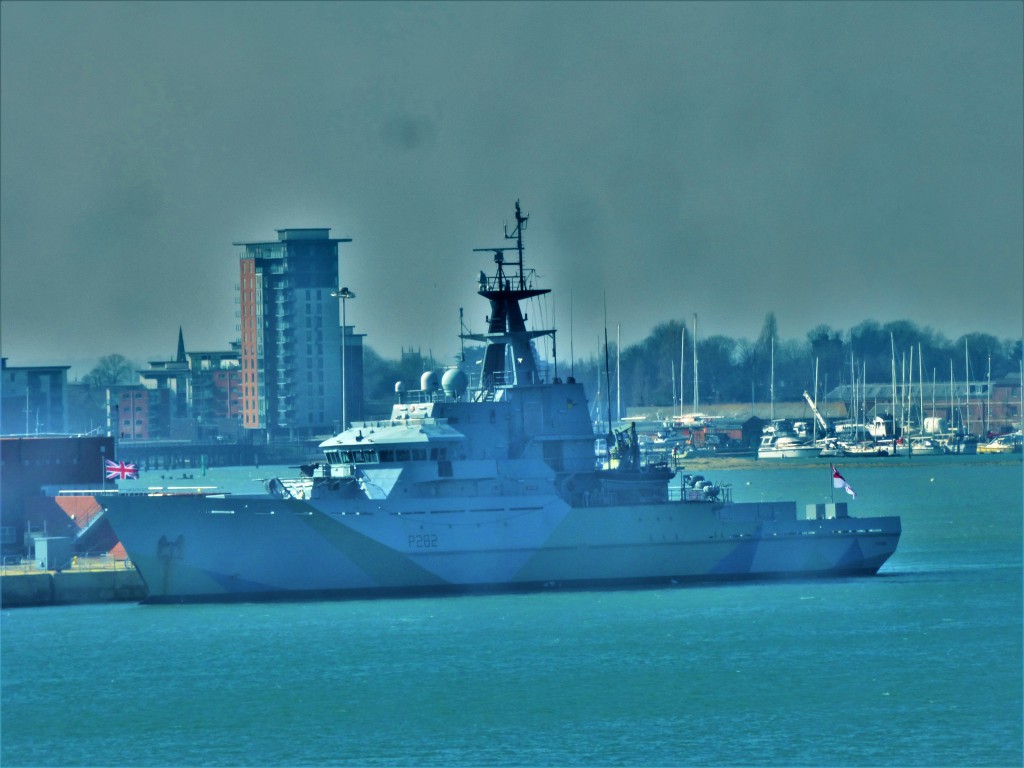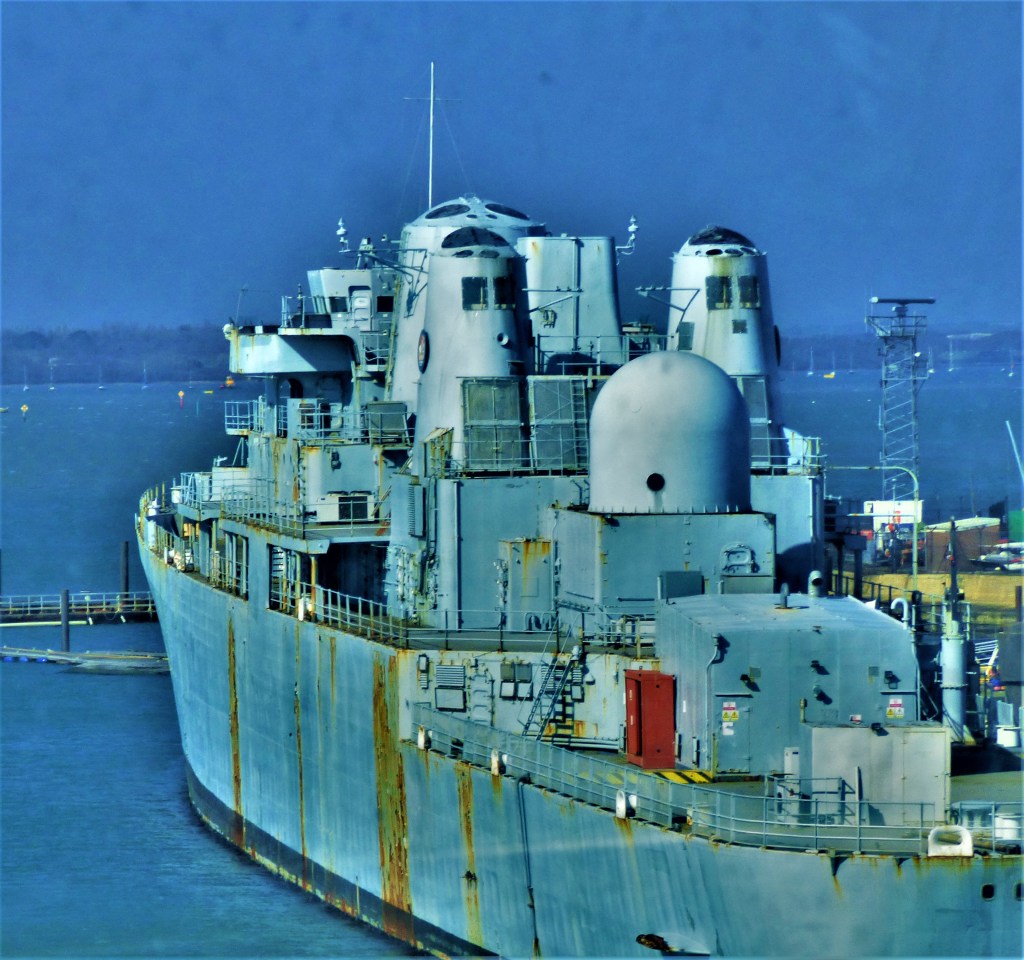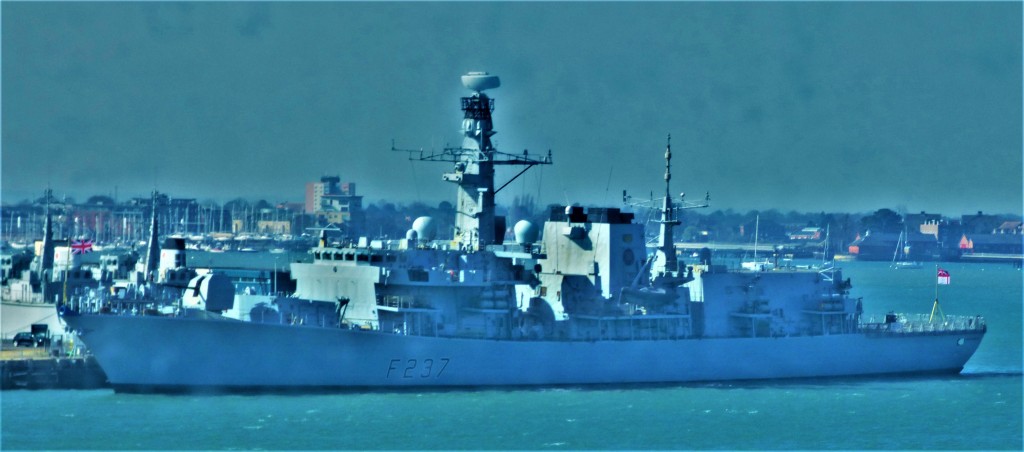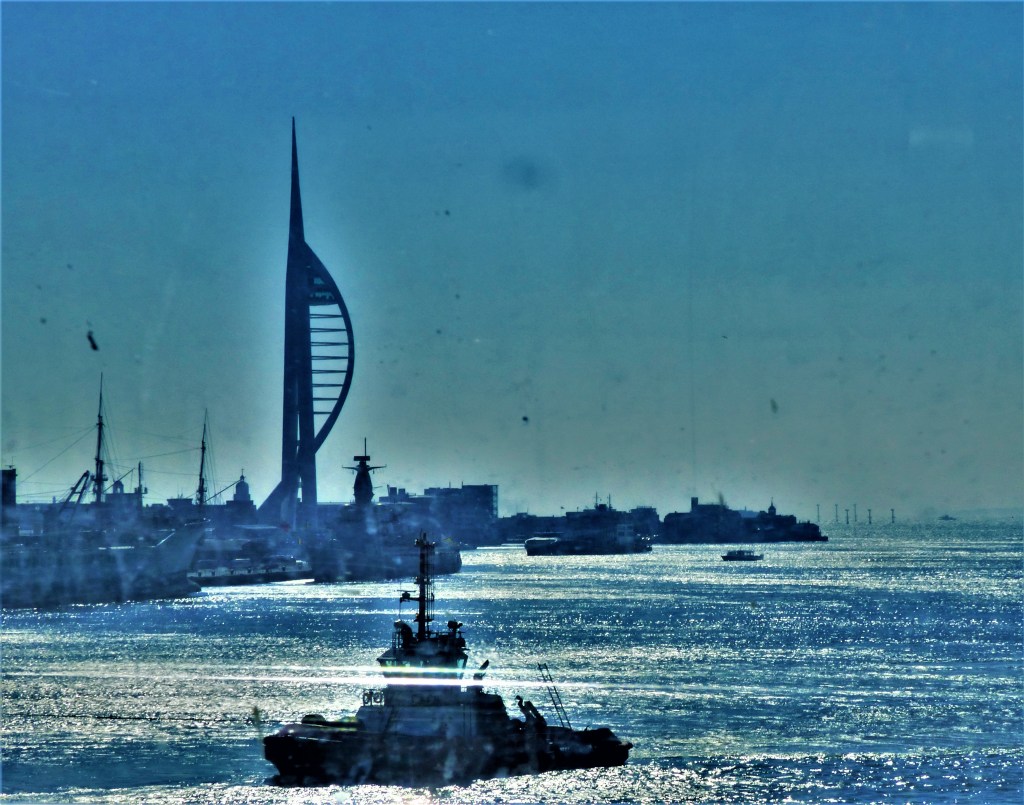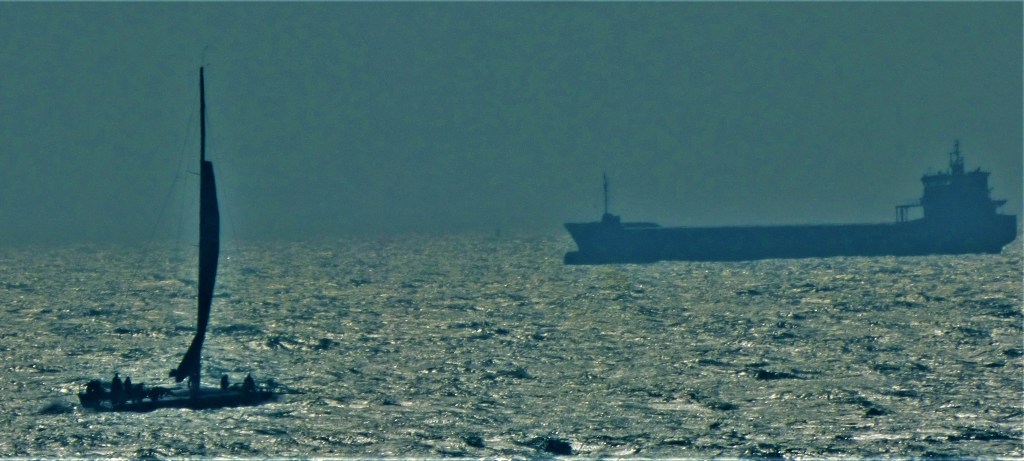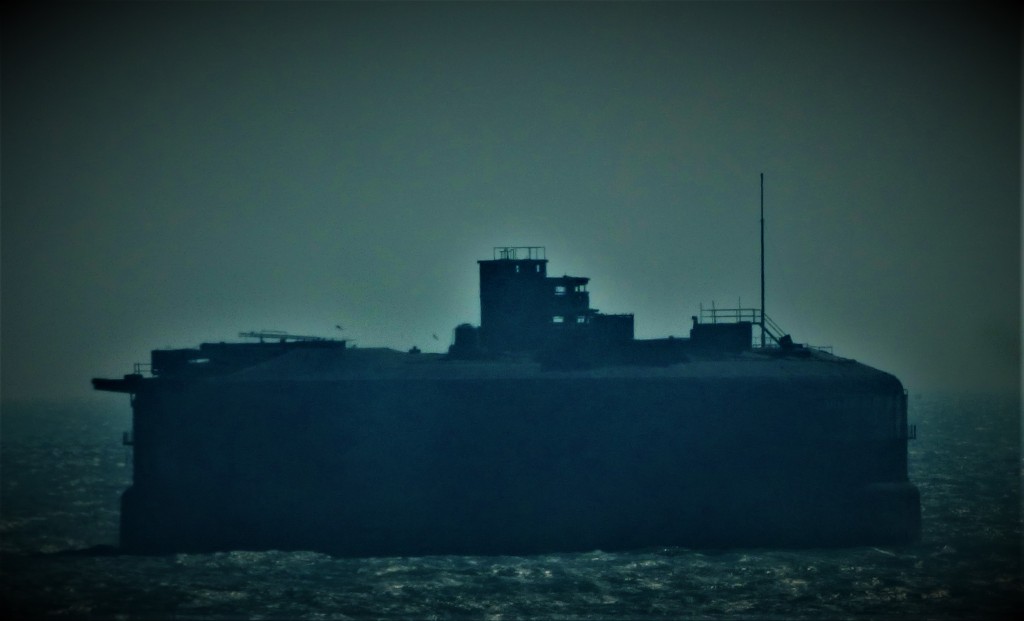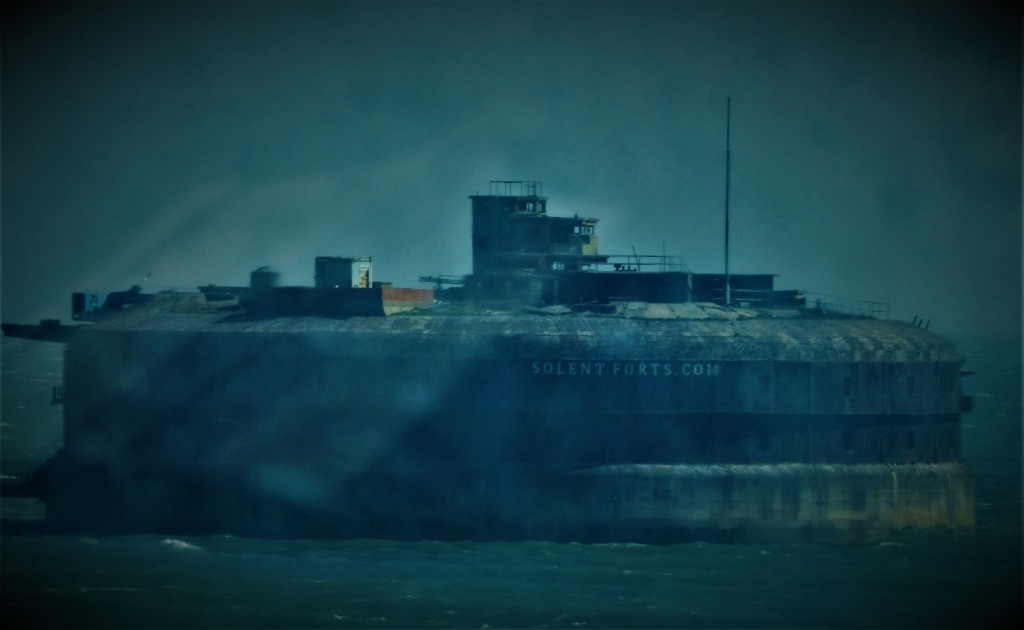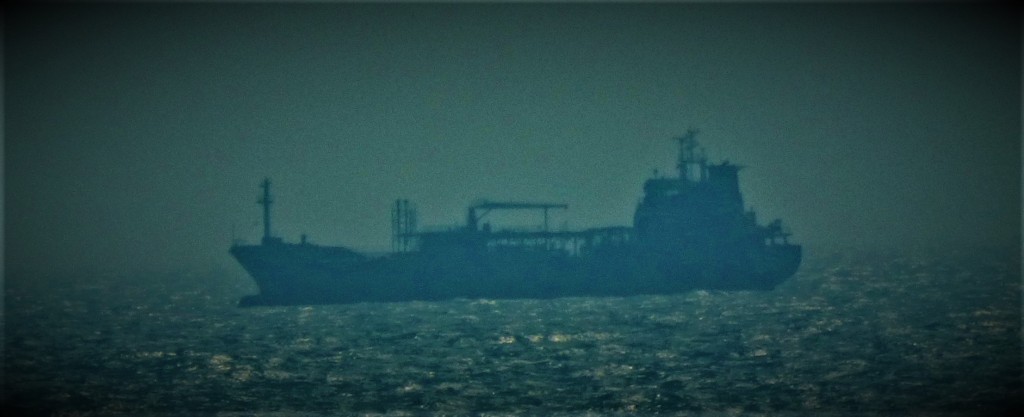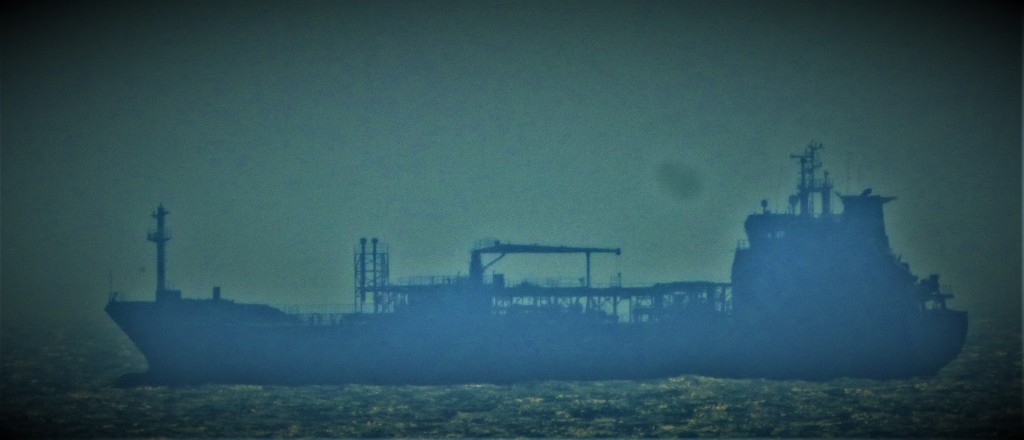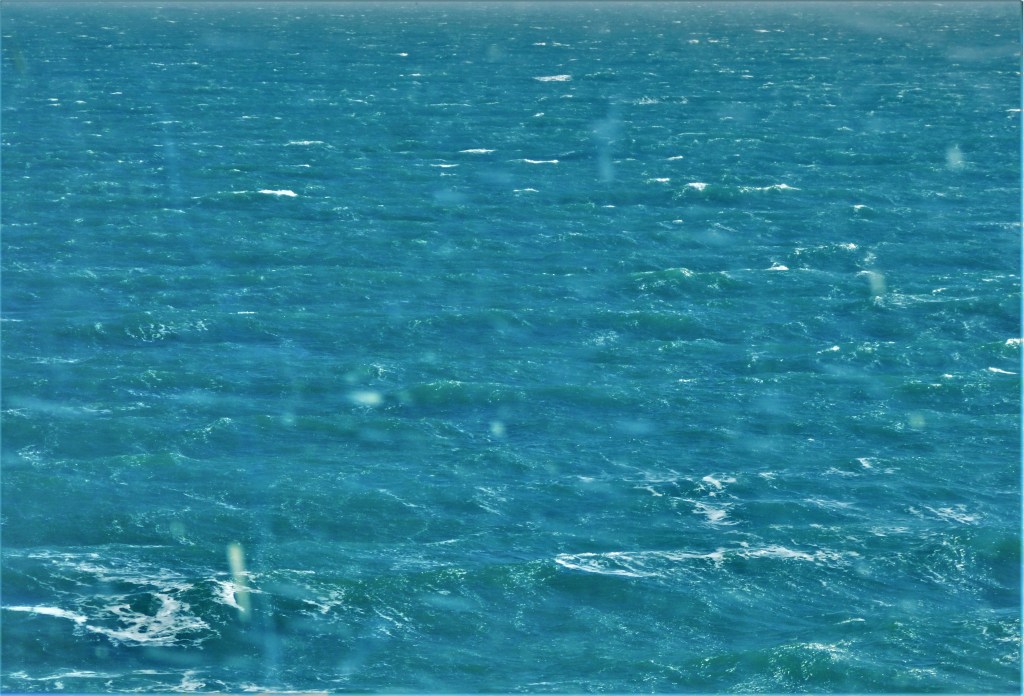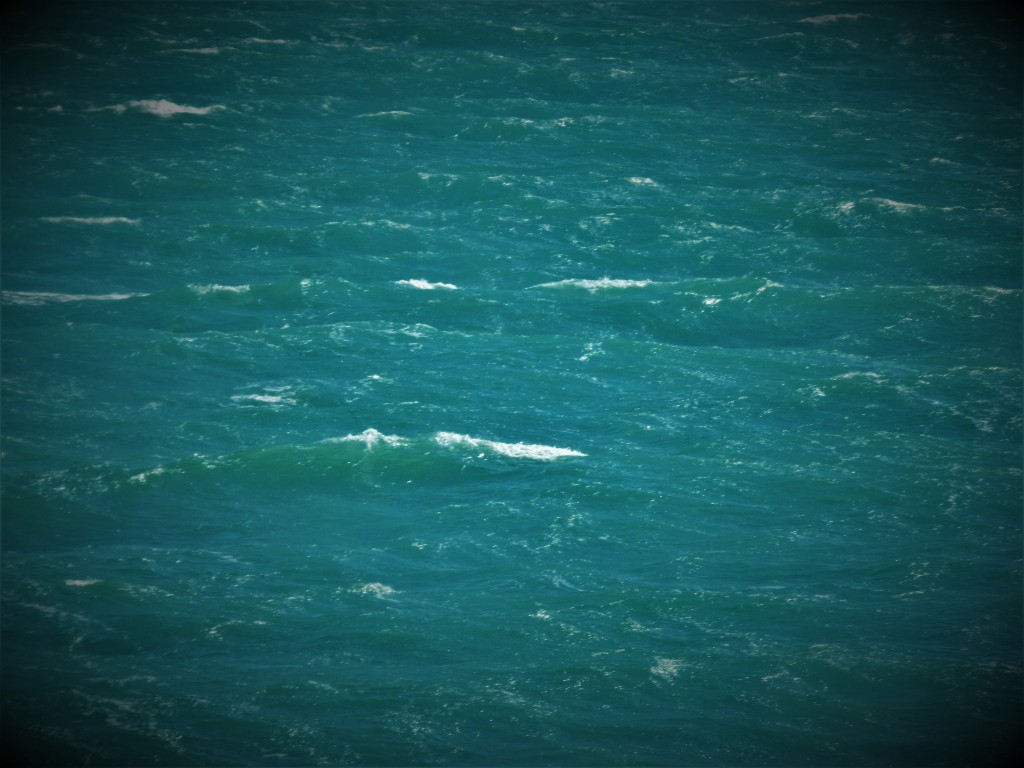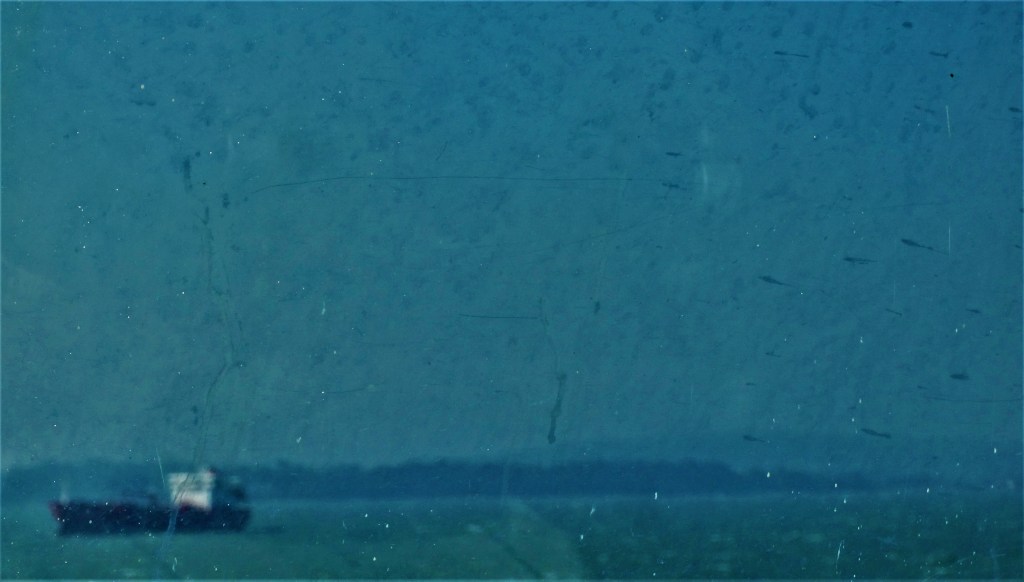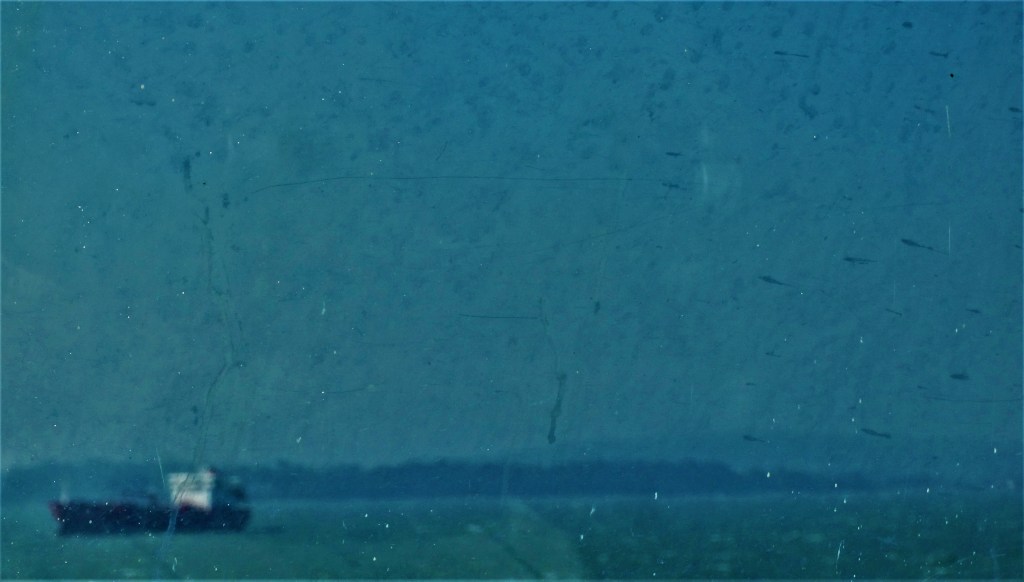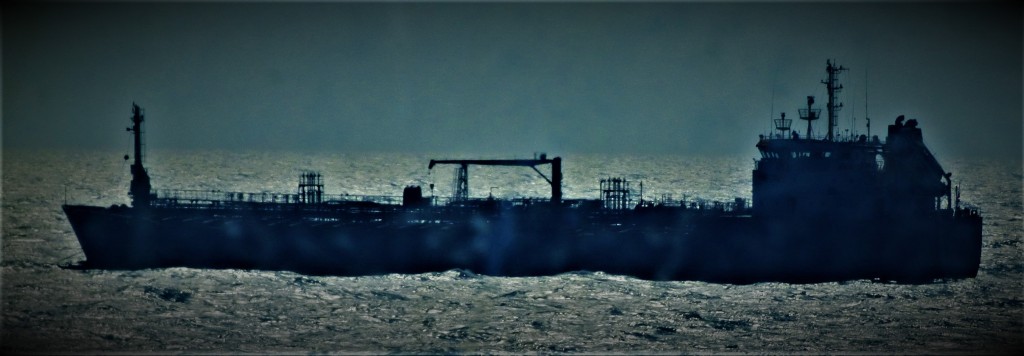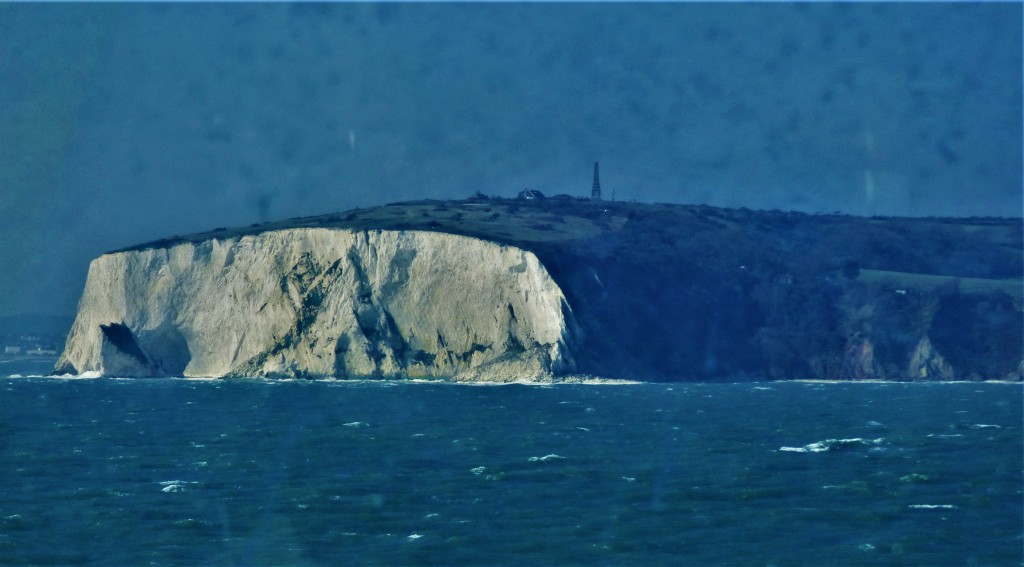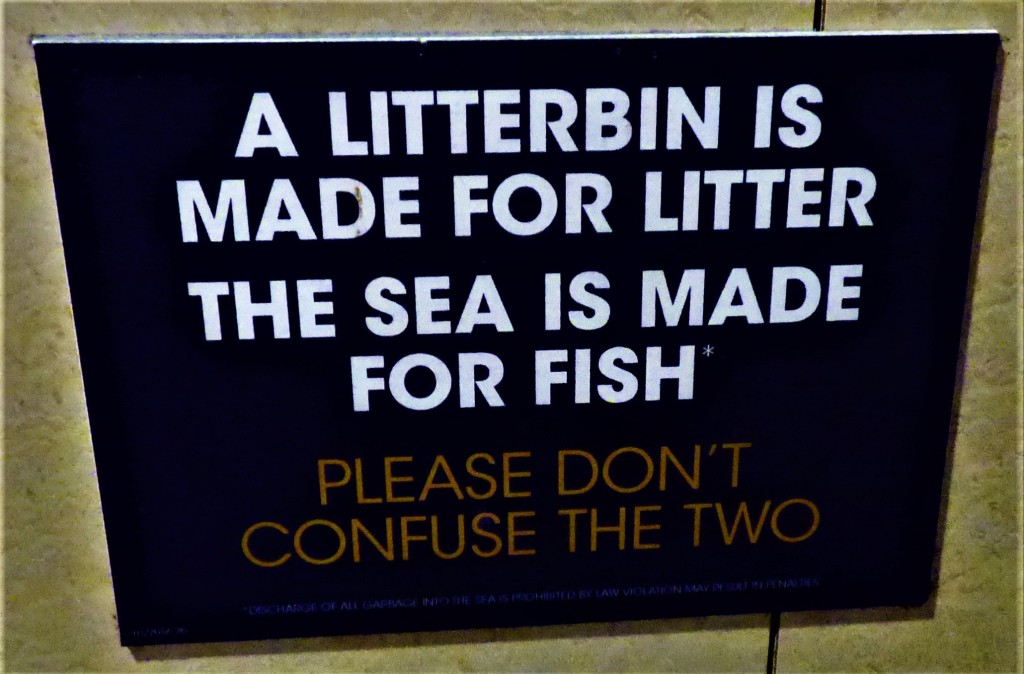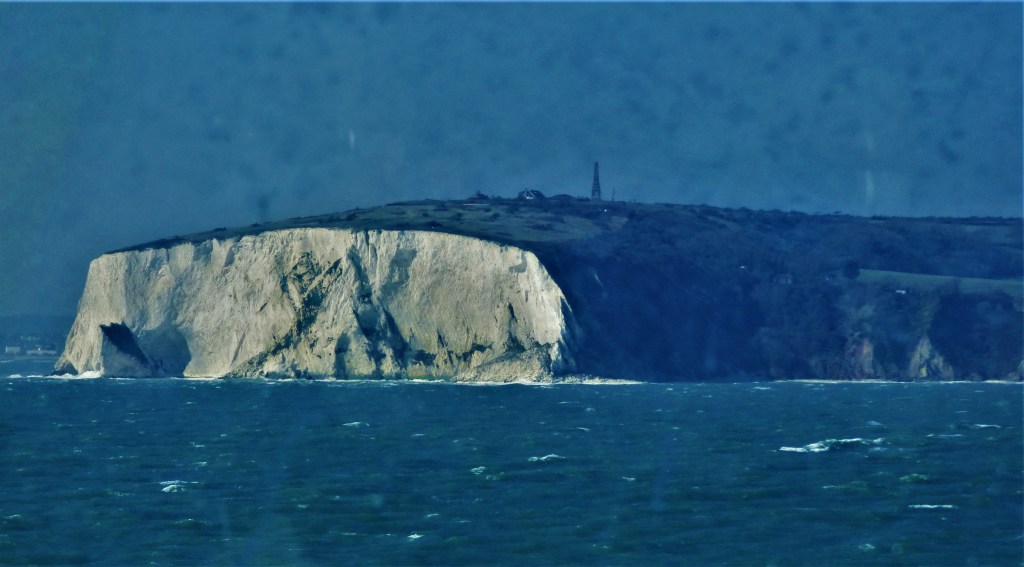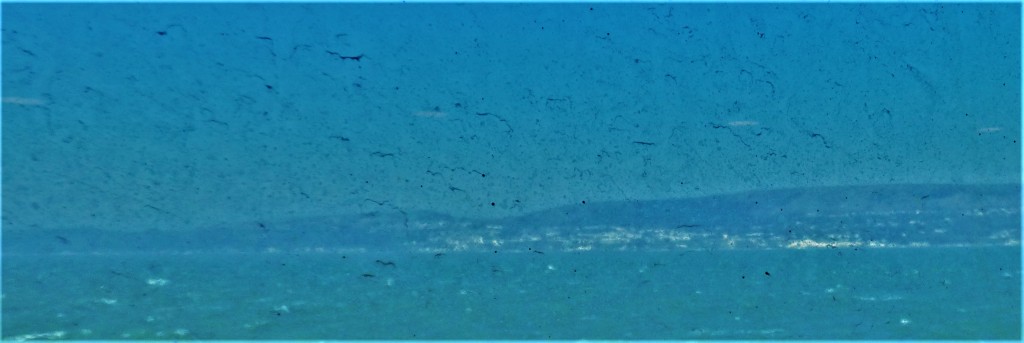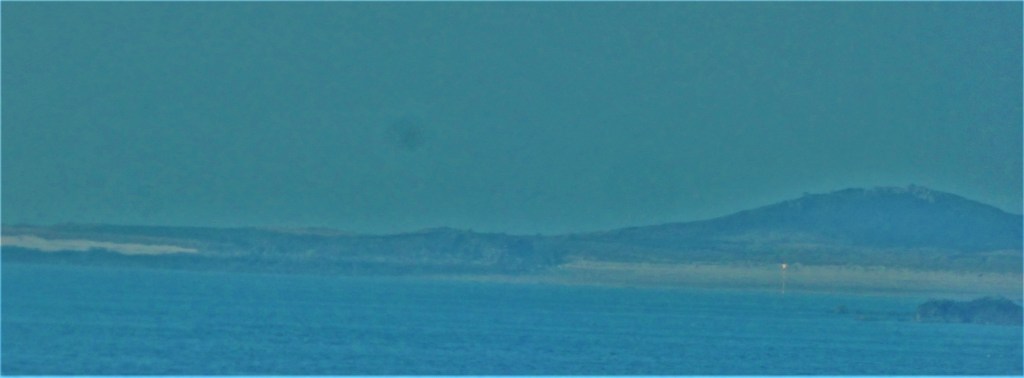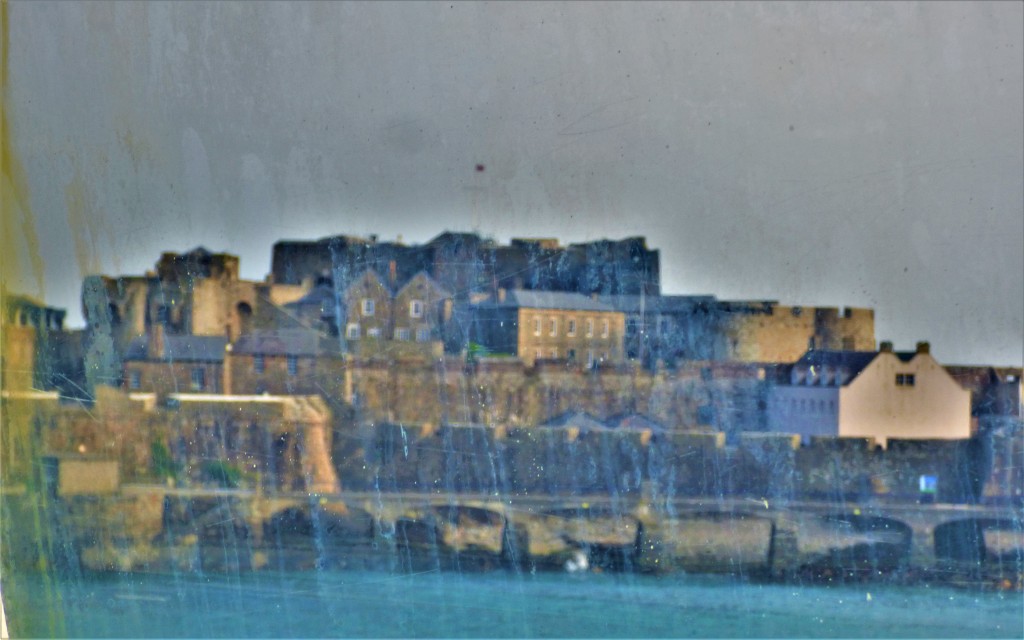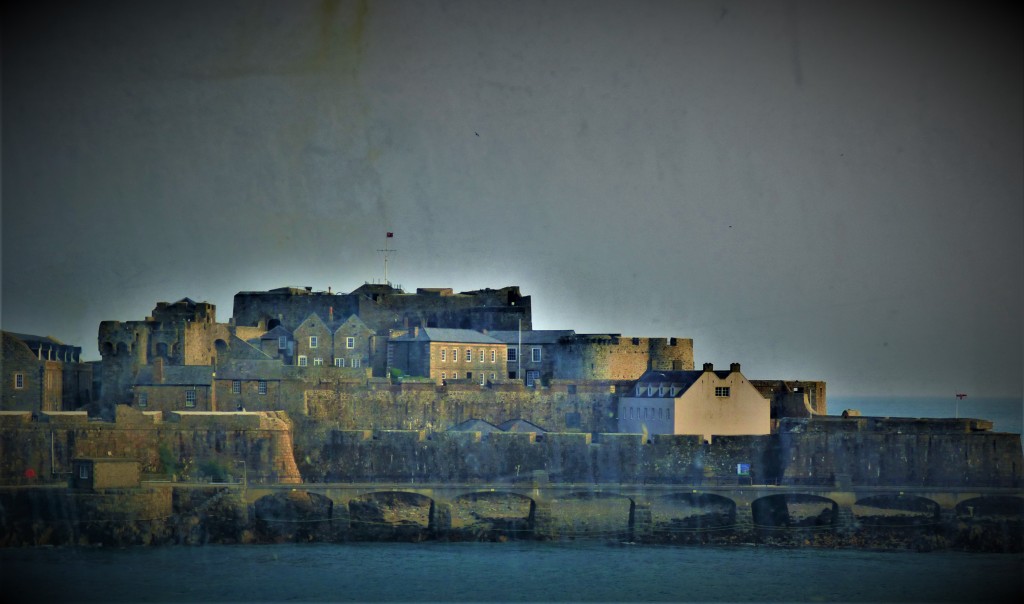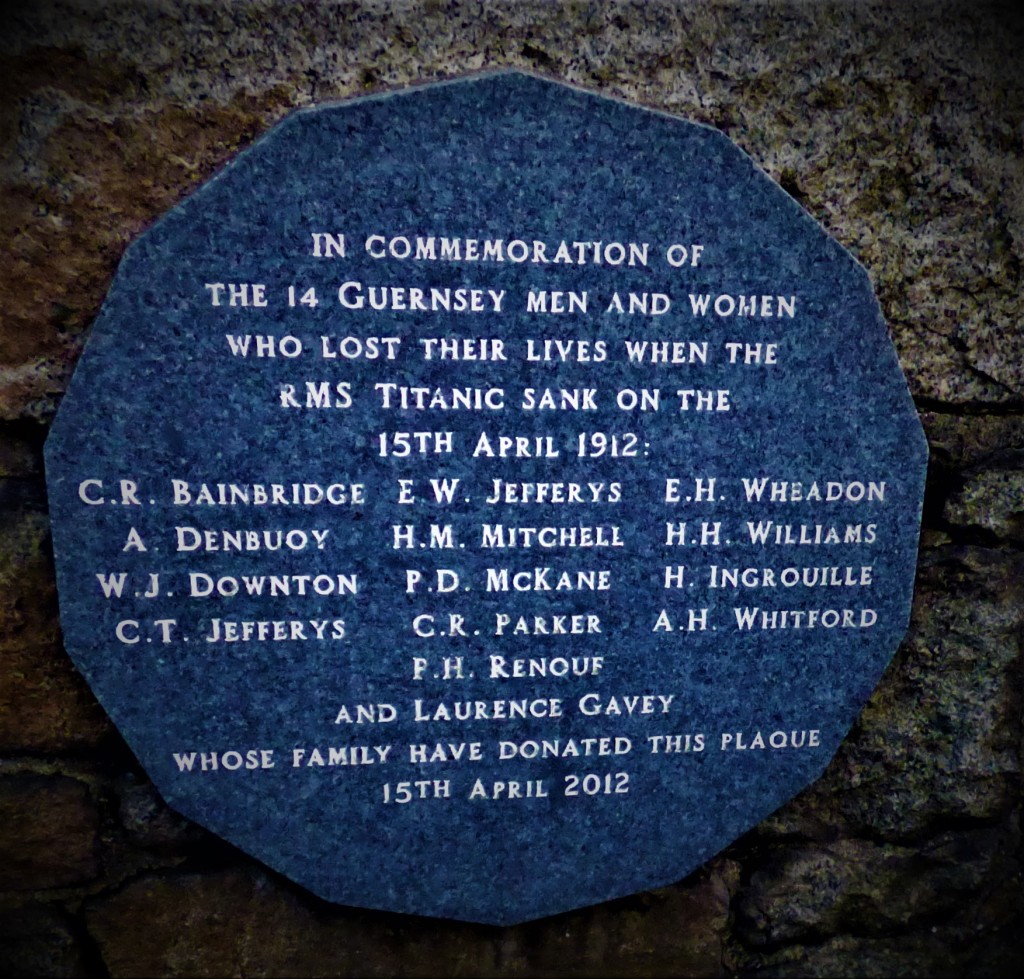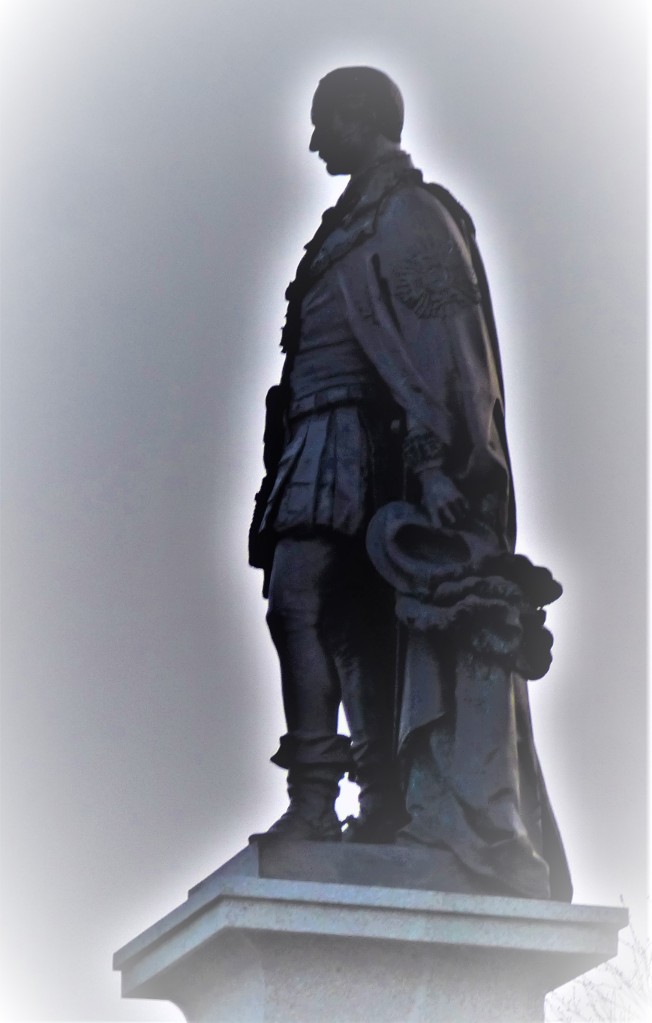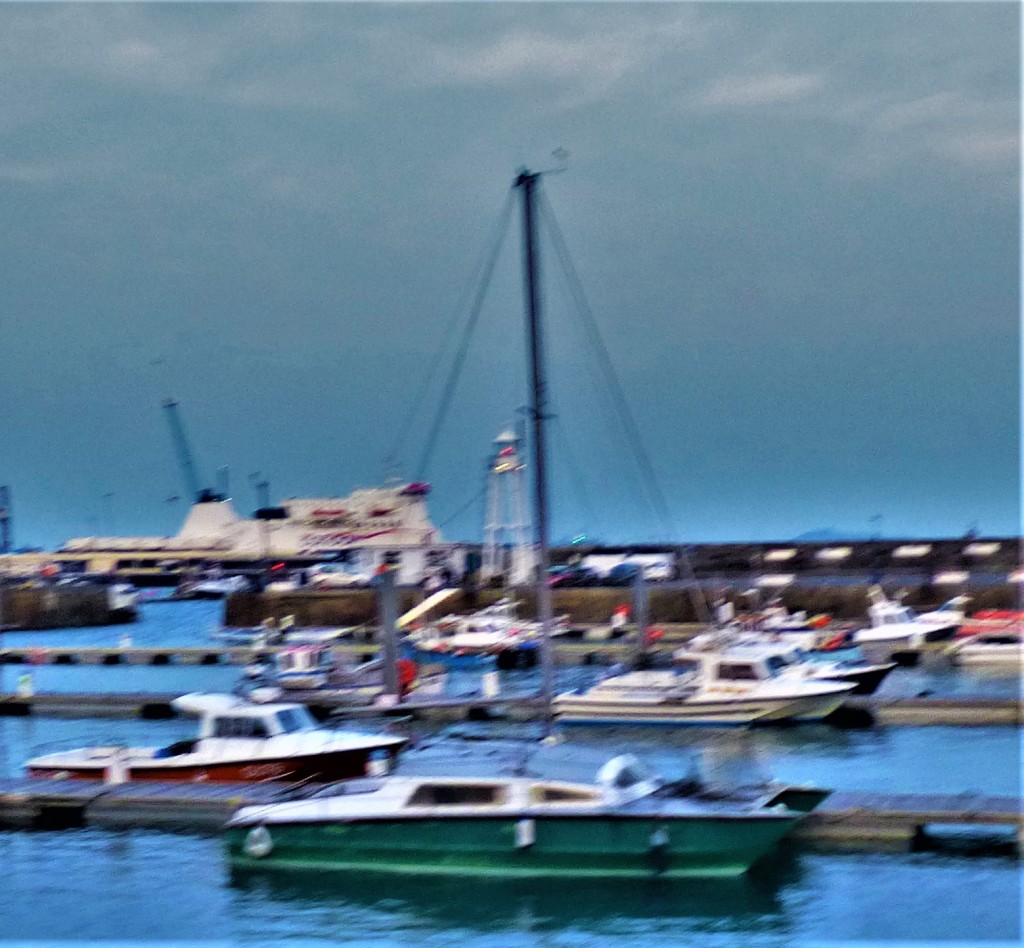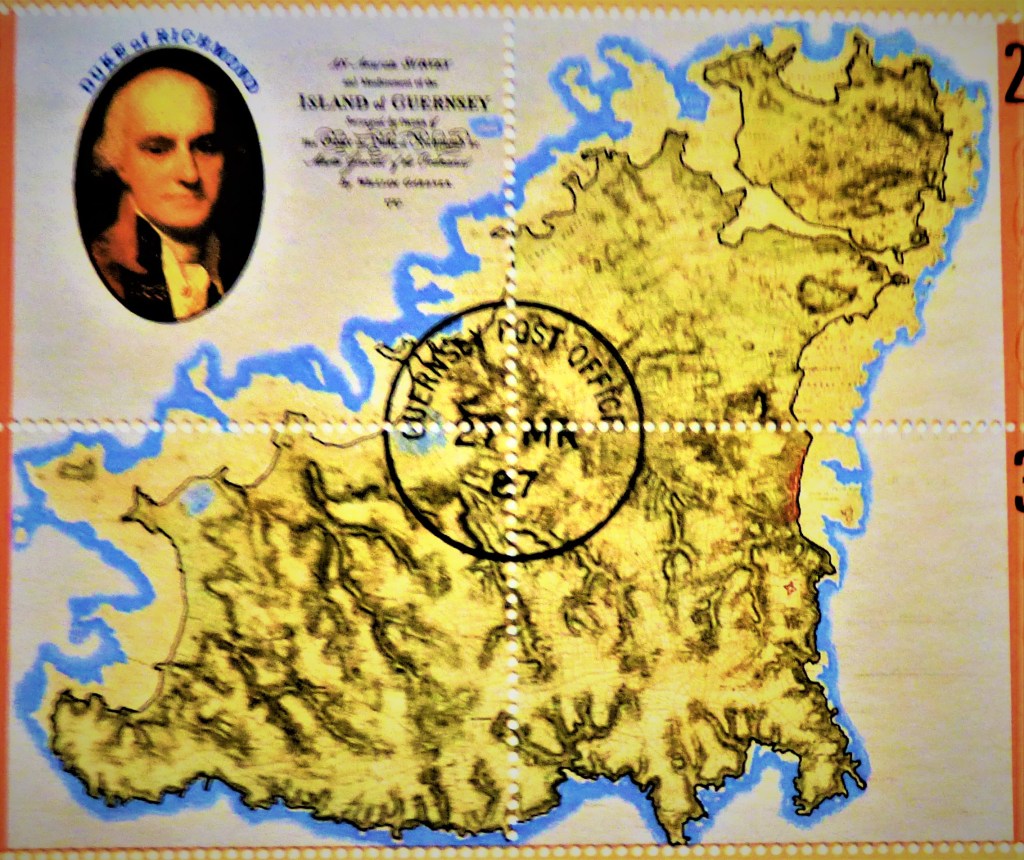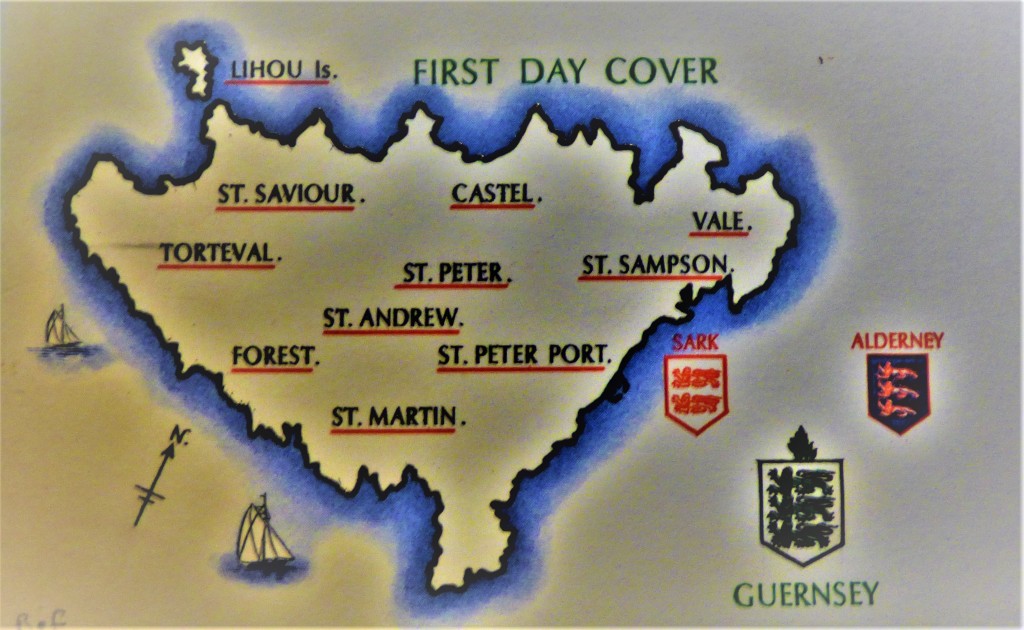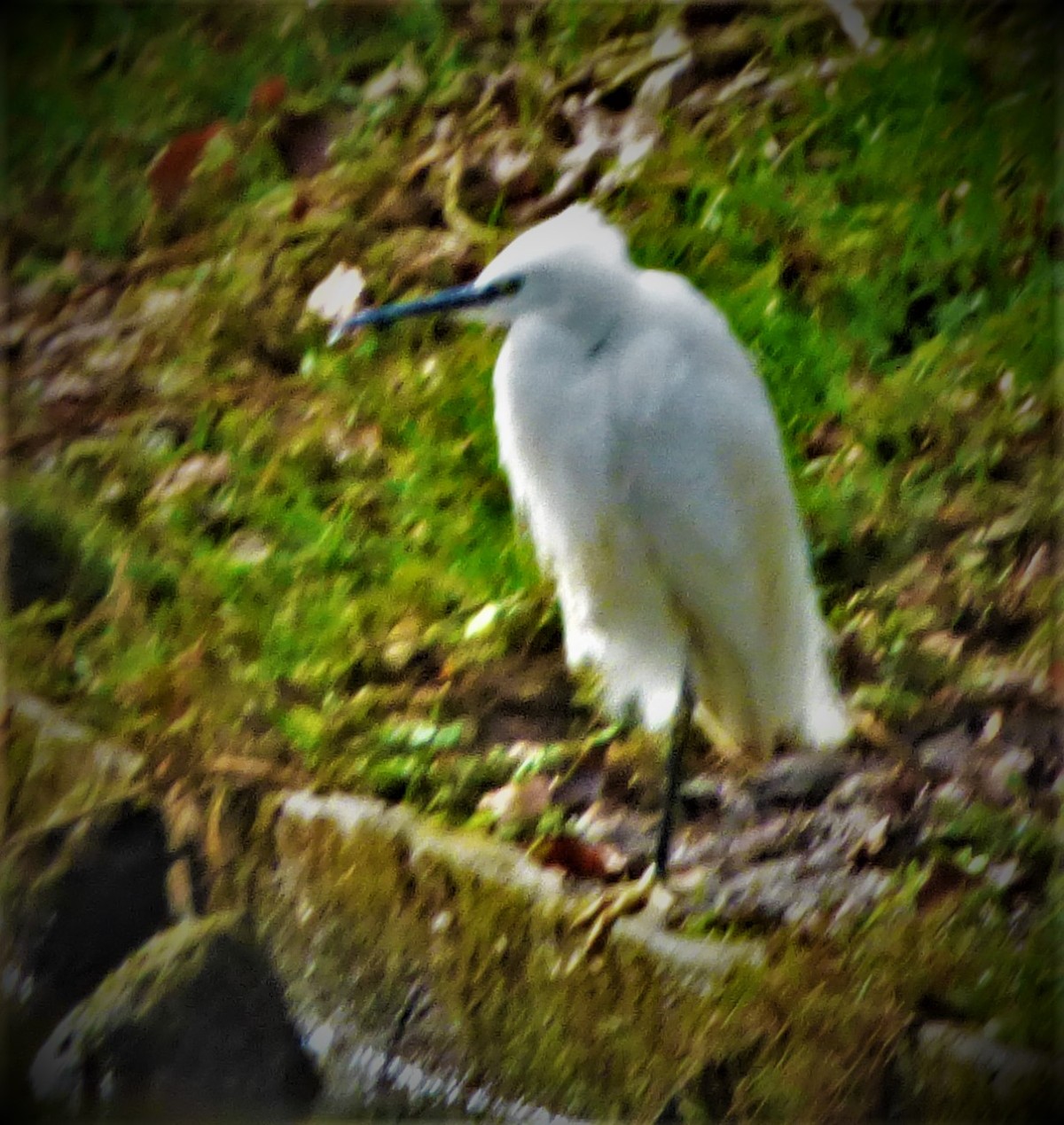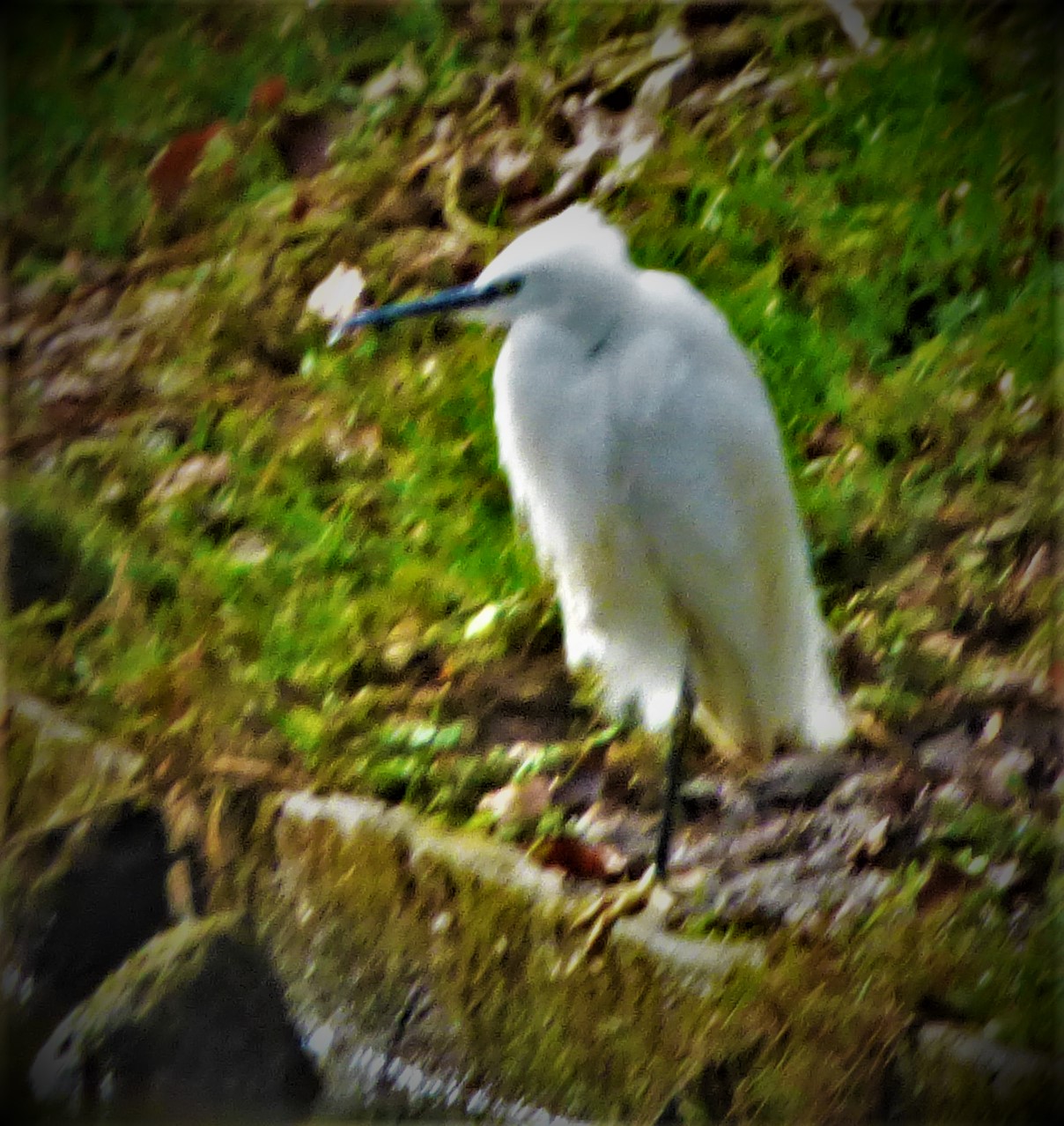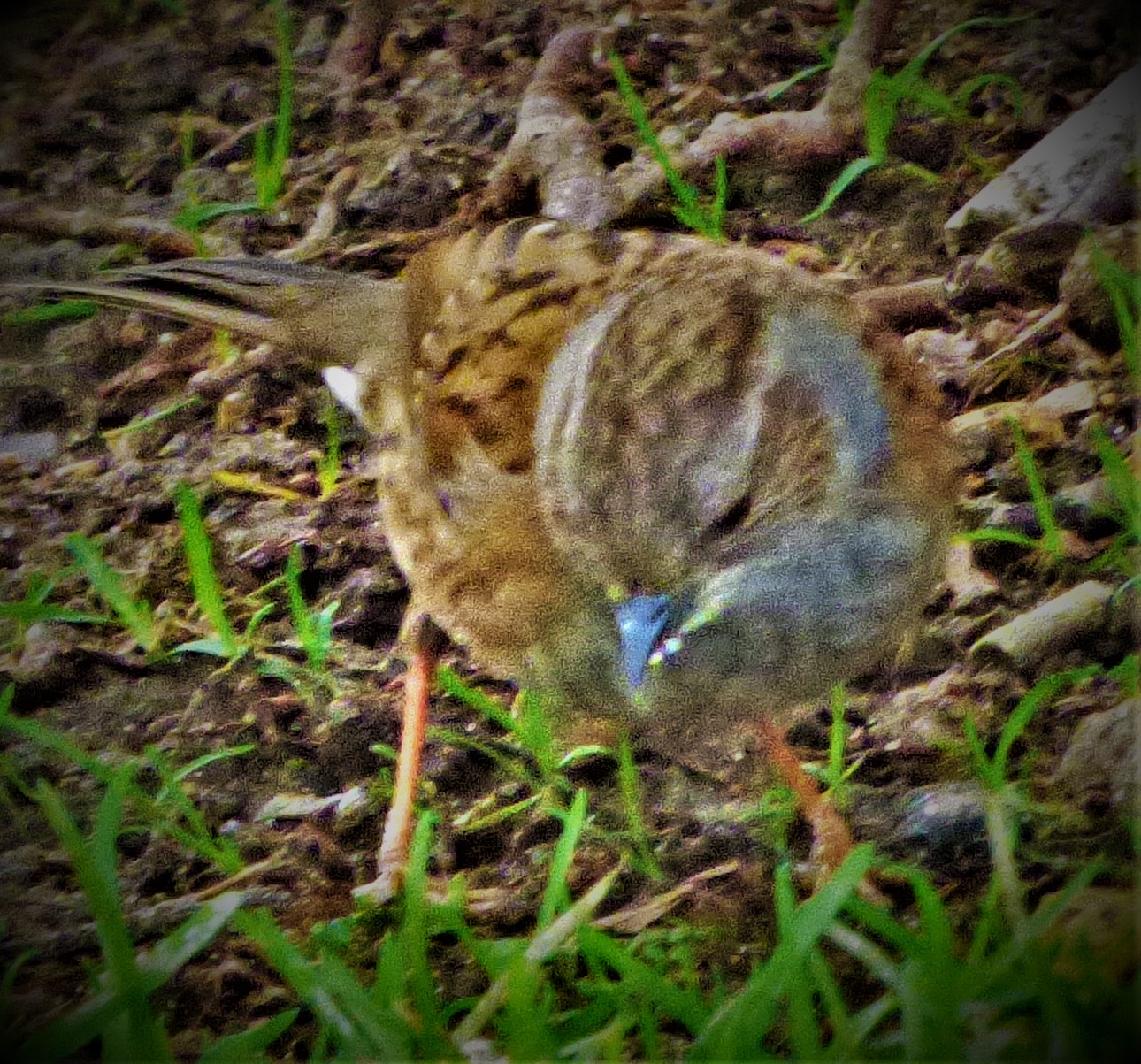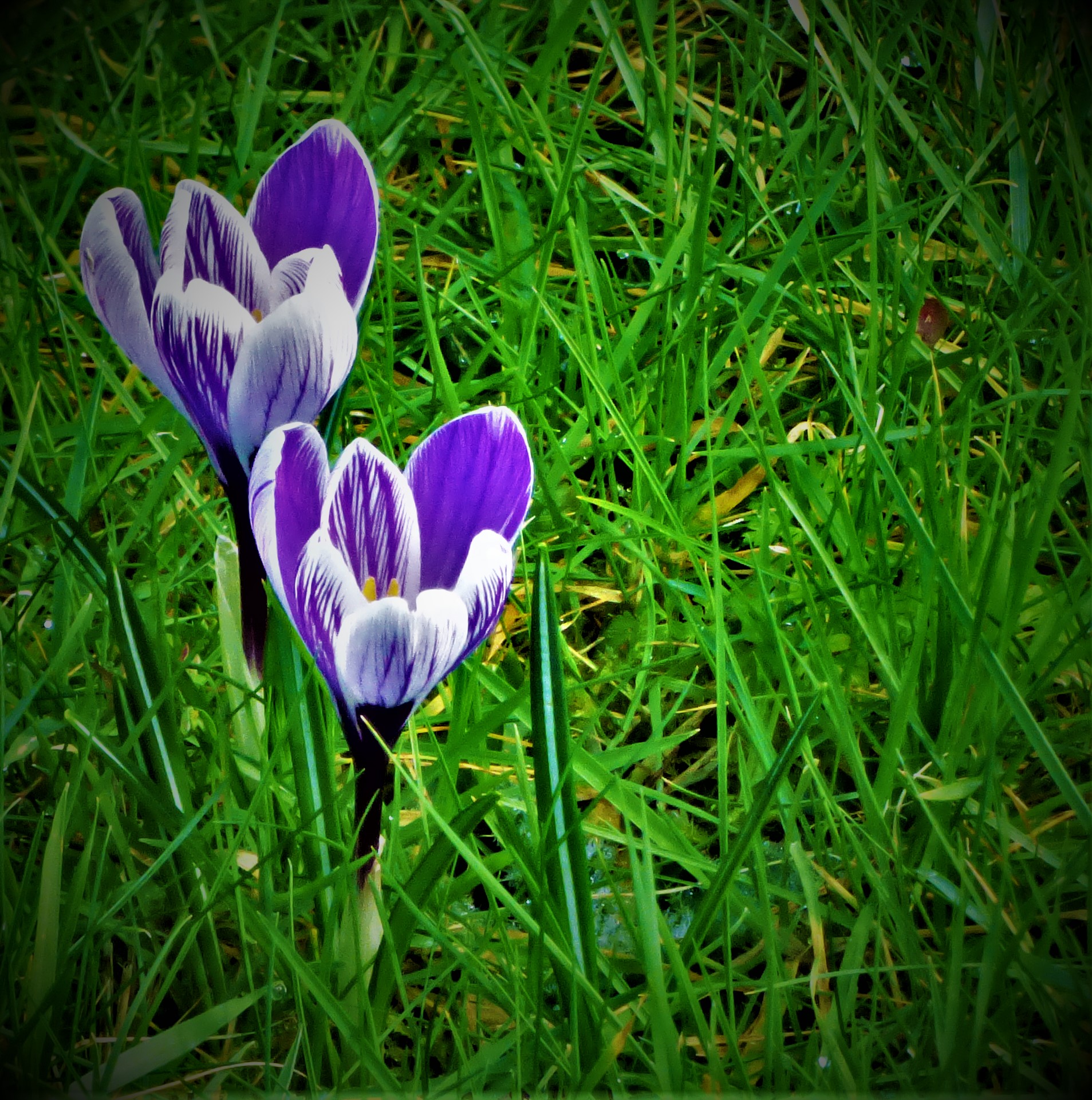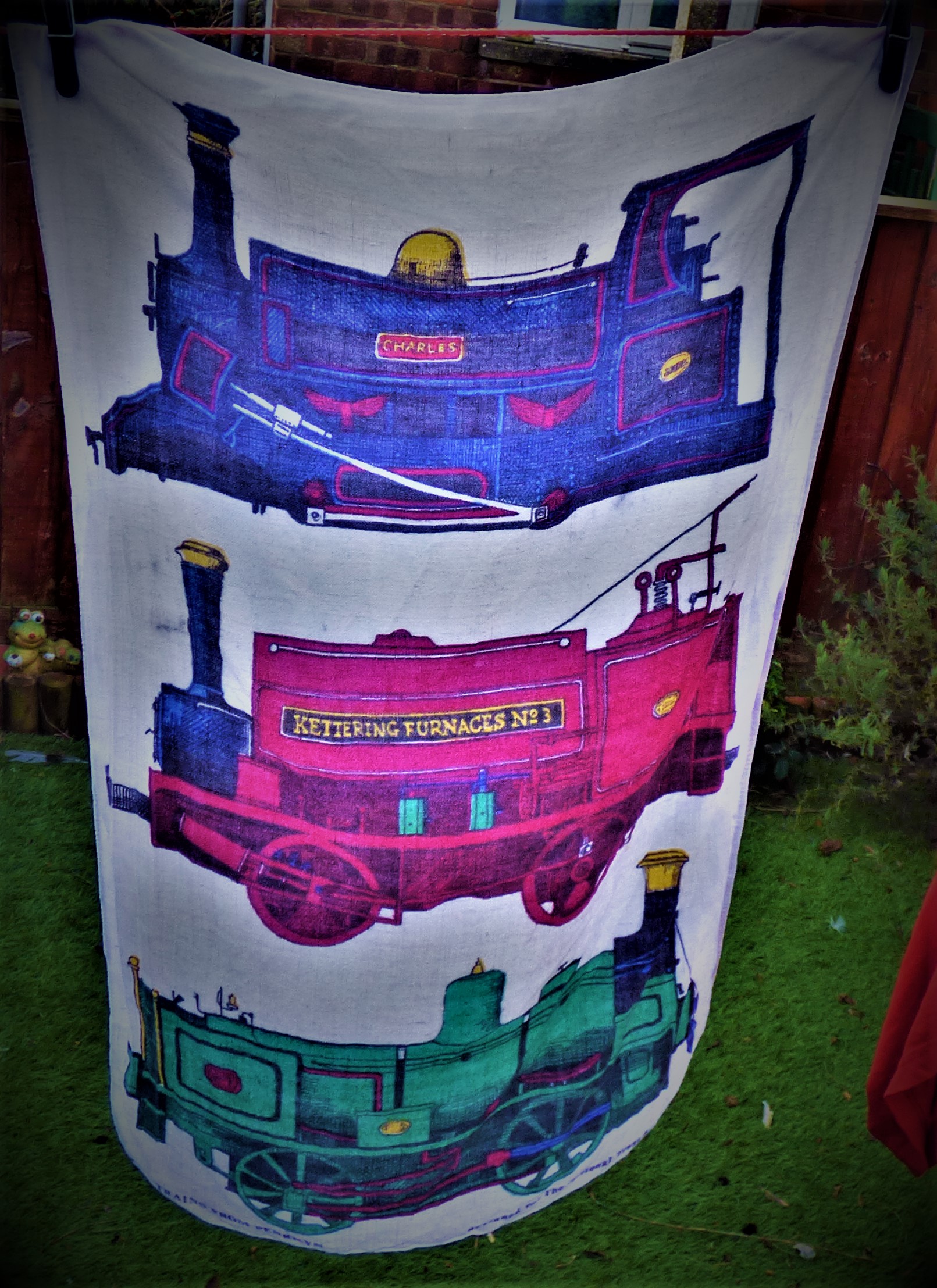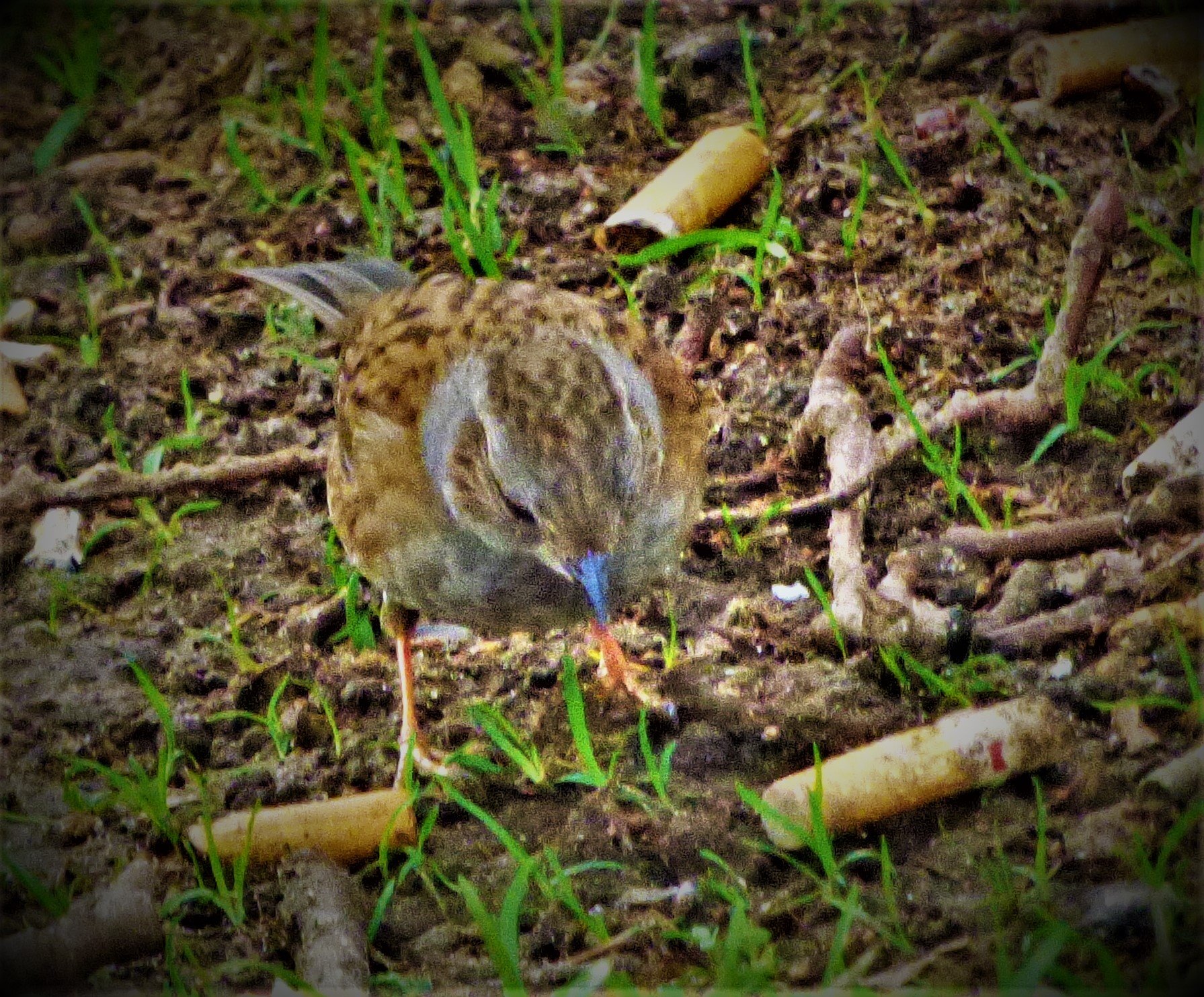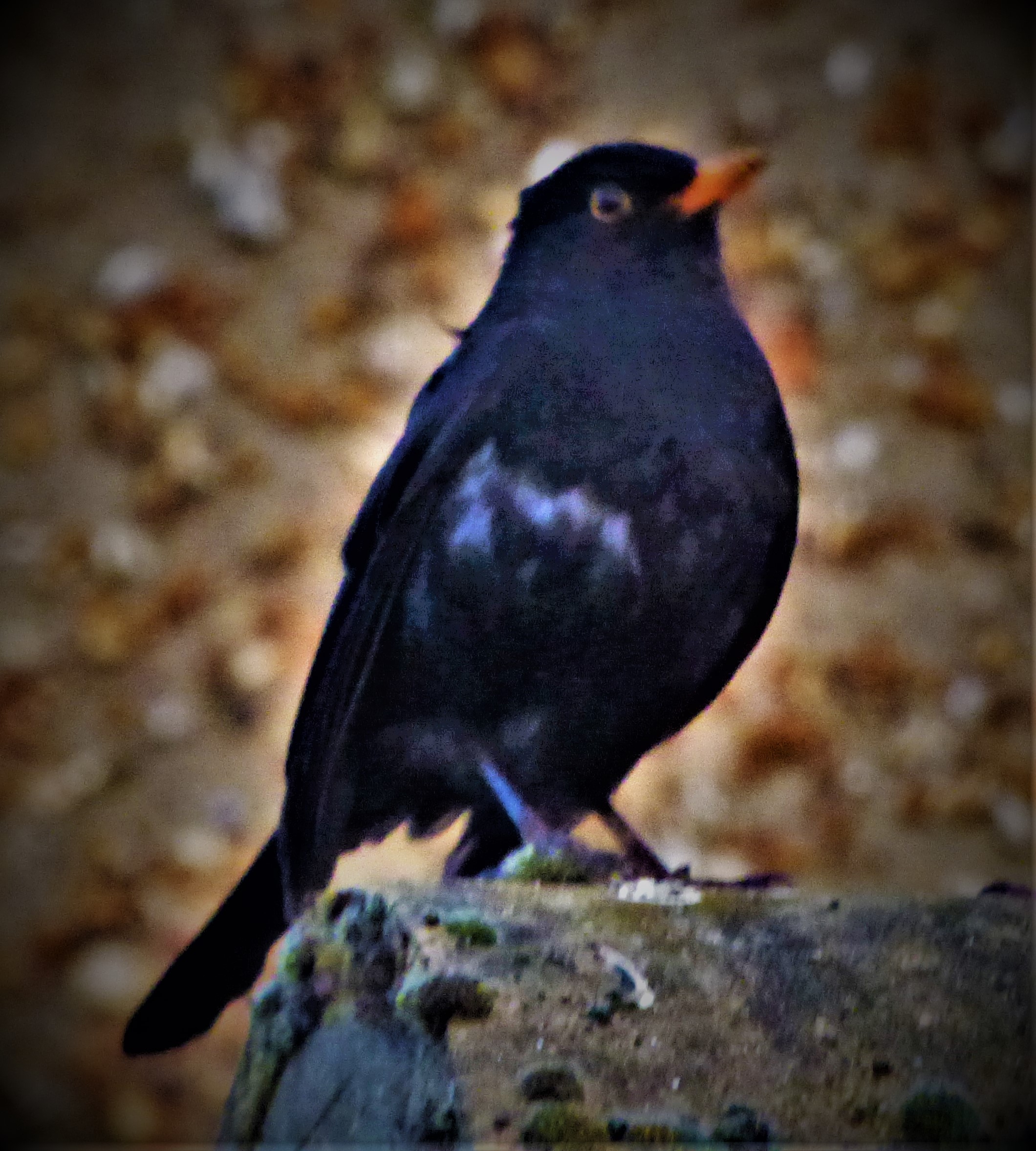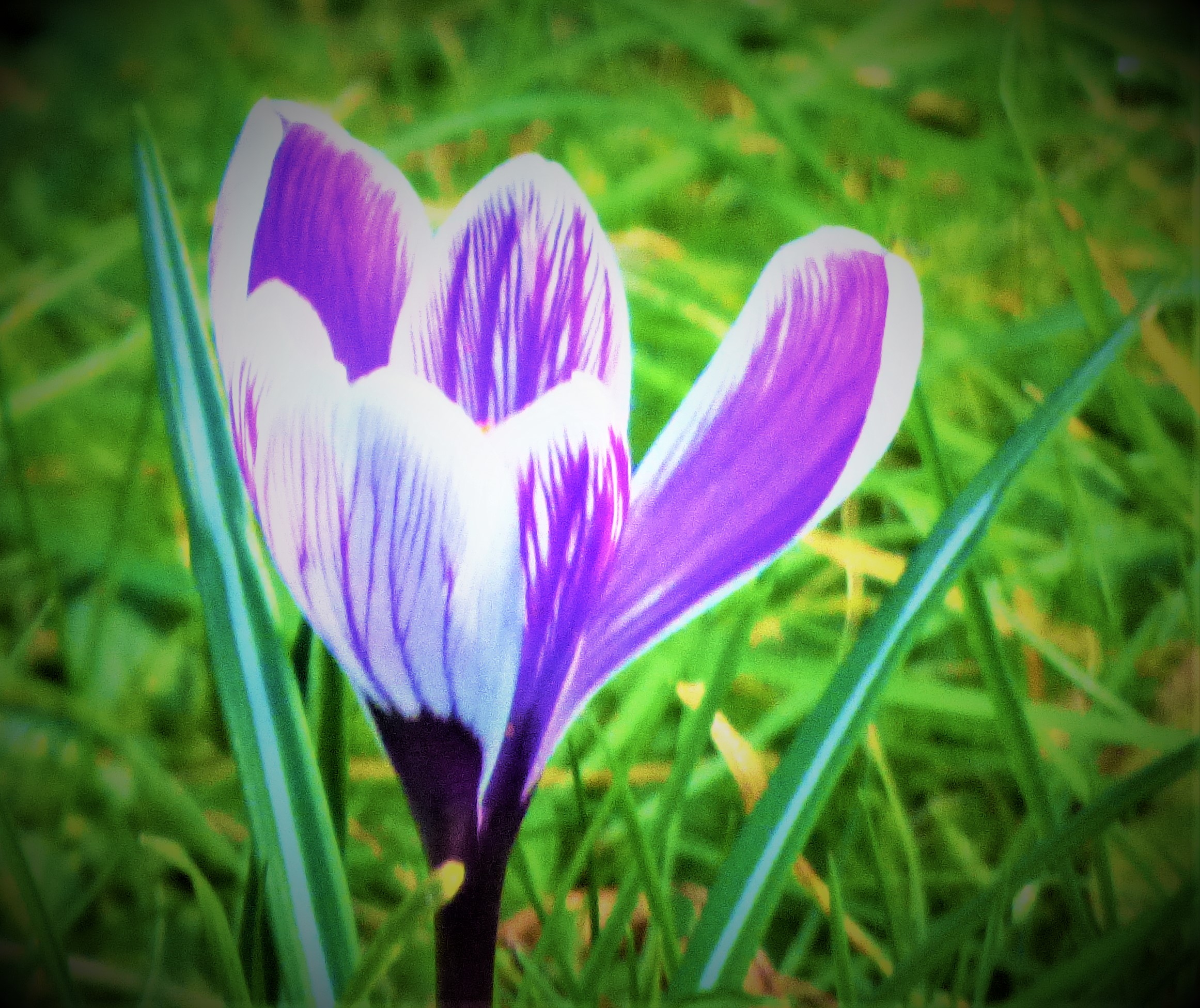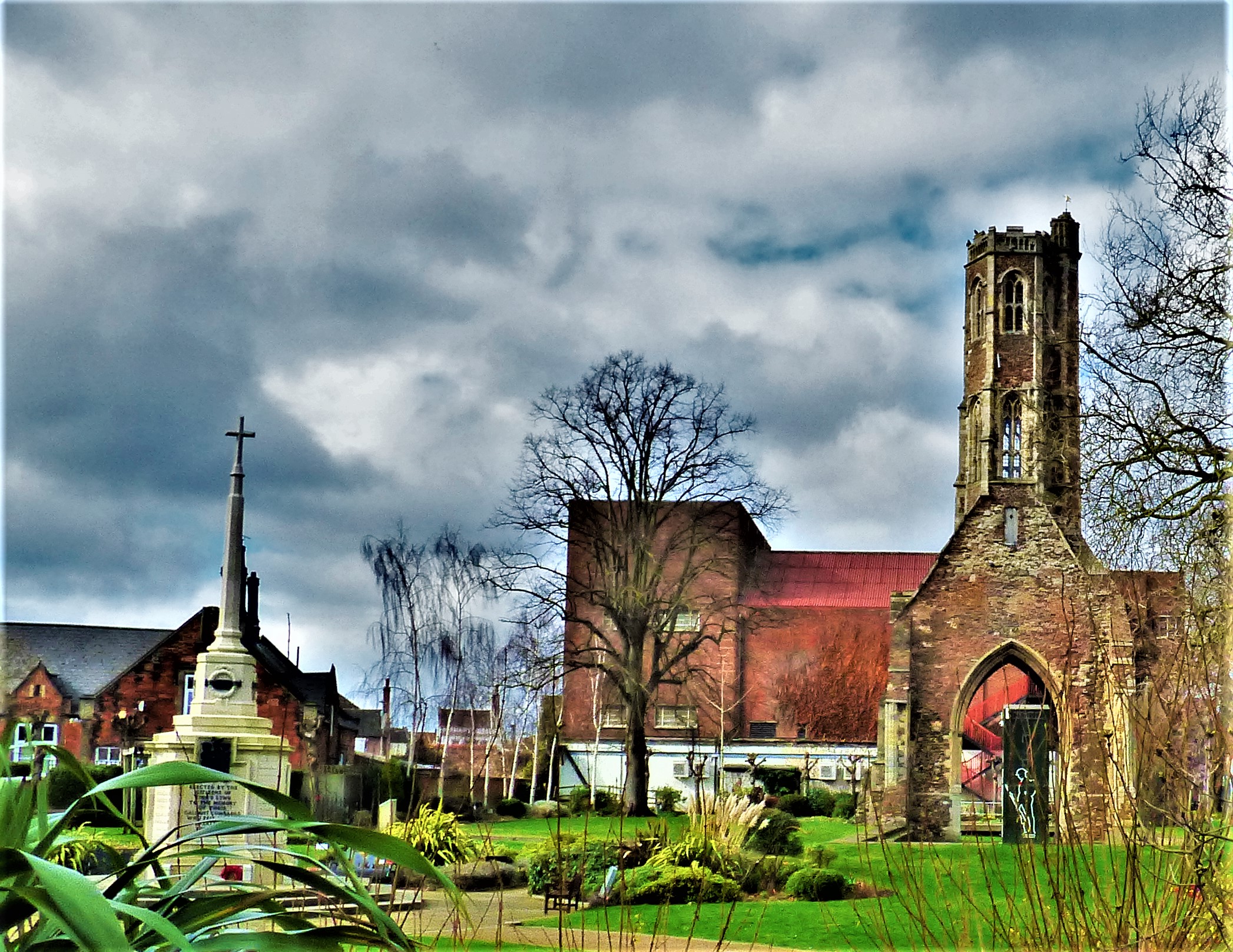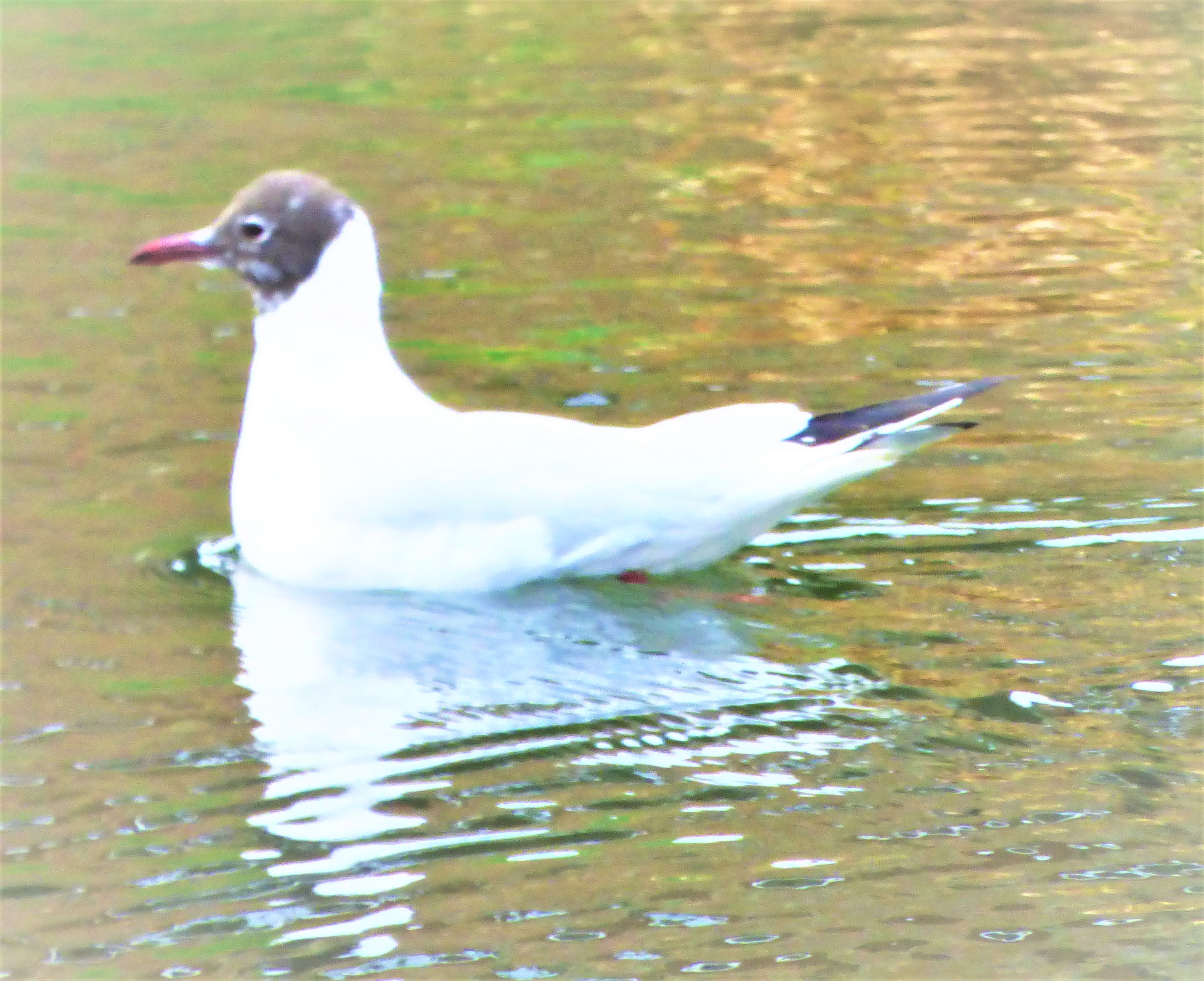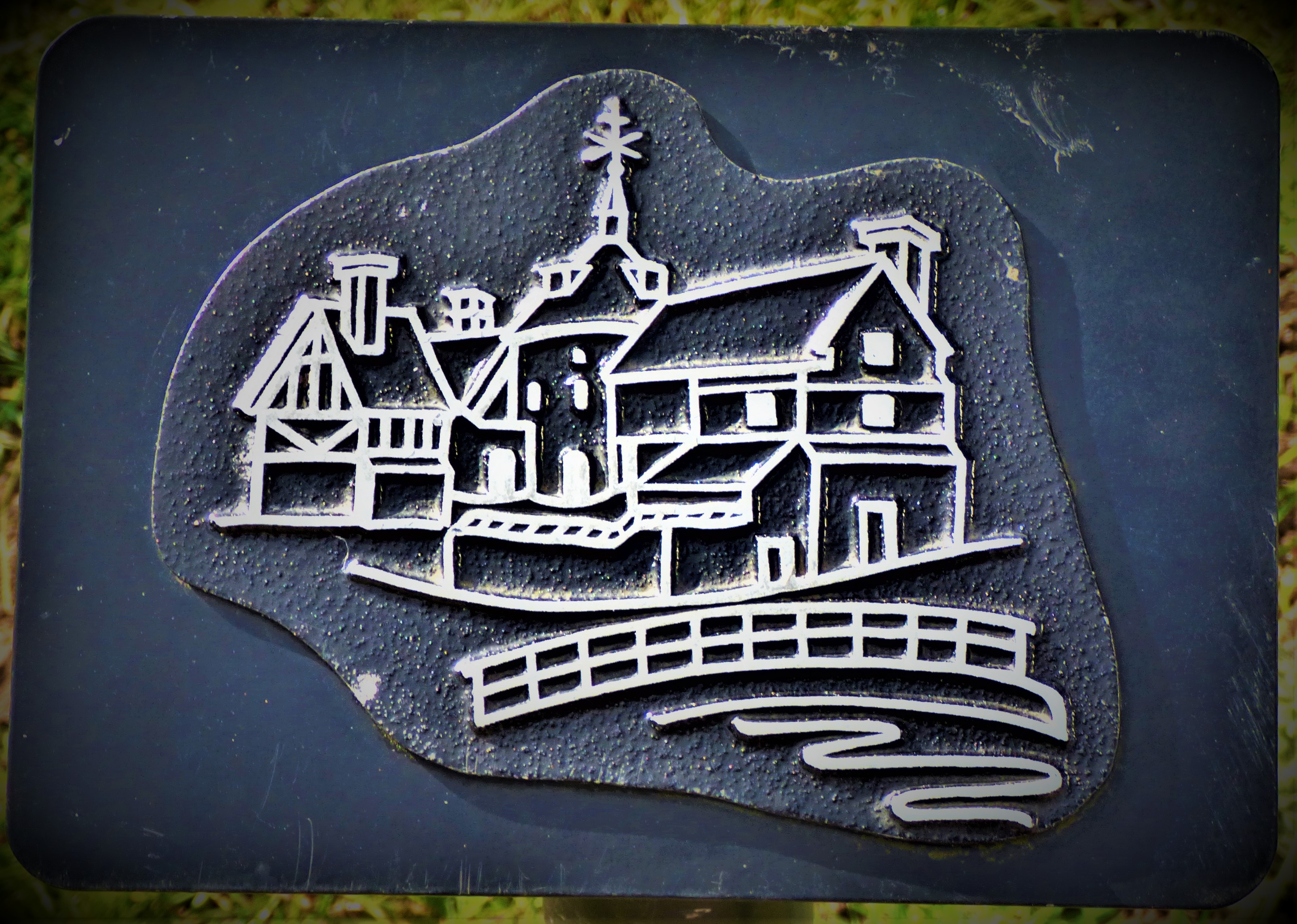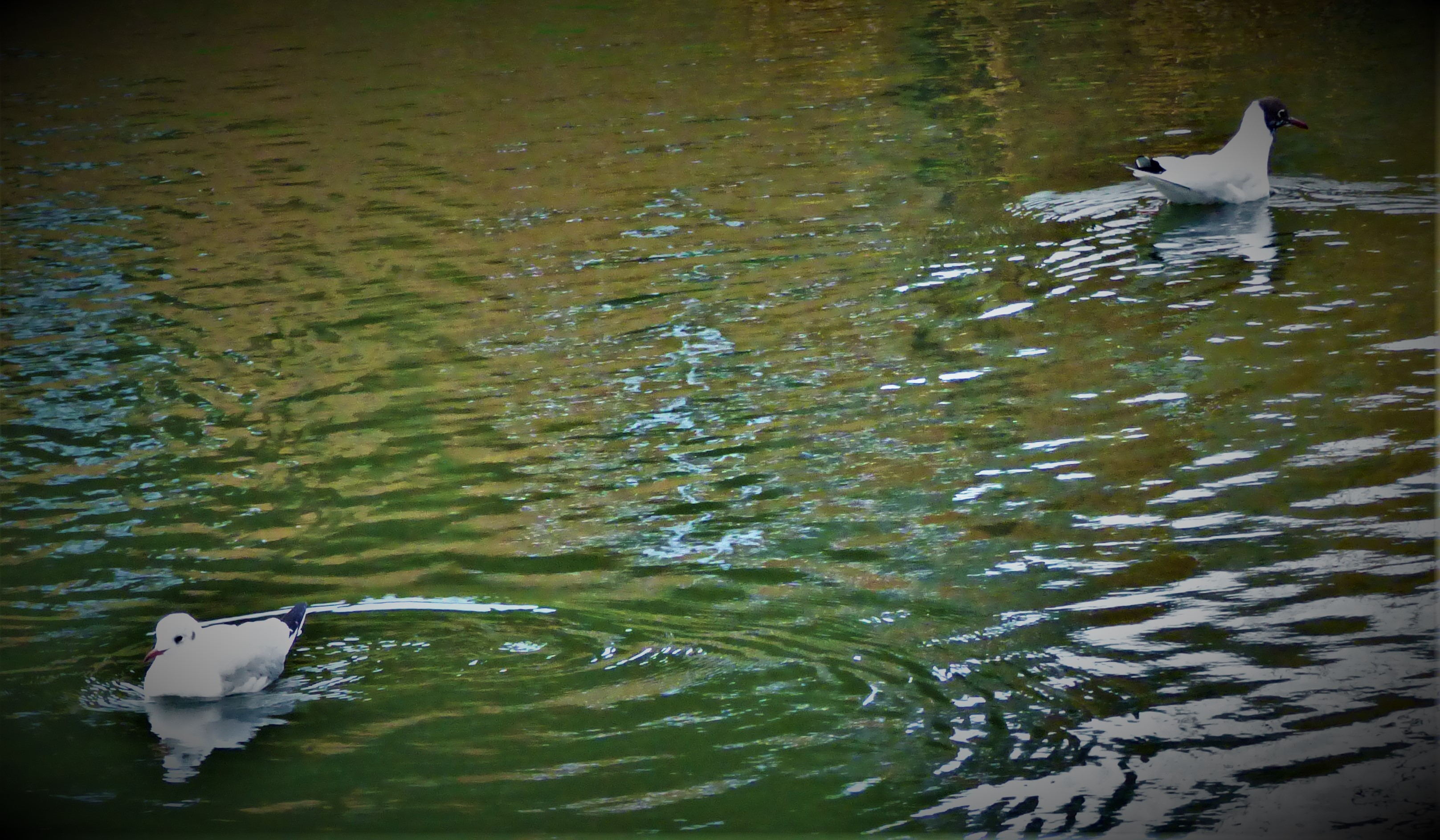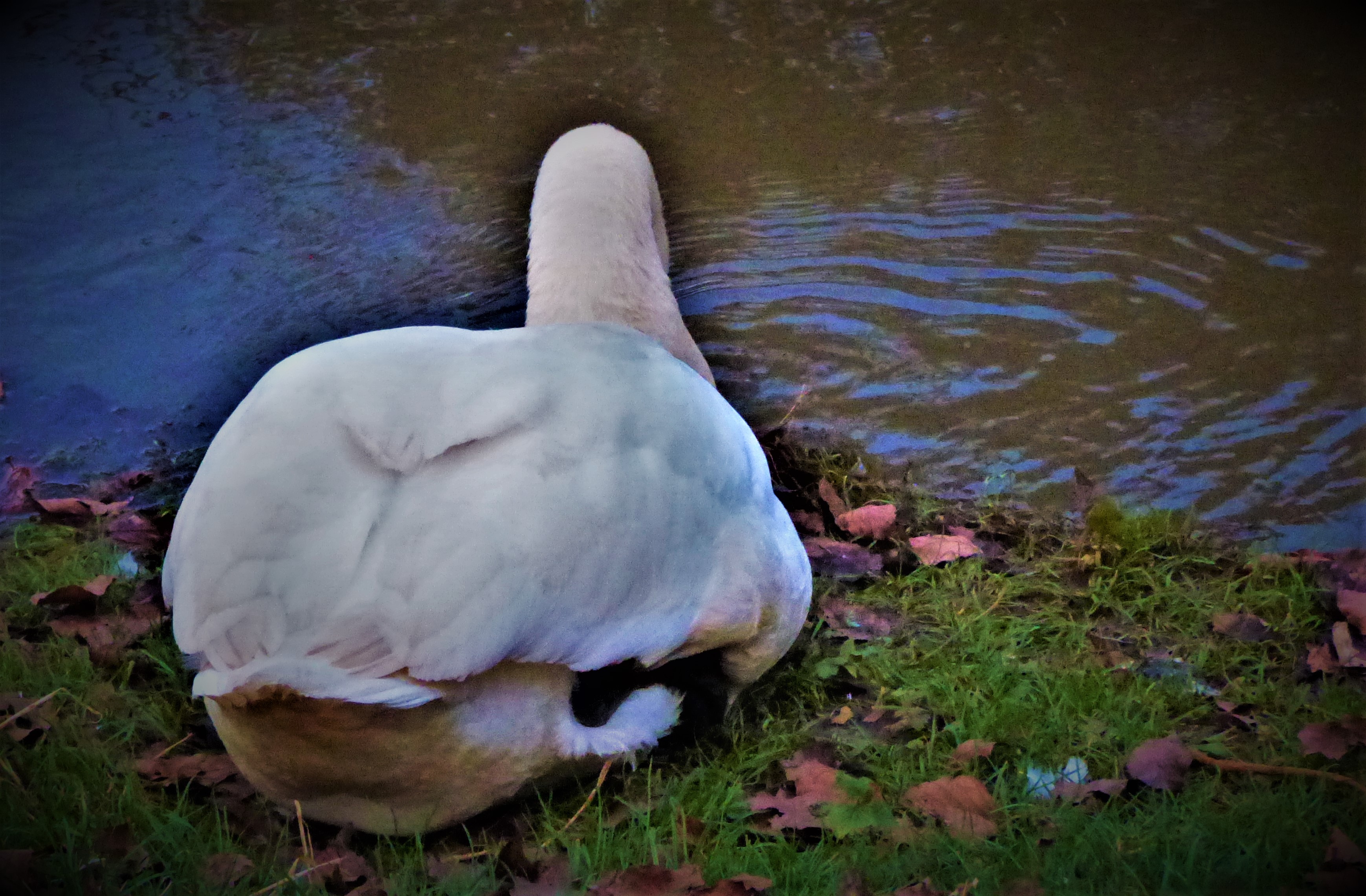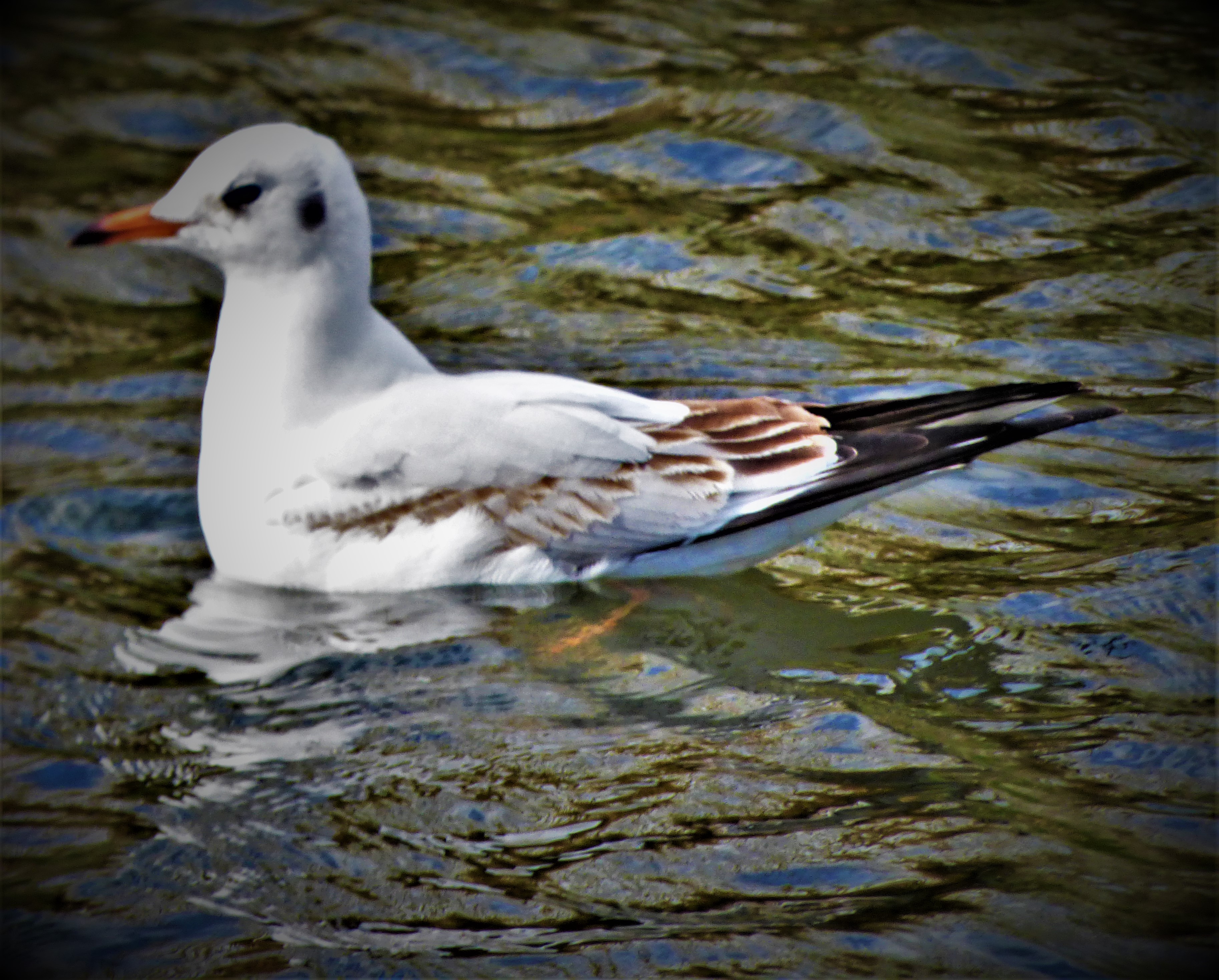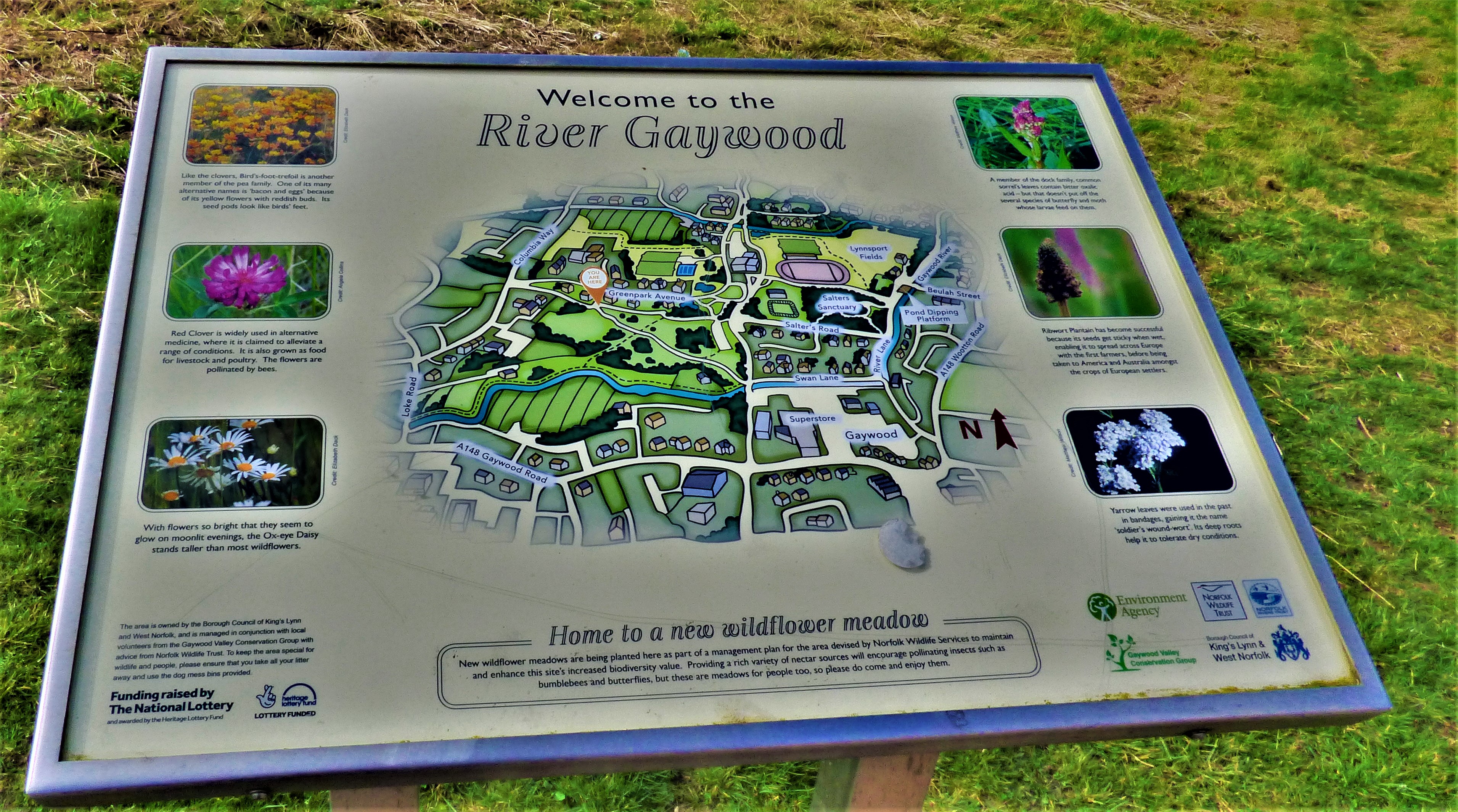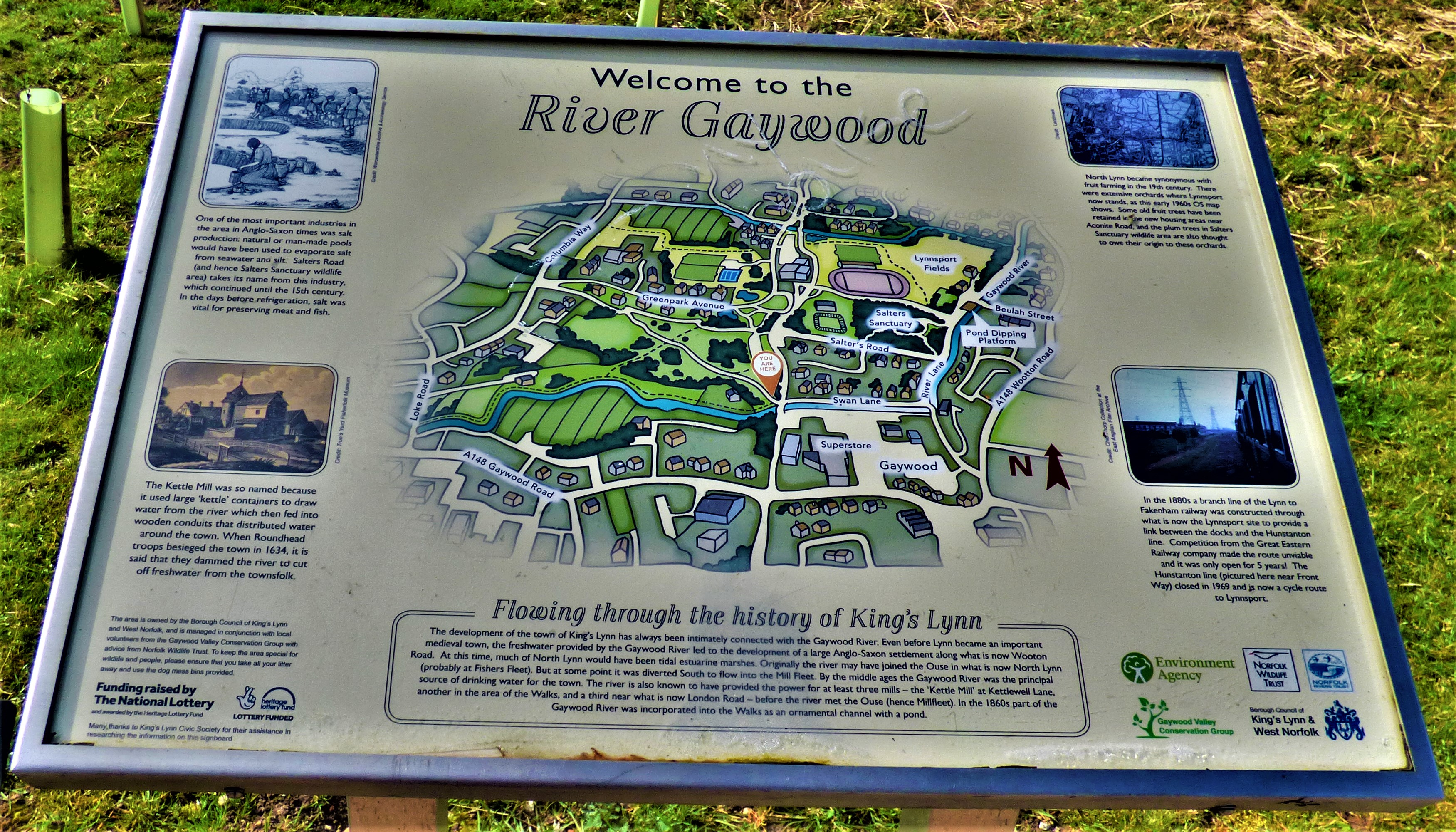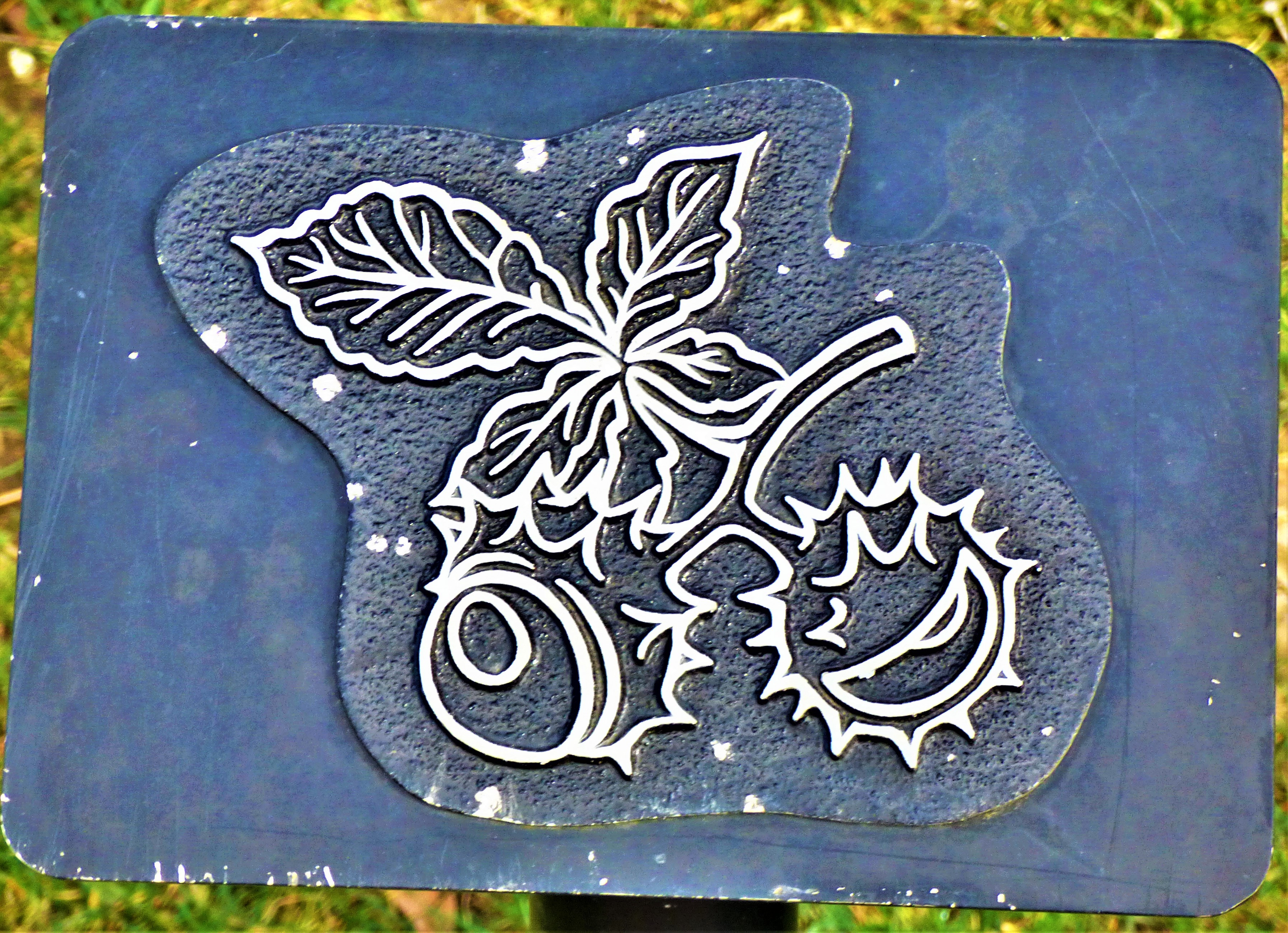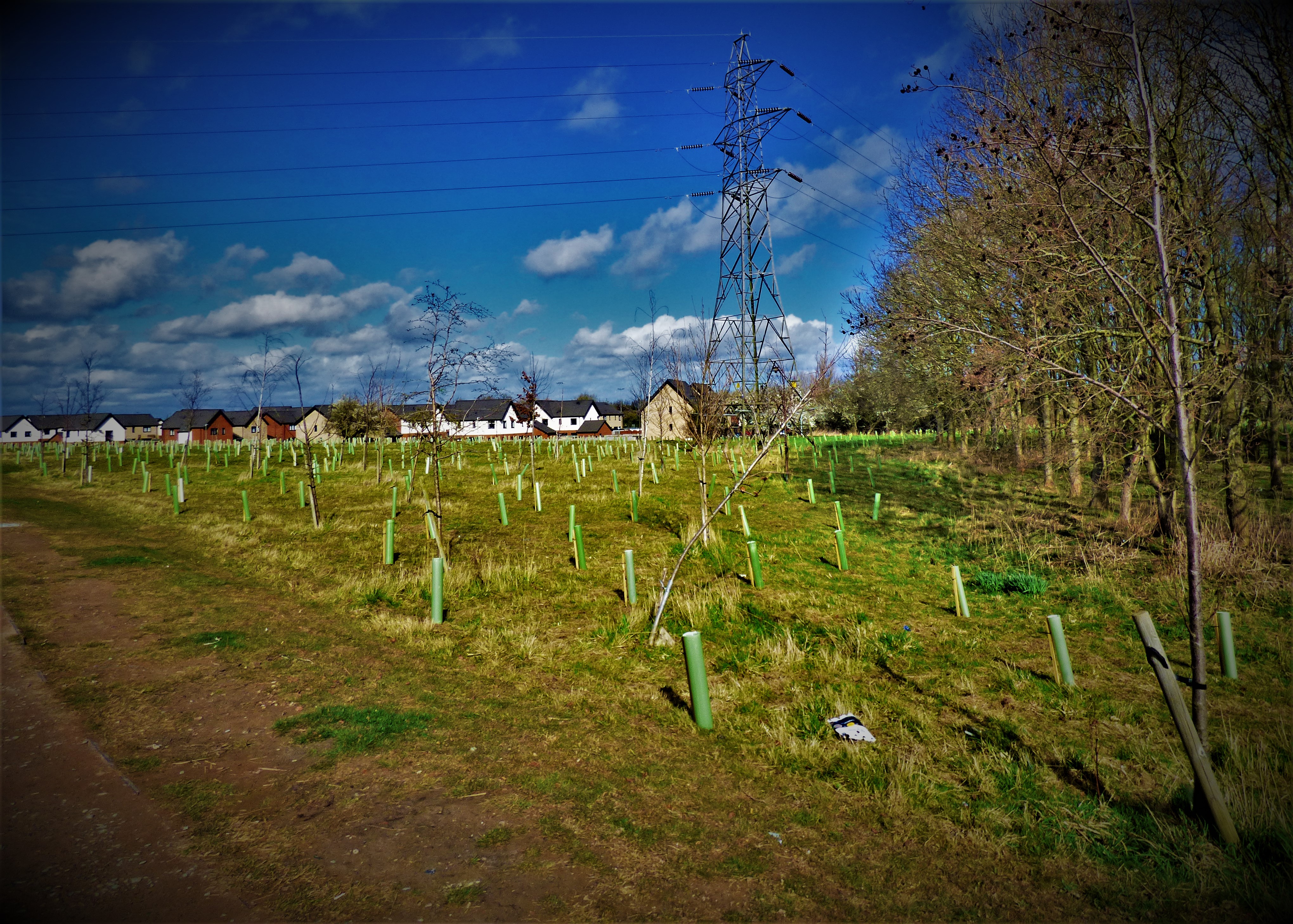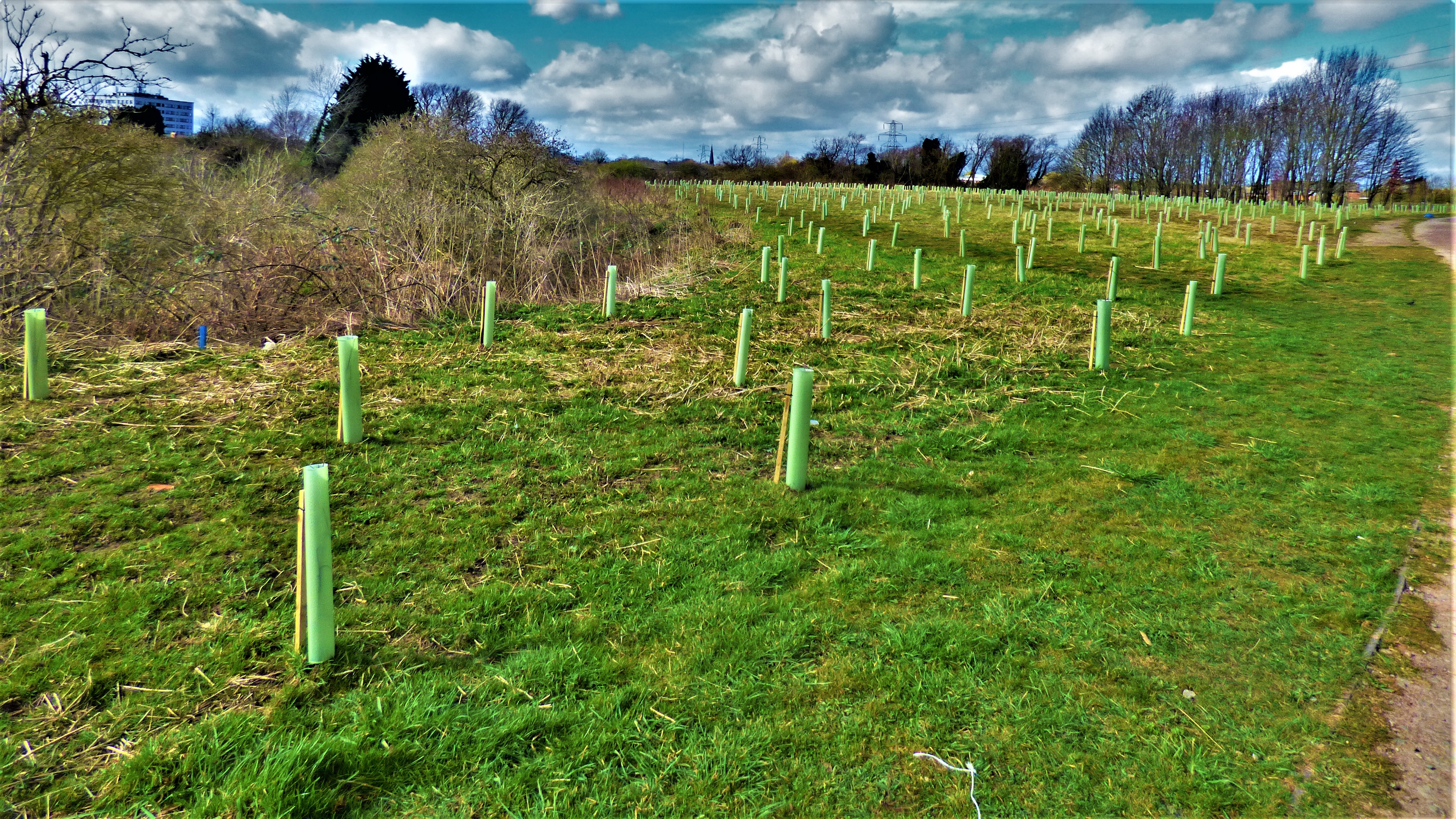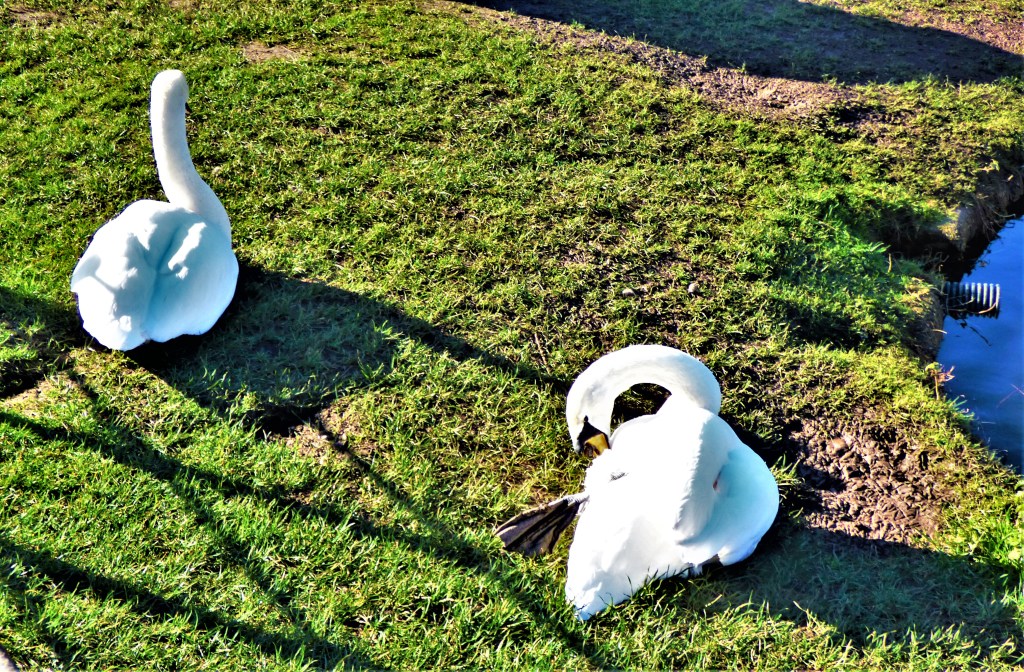Having reached Alderney in my account of my recent holiday it is now time for a special post in honour of John Arlott, the legendary cricket commentator, who lived his last years on the island. We will travel through considerable space and time in the course this journey.
STOP ONE: CAMBRIDGE
Cambridge, which my route from King’s Lynn to Portsmouth passed through, was the birthplace of Jack Hobbs, ‘The Master’. It also provides a specialist spinner for the XI since after his falling out with Yorkshire, which ended his first class career, Johnny Wardle played minor counties cricket for Cambrigeshire.
STOP TWO: VAUXHALL
The train from Waterloo to Portsmouth passes through but does not stop at Vauxhall, which overlooks The Oval, home of Surrey County Cricket Club. It is not my purpose to pick an time Surrey XI here (I did that a while back) so I am not actually using this location to pick any players – I am merely noting it.
STOPS 3,4 AND 5: SURBITON, WOKING, GUILDFORD
As with Vauxhall the train passes through Surbiton. Surbiton is not in itself of major relevance, but a line branches off here to Thames Ditton and Hampton Court, and at one time of his life the legendary fast bowler Tom Richardson had a home in Thames Ditton.
Woking, the first stop on the London-Portsmouth route, was home for many years to the Bedser twins, Alec (right arm fast medium, useful lower order batter) and Eric (right handed batter, off spinner).
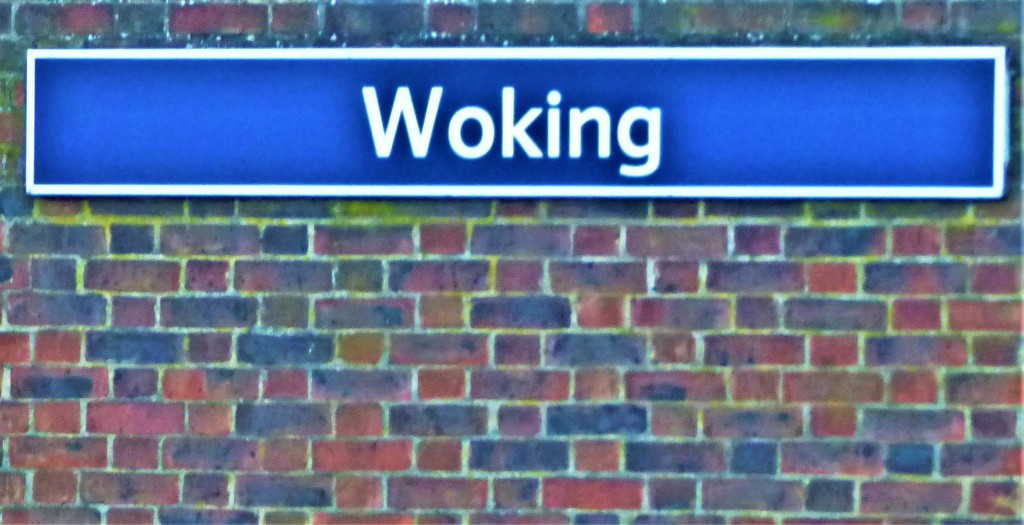
Guildford, also a scheduled stop on the route, is home to the earliest verifiable reference to the great game of cricket. Testimony regarding the usage of a piece of land, made in 1598 and referring to the childhood of the man testifying, tells us that some form of cricket was being played in Guildford by the 1550s. Surrey still play the odd match at Guildford and one of the more recent of those games featured Kevin Pietersen scoring a double century in the course of which he hit a number of balls into the river Wey which flows past the ground.

STOPS 6-7: GODALMING AND PETERSFIELD
Godalming is home to Charterhouse School, where George Geary (Leics and England) was cricket coach for a time and one of his charges was Peter May. More recently Martin Bicknell (Surrey and England) has been director of cricket there.

Petersfield has a connection that dates to much earlier in cricket’s history: John Small, one of Hambledon’s finest batters in that clubs glory days of the late 18th century, lived there. According to John Nyren in “Cricketers of My Time” Small was a keen skater and enjoyed skating on the surface of Petersfield Pond when that body of water froze over in the winter.

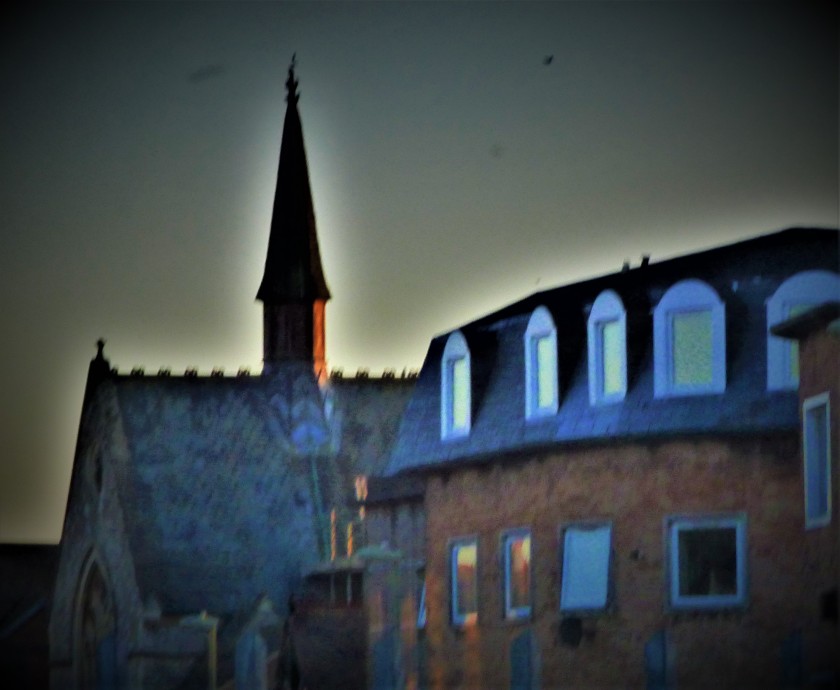
STOP 8: PORTSMOUTH
Portsmouth was one of Hampshire’s out grounds when such were regularly used. In 1899 Major Robert Poore smashed Somerset for twin tons there, and then confirmed his liking for west country bowling by scoring a career best 304 in the return match at Taunton (when another army officer, Captain Teddy Wynyard, scored 225, in a sixth wicket stand of 411).
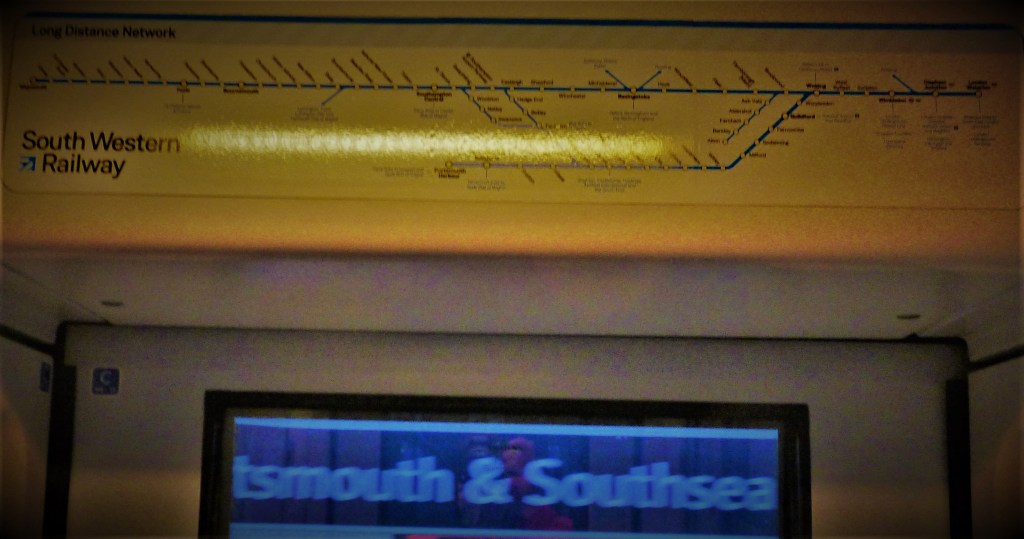

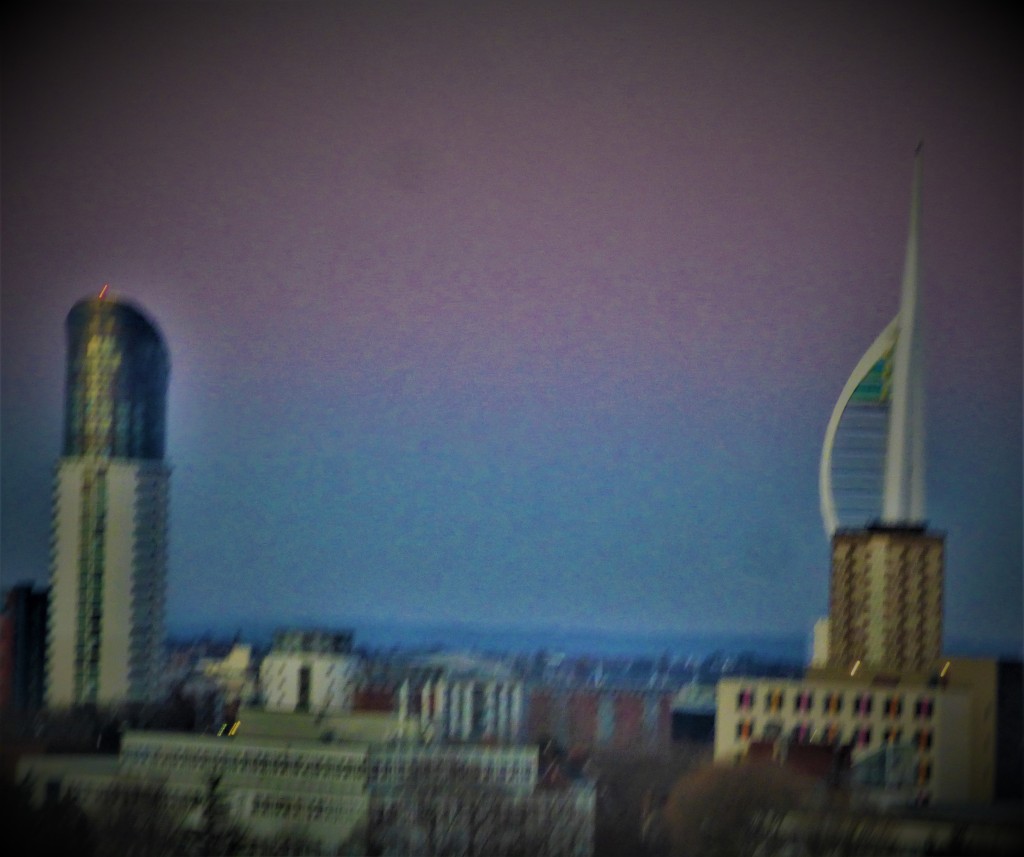
STOP 9: GUERNSEY
Guernsey has not to my knowledge produced any significant cricketers, though it has produced a couple of well known sportspeople: tennis player Heather Watson, at one time British number one, and footballer Matt Le Tissier who played for Southampton for many years. However it did indirectly give me a squad member, because it was there that I consumed bottle of ginger beer whose place of origin was significant:
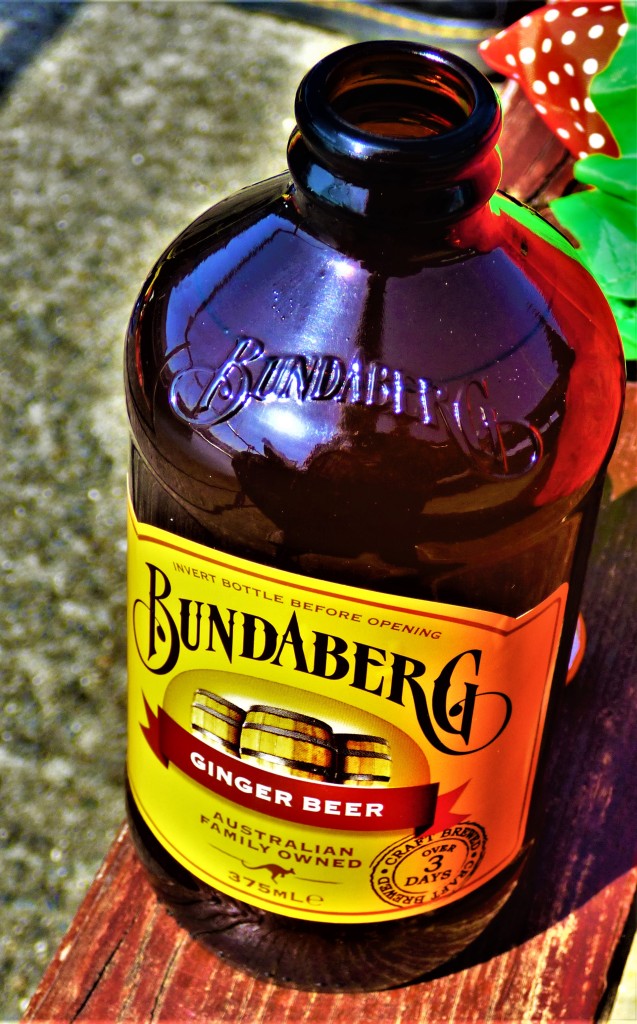
Bundaberg, where this variety of ginger beer comes from, was the birthplace of Don Tallon, Australian keeper batter named by Bradman as keeper in his all time XI and considered by many of his contemporaries to have been the best ever in that role.
THE TERMINUS: BRAYE ROAD, ALDERNEY
Braye Road is one terminus of the Alderney Railway, once a genuine commercial railway transporting stone from a quarry, now a heritage railway using carriages of 1938 tube stock (I was not able to travel it being there too early in the year for it to be open). It also gave me, by way of a piece of lateral thinking, a final player for my cricket journey:

The cricket significance of this picture lies in the name of the road rather than that of the station: it provides a tenuous link to opening batter Tammy Beaumont.
SELECTING OUR XI
In terms of the players I have linked to specific locations we have:
Jack Hobbs, Johnny Wardle (Cambridge), Tom Richardson (Surbiton/ Thames Ditton), Alec and Eric Bedser (Woking), Kevin Pietersen (Guildford), Peter May, George Geary, Martin Bicknell (Godalming), John Small (Petersfield), Major Robert Poore (Portsmouth), Don Tallon (Guernsey, by subterfuge), Tammy Beaumont (Alderney, by cunning use of a street sign). These are 13 players, from whom 11 must be selected. My XI in batting order is:
- Jack Hobbs
- Tammy Beaumont
- John Small
- Peter May
- Kevin Pietersen
- Eric Bedser
- +Don Tallon
- George Geary
- Alec Bedser
- *Johnny Wardle
- Tom Richardson
This XI is well balanced, with good batting depth. The bowling has a genuine speedster in Richardson, two high quality fast medium/ medium fast bowlers in Geary and A Bedser, a great left arm spinner in Wardle and off spin back up from E Bedser, with Hobbs’ medium pace as sixth bowling option. I end this post with a view of Fort Clonque:


